Сообщение American settlers’ lifestyle through the lens of Solomon Butcher появились сначала на Old Pictures.
]]>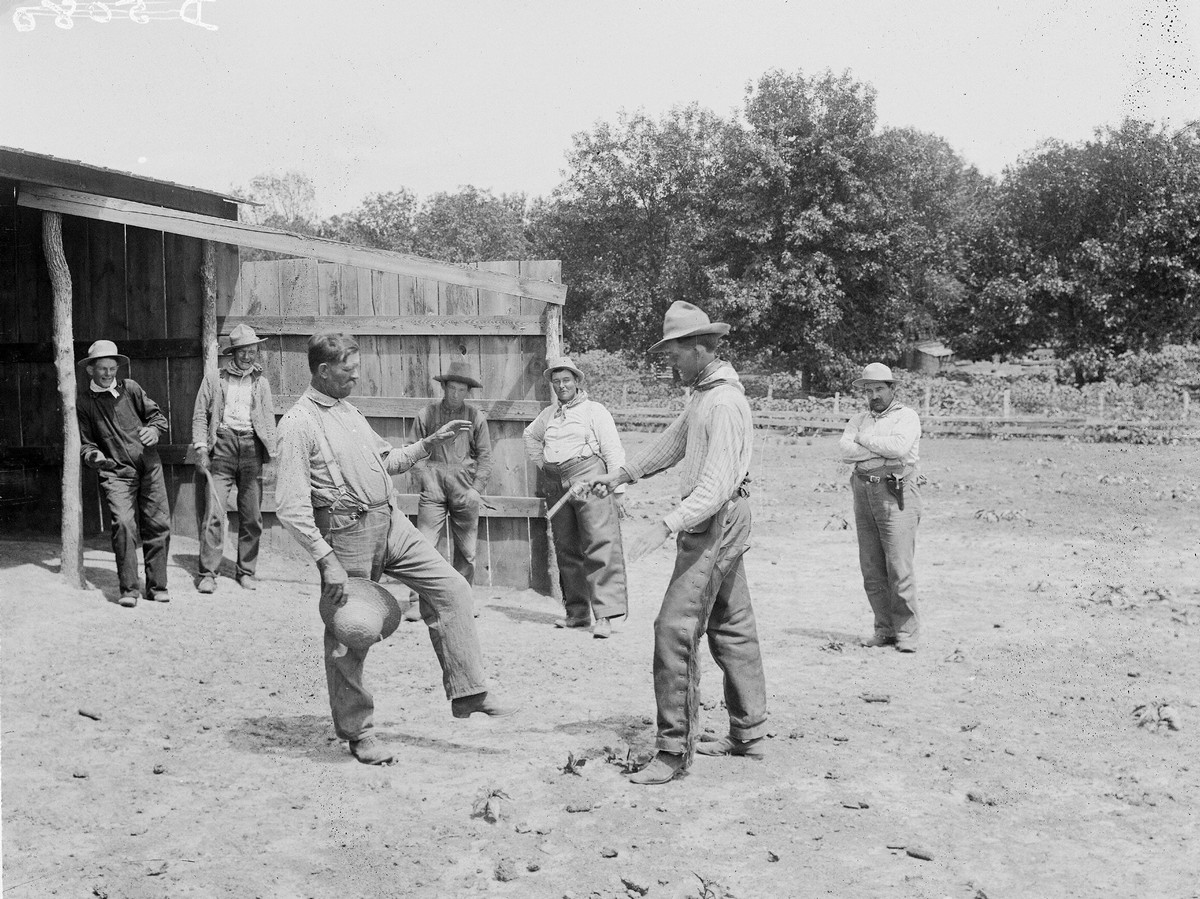
Solomon Butcher photography is an important visual source for understanding the routine of the American settlers’ lives. Solomon Butcher preserved her history in 3,500 glass negatives documenting the Great Plains pioneers’ lives between 1886 and 1912.
Settlers defined a new life on the prairies, huddled in turf huts, erected outbuildings, cultivated wild virgin lands, and upset estates. Solomon Butcher captured the formation of the first farms and constructed a new way of life, never seen before.
From a salesman to the settler
Solomon D. Butcher was born in Virginia in 1856. He graduated from high school in Illinois. Young Solomon became an apprentice of a tintype master, from whom he learned the art and science of photography. After that, he entered military school but studied for only one semester and started a salesman’s Ohio career.
In 1880 Solomon Butcher found that his father had quit his railroad job to build a farm in Custer County, Nebraska. He was pretty tired of sales traveling, by that moment, and agreed to head west with his family. They hit the road in March and covered more than a thousand kilometers with two covered carriages. Young Butcher admitted that he was ill-suited for a pioneer’s life and returned his land to the government two weeks later.
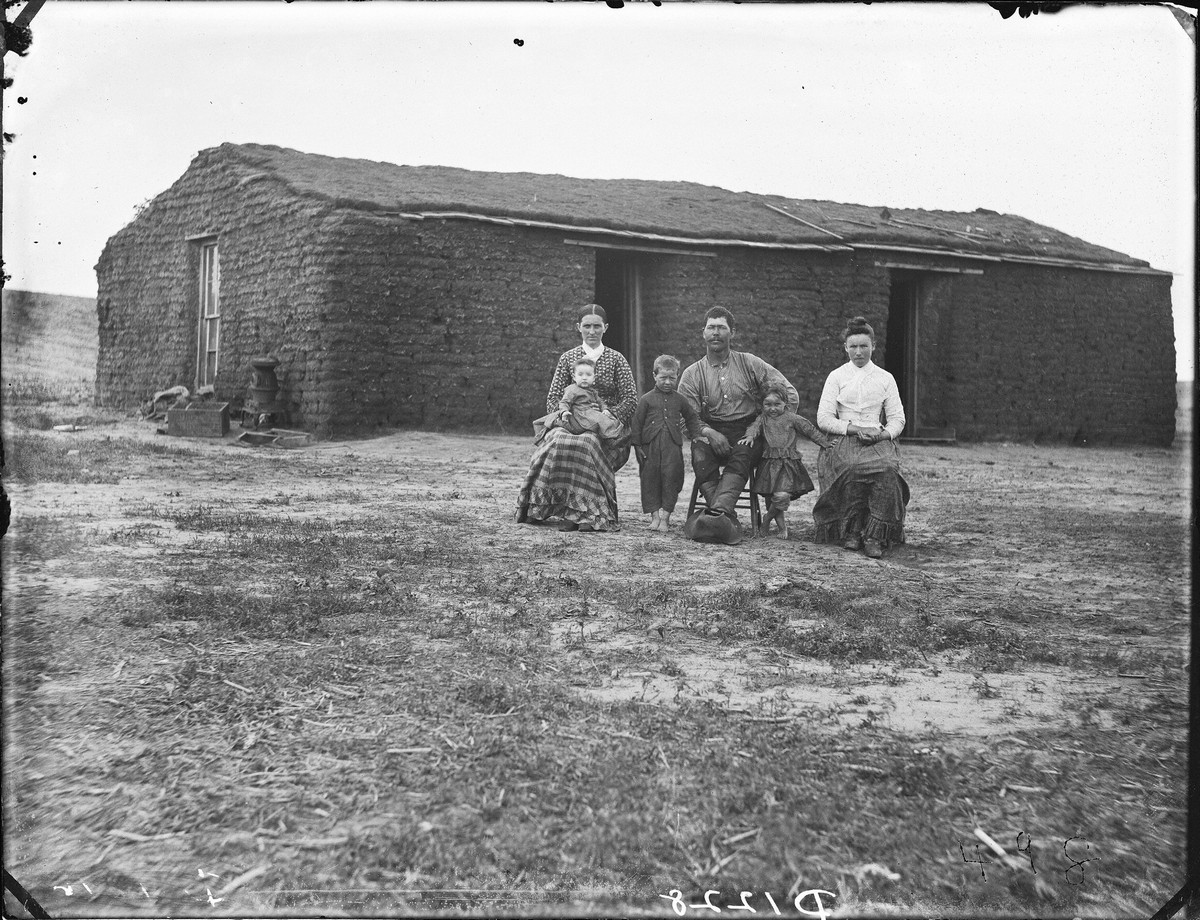
How Solomon Butcher started his photo career
In the early 1880s, Solomon Butcher entered Minnesota Medical College, where he met his future wife, Lilly Barber Hamilton. In October 1882, he and his bride returned to Nebraska. As a schoolteacher, he saved his teacher’s dollars and borrowed money to buy land and acquire photographic equipment. This building became the first photography studio in Caster. The young family lived there until September 1883, when Butcher completed the turf living space next to the studio.
Financial problems forced Solomon Butcher to move his family from city to city. In 1886, he latched onto the idea of creating a photographic history of Custer County. The photographer’s father agreed to lend him a van, and Butcher embarked on an odyssey of nation-level value. The journey was difficult. He spent hours driving off-road from house to house. He often used printouts to pay for food, lodging, and stables for his horses.
The financial problems of Solomon Butcher remind us of Carleton Watkins, another outstanding photographer of that period who didn’t manage to extract the money value out of his photography.
Read more: Vintage Las Vegas: amazing historical pictures of the Sin City
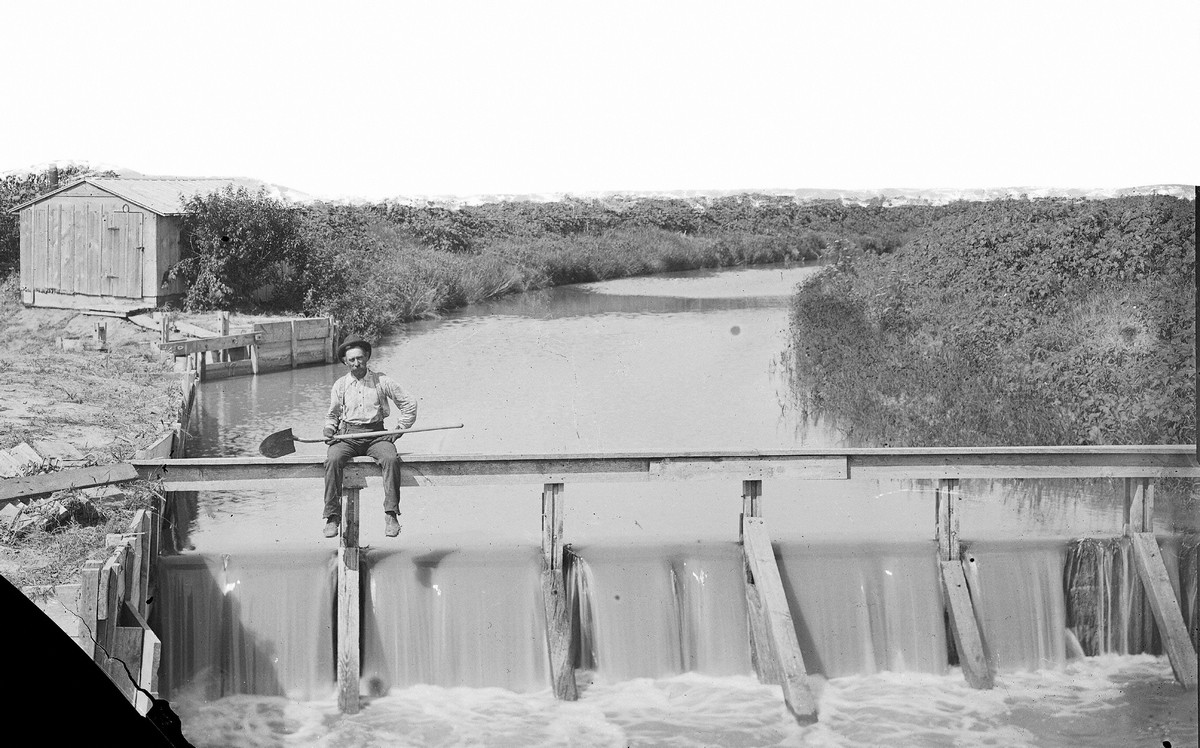
Irrigation canal east of Cozad, Nebraska, 1904.
The Middle West history in pictures of Butcher
Butcher continued to photograph from 1886 to 1911. The success of his 1901 Pioneer Stories of Custer County, Nebraska, was the author’s greatest lifetime achievement. In 1904, he published Sod Houses, or The Rise of the American Great Plains: A Painterly Story of the People and Means that Conquered This Wonderful Country. His photo collection grew, but it was not possible to raise funds for other publications. Again Solomon Butcher moved from town to town, and it became increasingly difficult to transport his huge collection of glass plates.
Solomon Butcher was an astute photographer, but he died without realizing the significance of his photographs. He documented the Great Plains’ settlement in the harsh environments of Nebraska’s Sandy Hills, candidly portraying everyday life on the prairie. A collection of over 3,000 of his digitized works is kept in the Library of Congress collections. Some of the images are available in high resolution and accompanied by descriptions by the photographer.
Read more: New York in 1905 in 19 photos
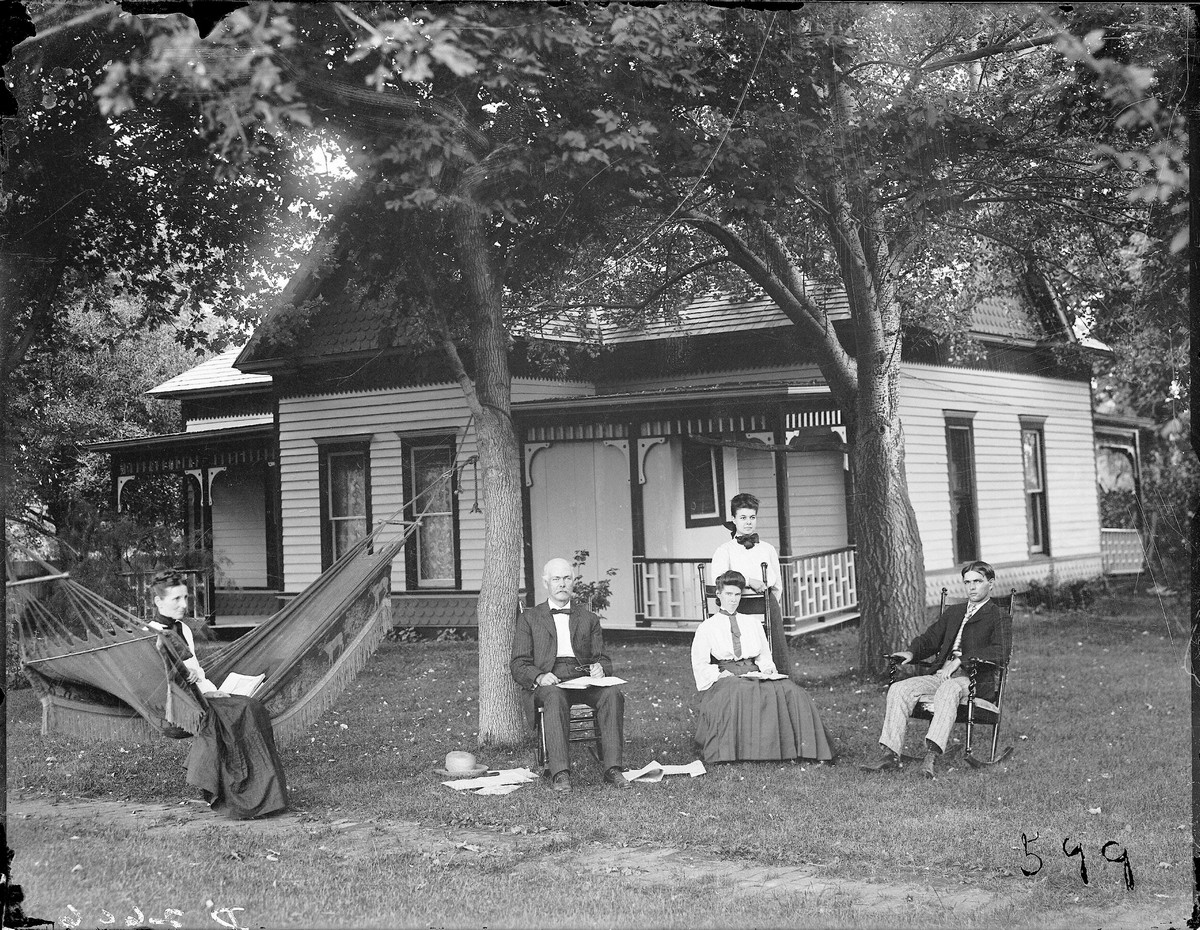
W.L. Hand Residence, Carney, Nebraska, 1911.
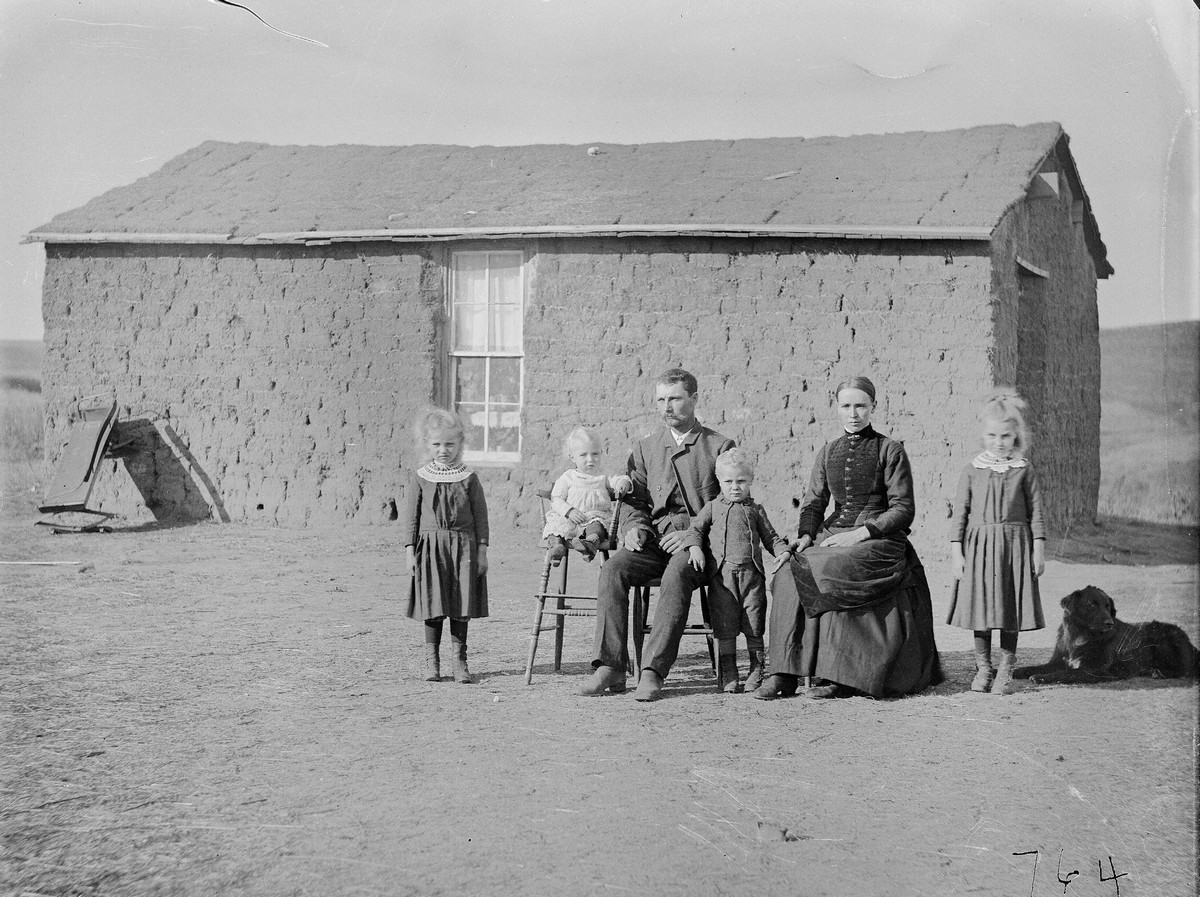
Solomon Butcher agreed with the photo sessions with 17 families.
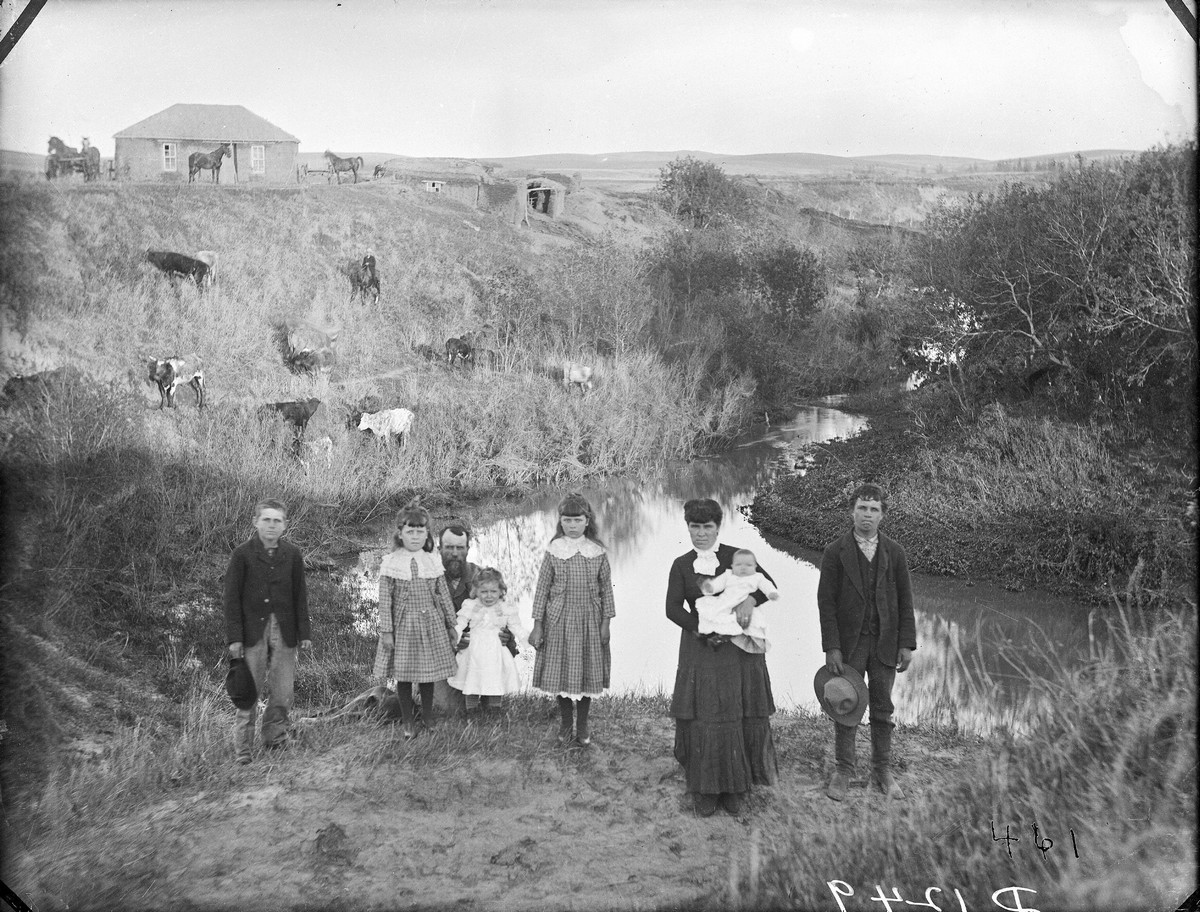
Sod House, Custer County, Nebraska, 1887.
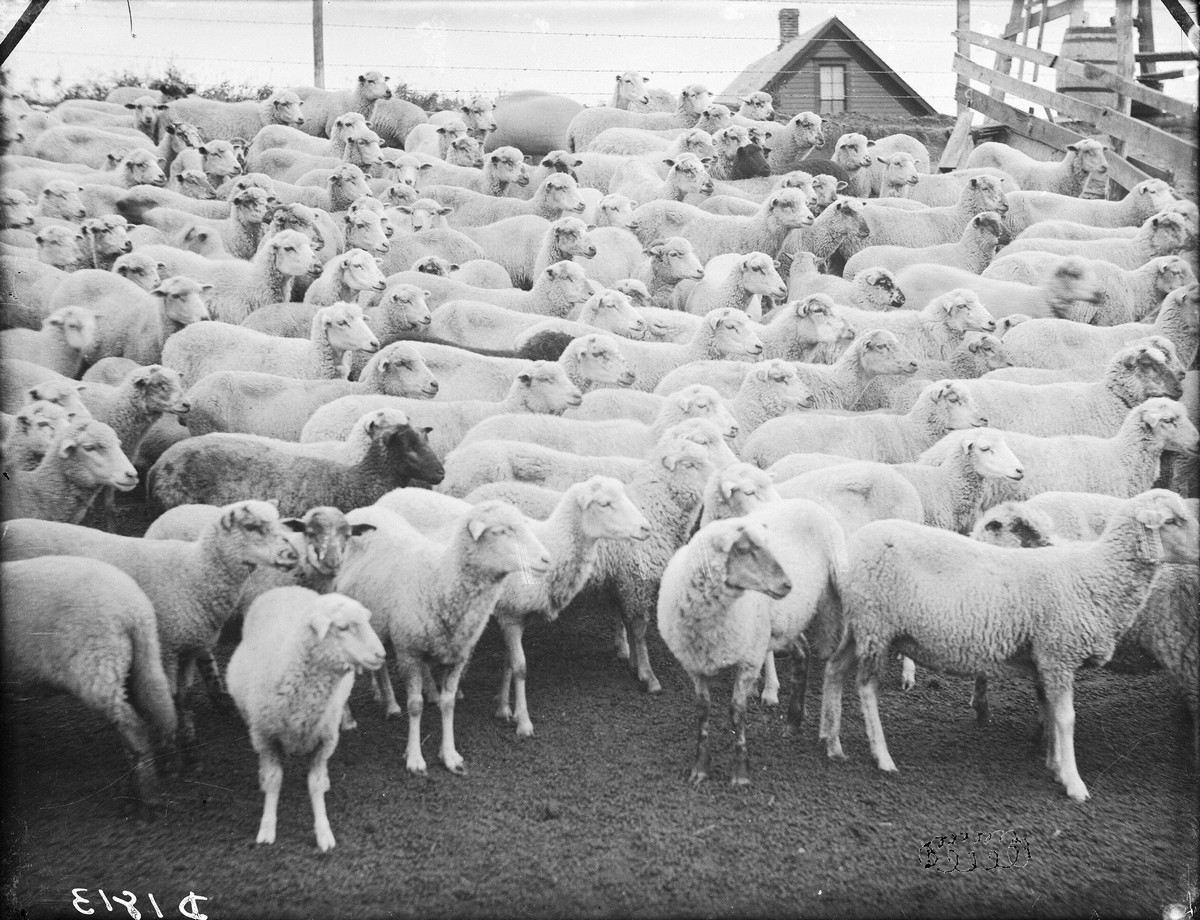
Sheep, Custer County, Nebraska, 1886

Young coyote, 1900.
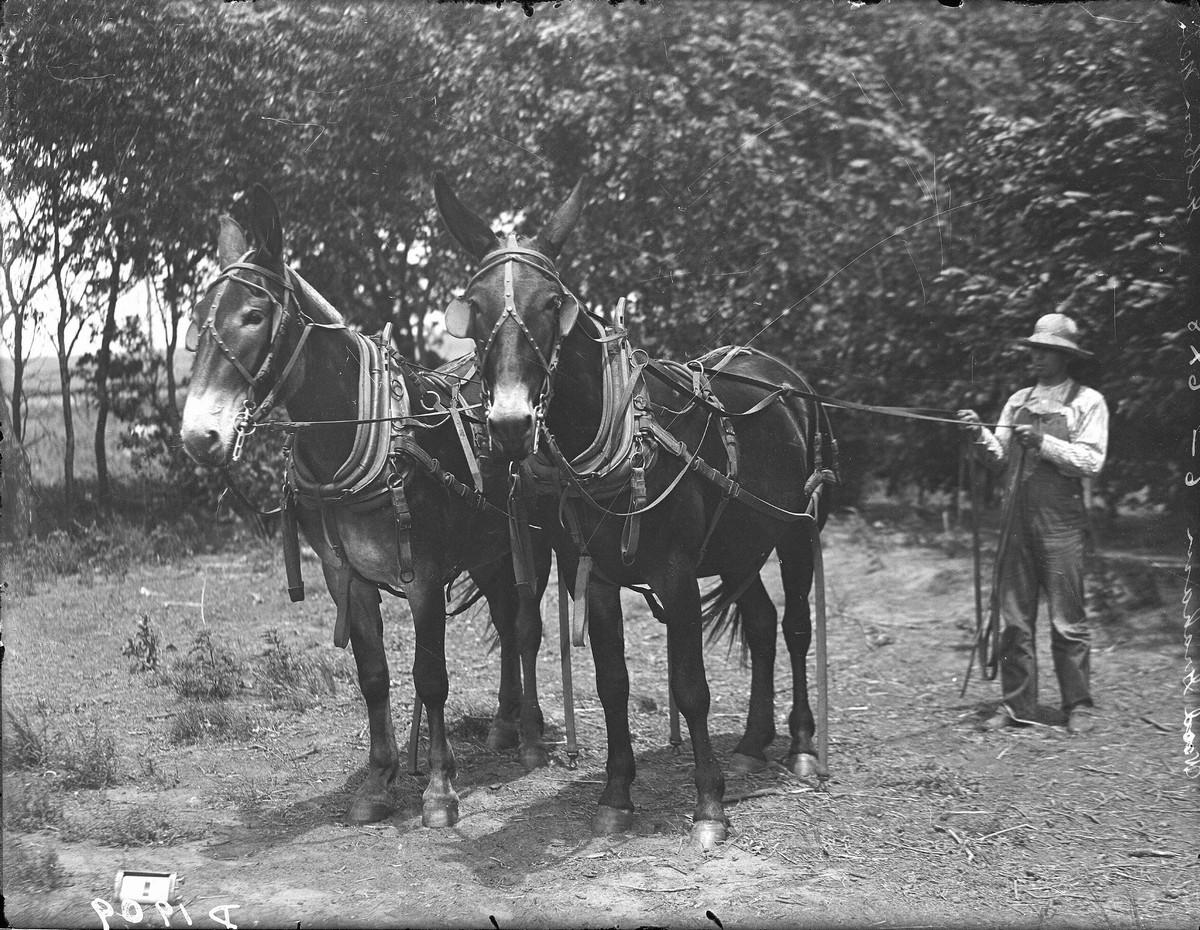
Wood Graham, near Gibbon, Nebraska, 1910.
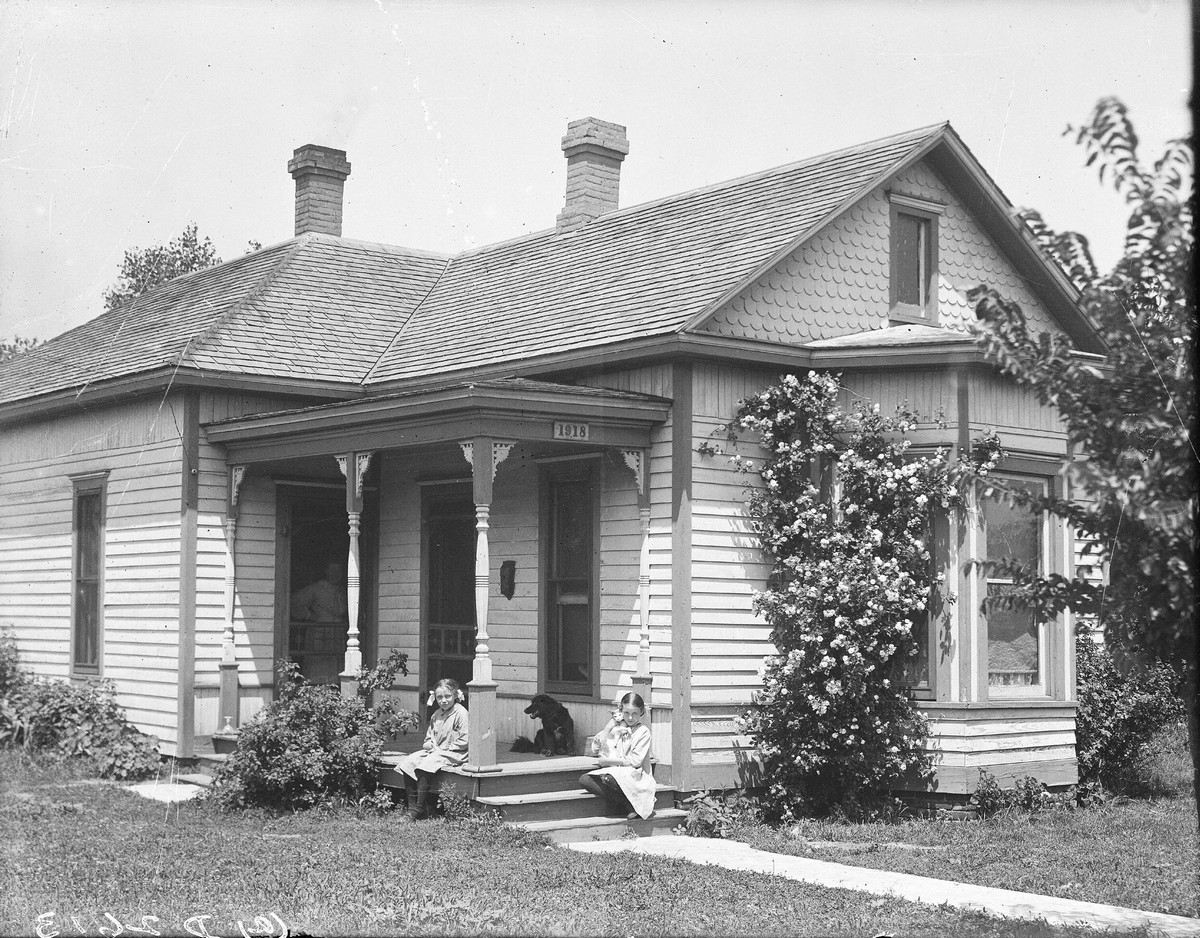
Webert House in Kearney, Nebraska, 1909.
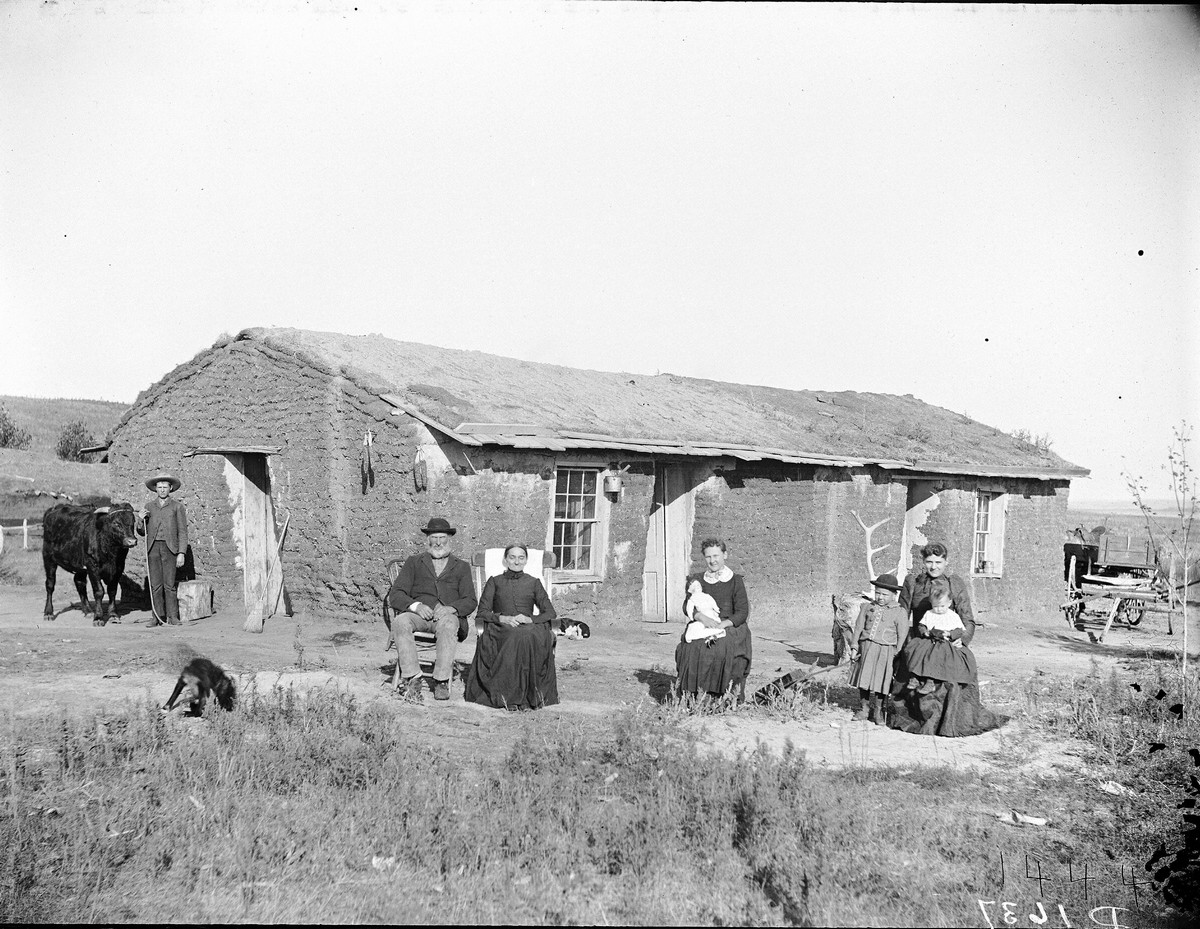
Southwest Custer County, Nebraska, 1892.
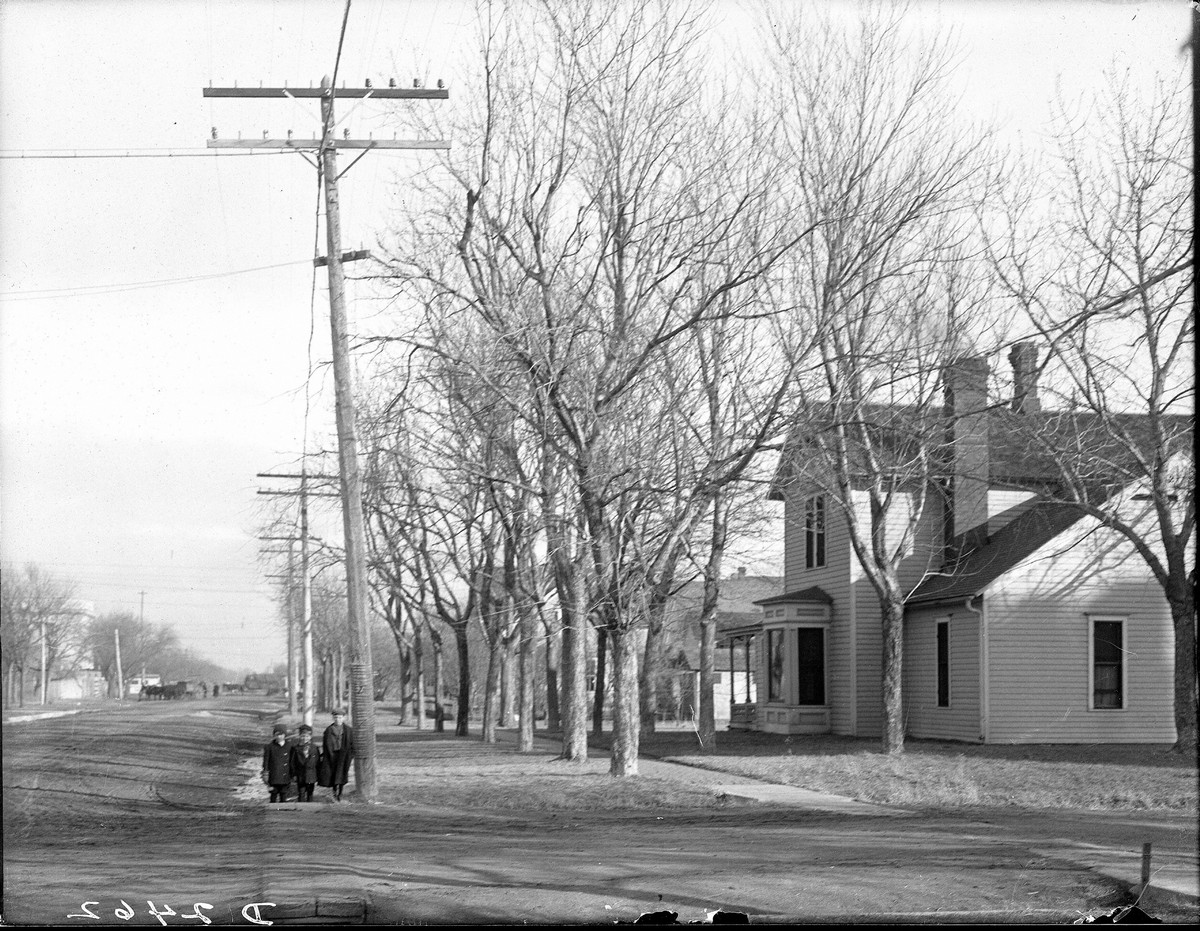
Street scene, Kearney, Nebraska, 1910.
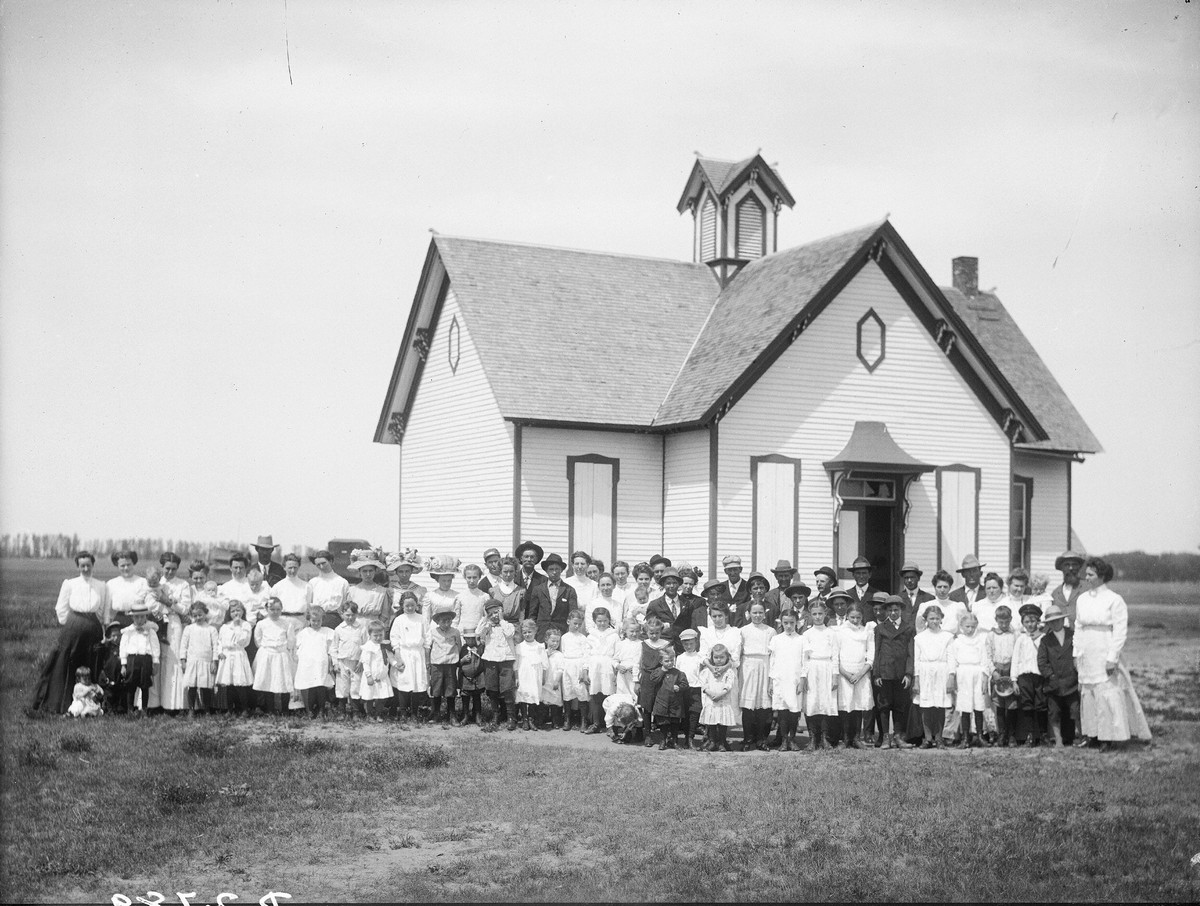
Students and teachers in Lowell, Nebraska, 1911
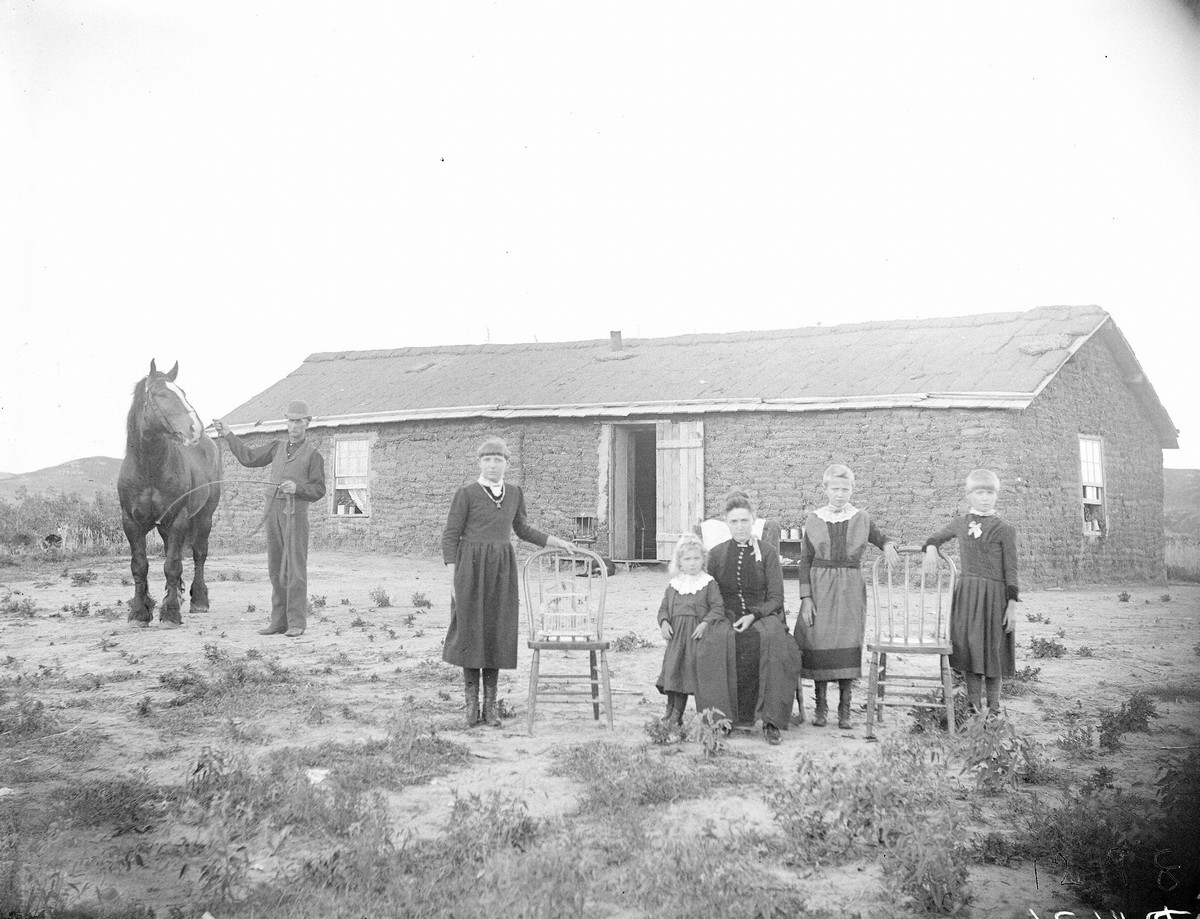
Settler’s family, Custer County, Nebraska, 1892

Rothen Valley, Custer County, Nebraska, 1892.
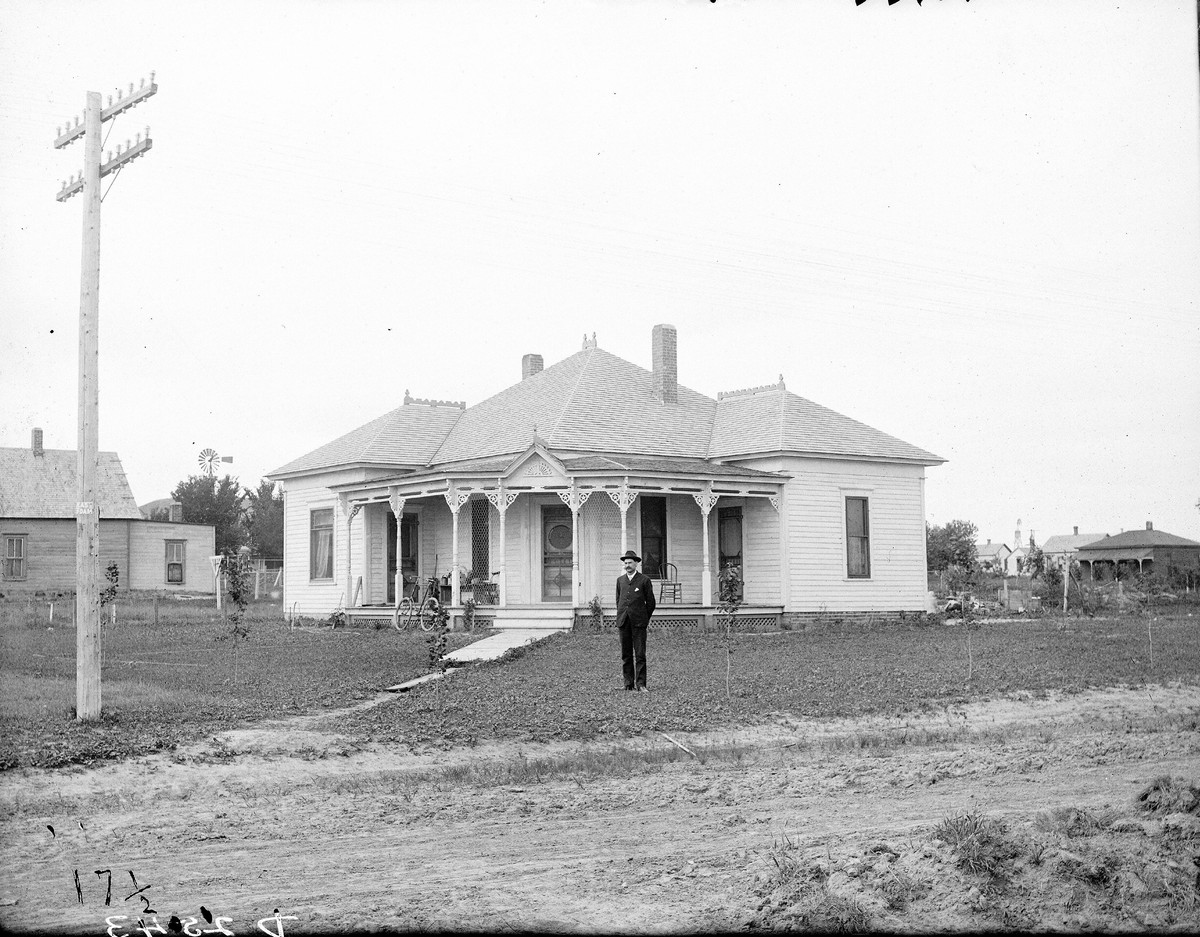
Reverend Trits House, Broken Bow, Nebraska, 1903.
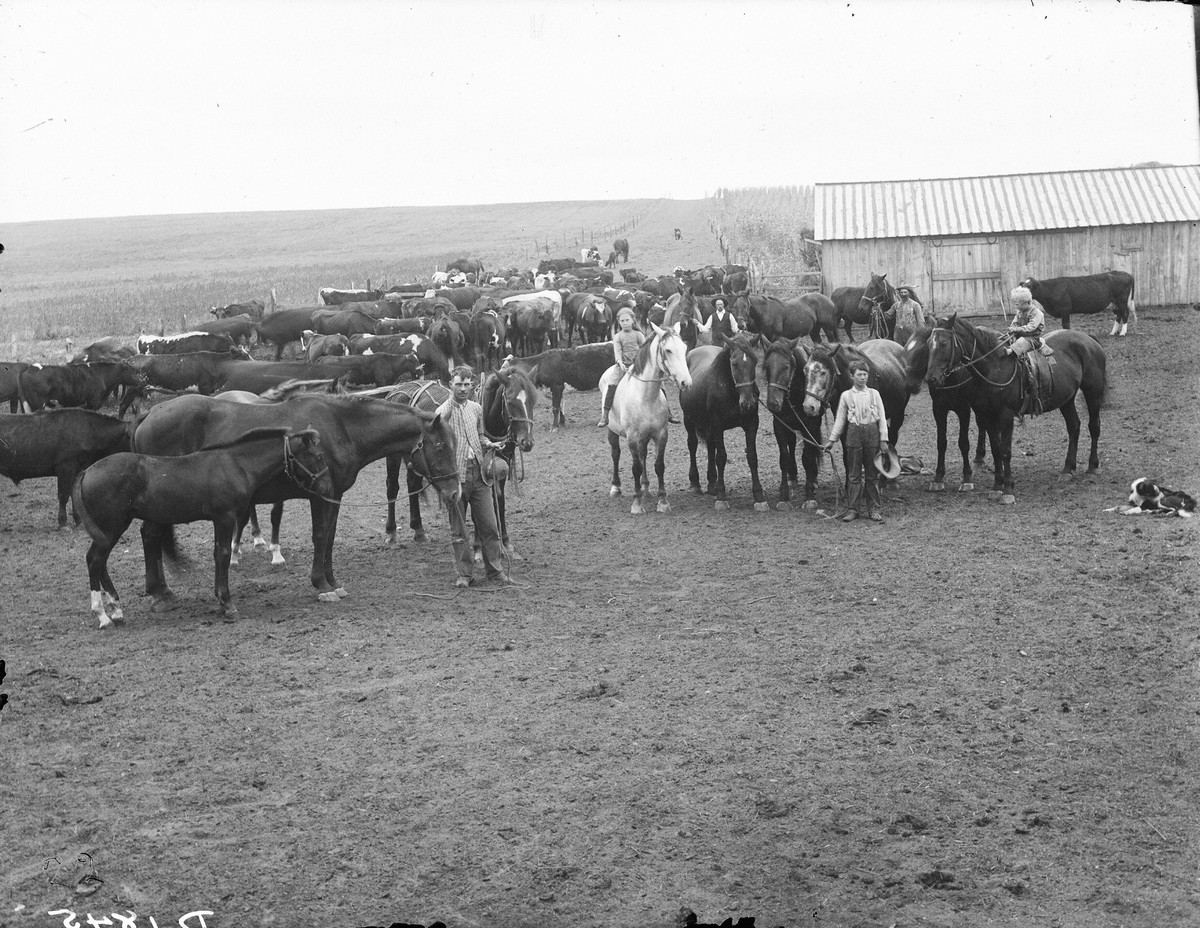
Ranch, Cherry County, Nebraska, 1901.
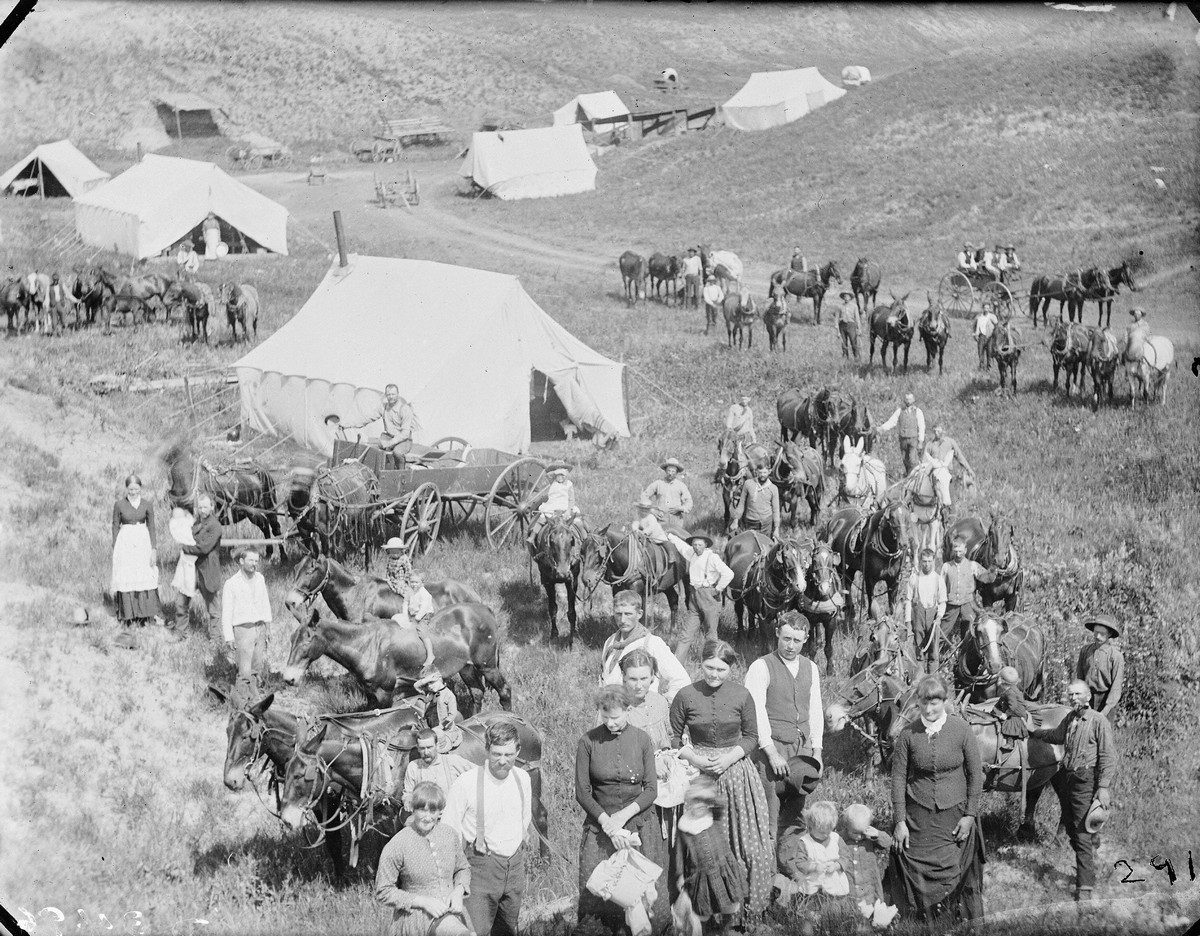
Railroad workers near Sargent, Nebraska, 1889
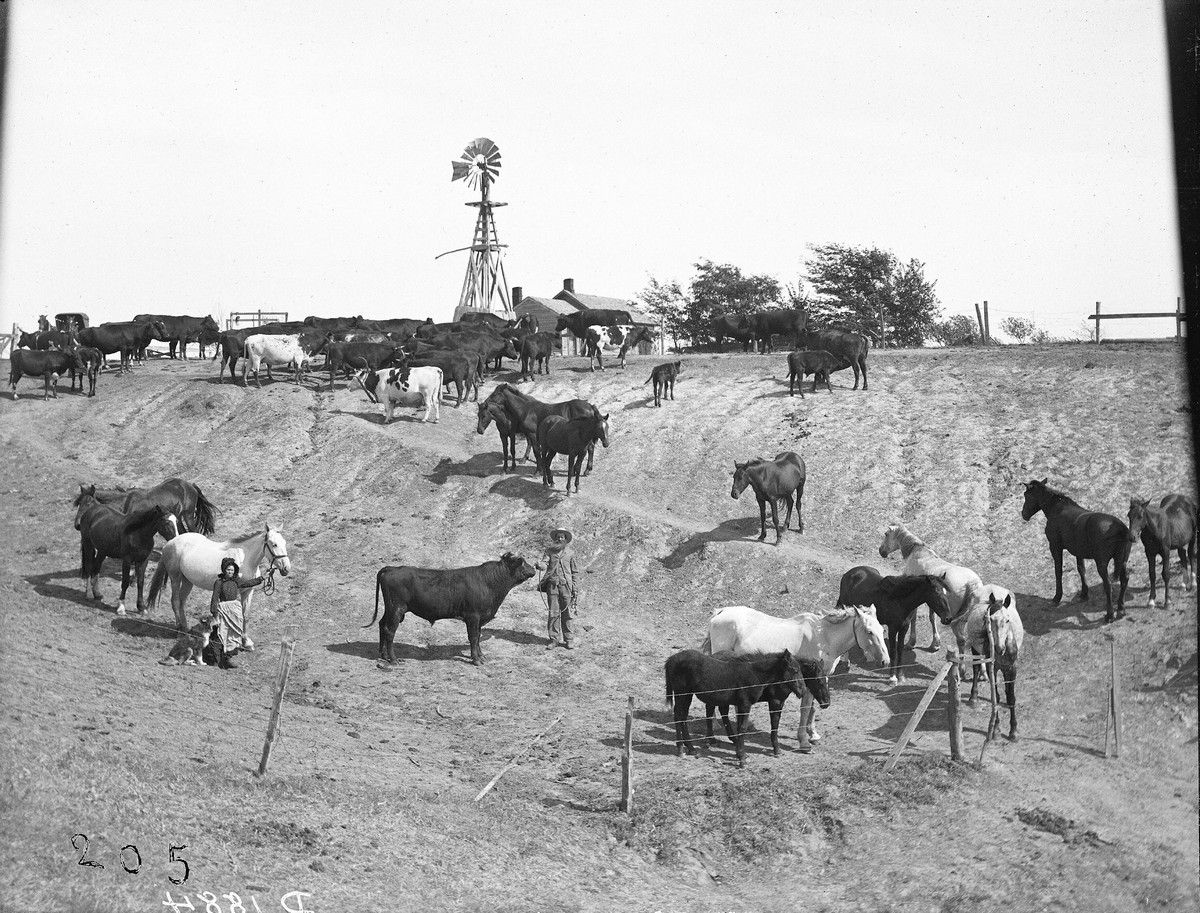
R. Elwood Ranch, near Carney, Nebraska, 1903
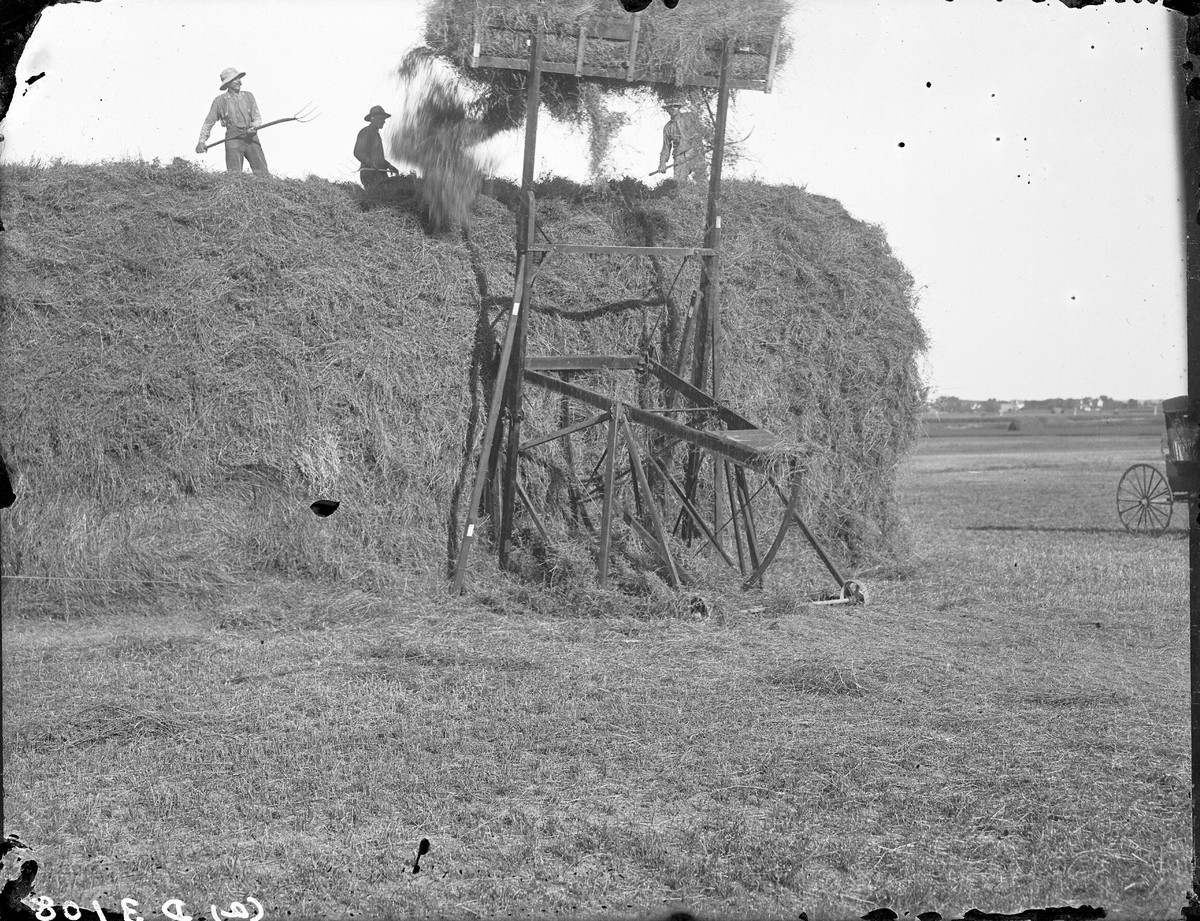
Hay laying in Buffalo County, Nebraska, 1903.
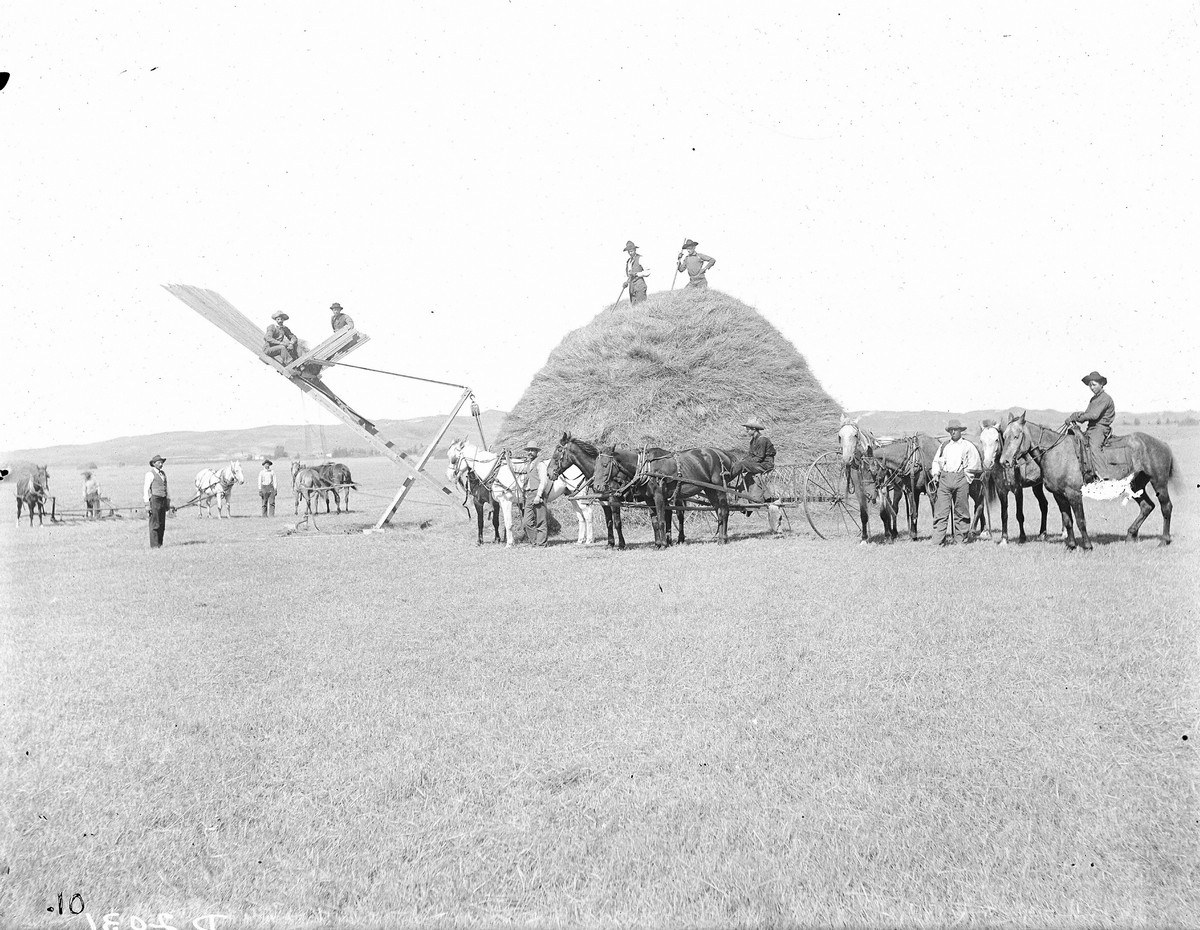
Hay-laying in Buffalo County, Nebraska, 1903
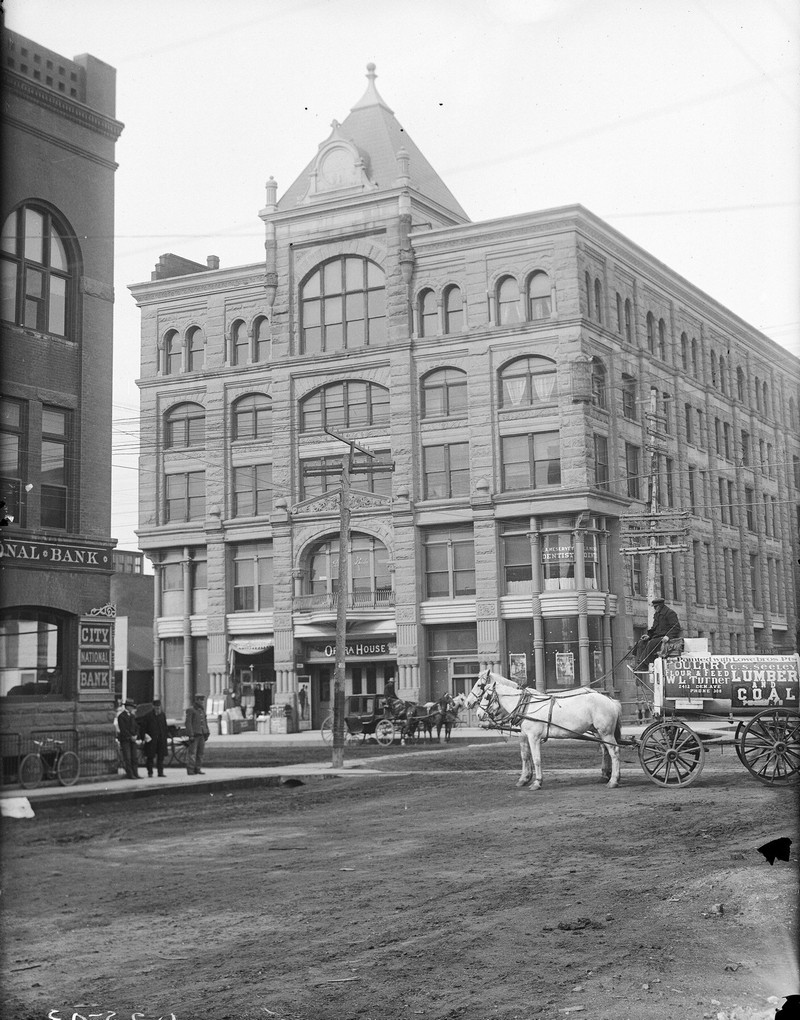
Kearney Opera House, Nebraska, 1910.
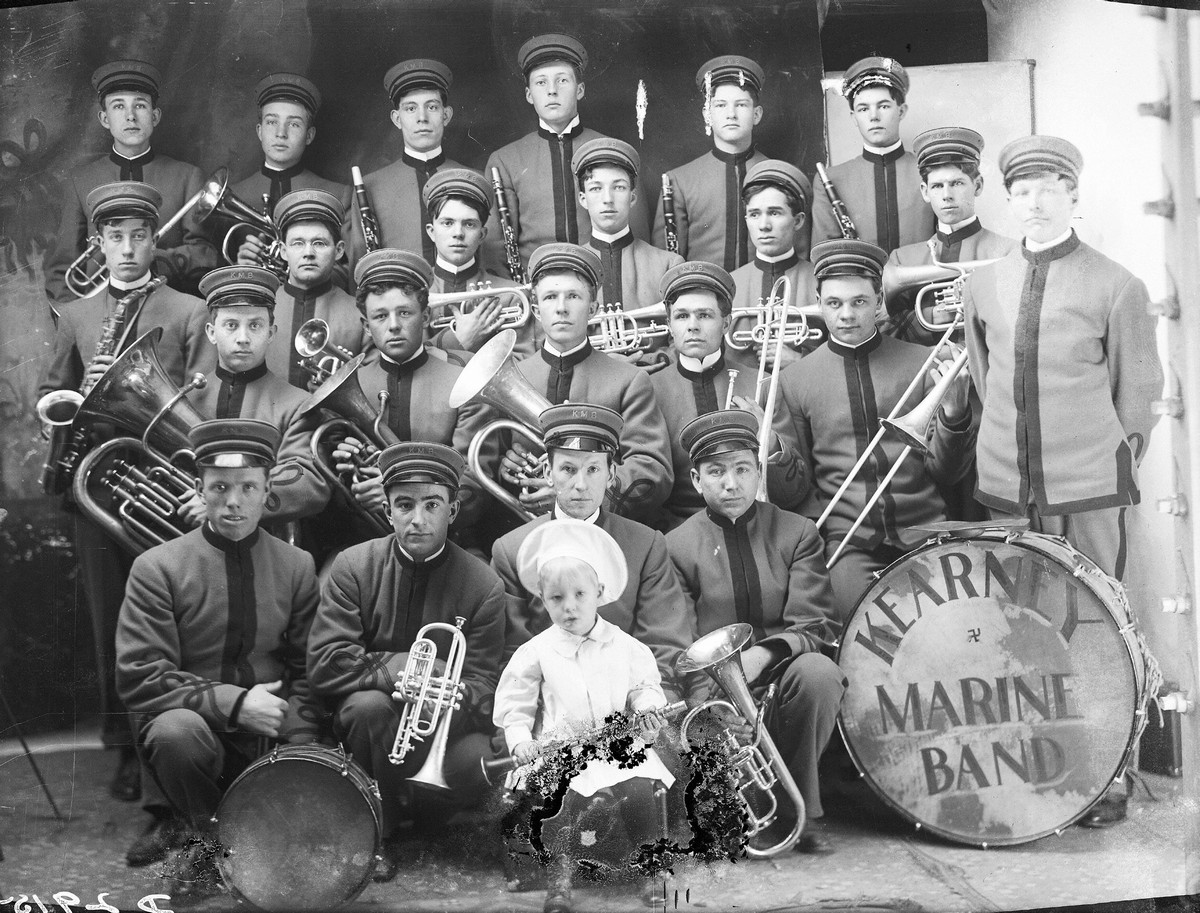
Marine Band, Kearney, Nebraska, 1908.
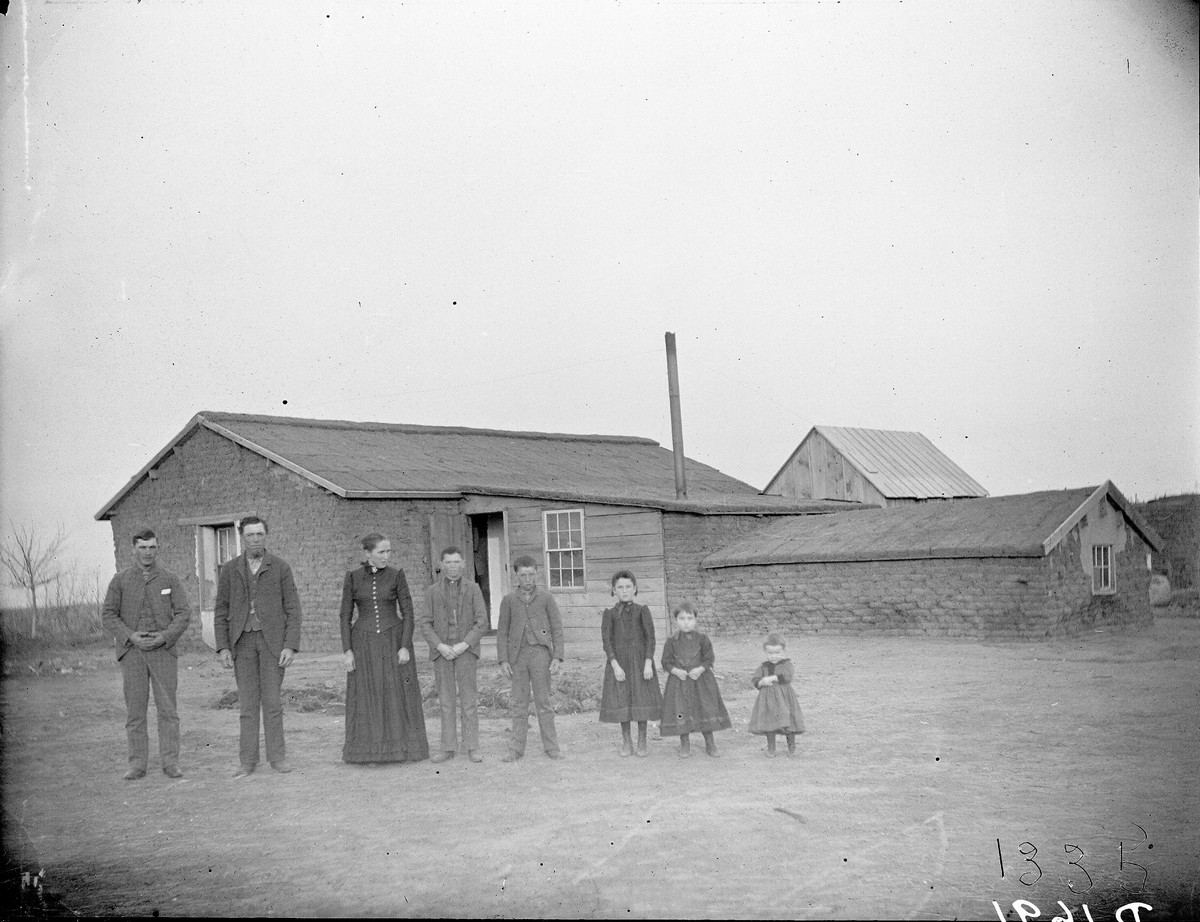
People of Southwest Custer County, Nebraska, 1892.
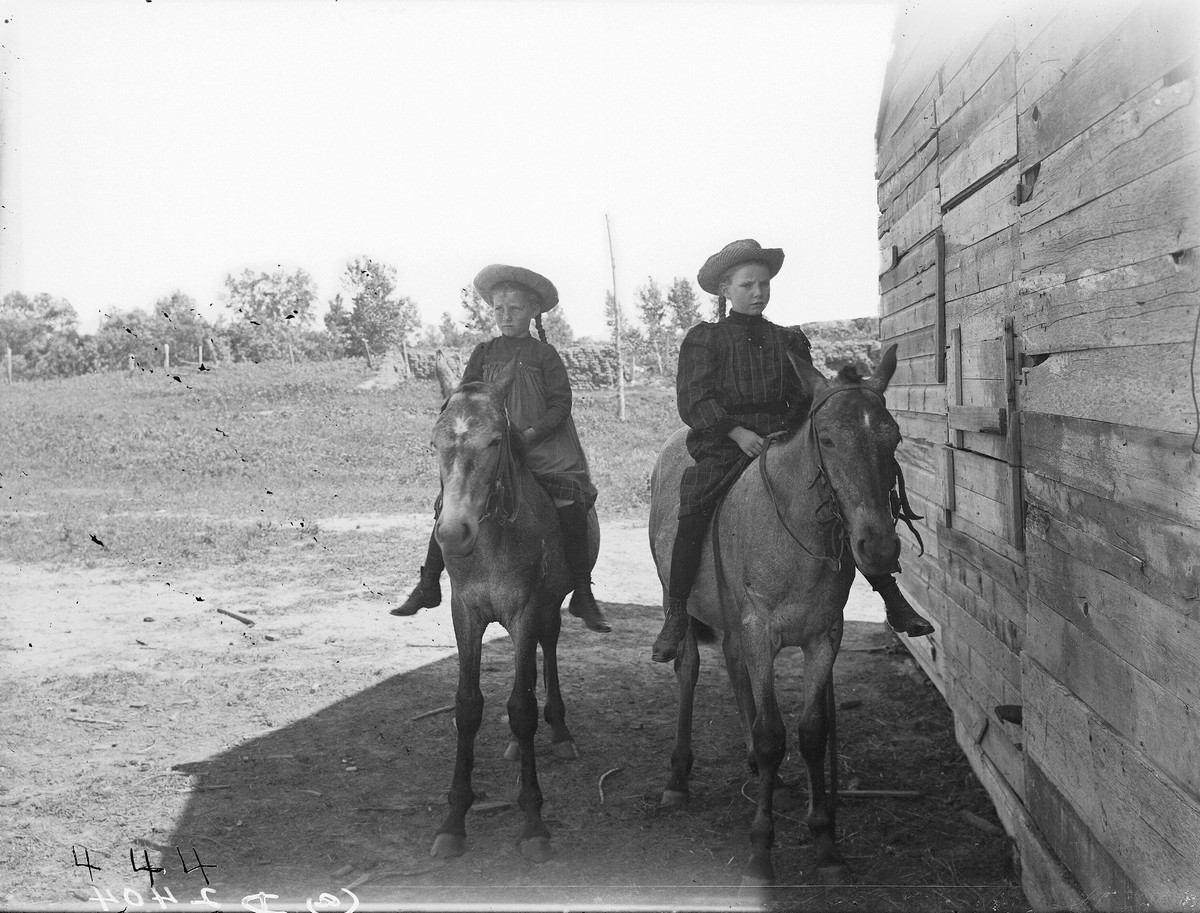
Girls with pigtails, the 1900s.
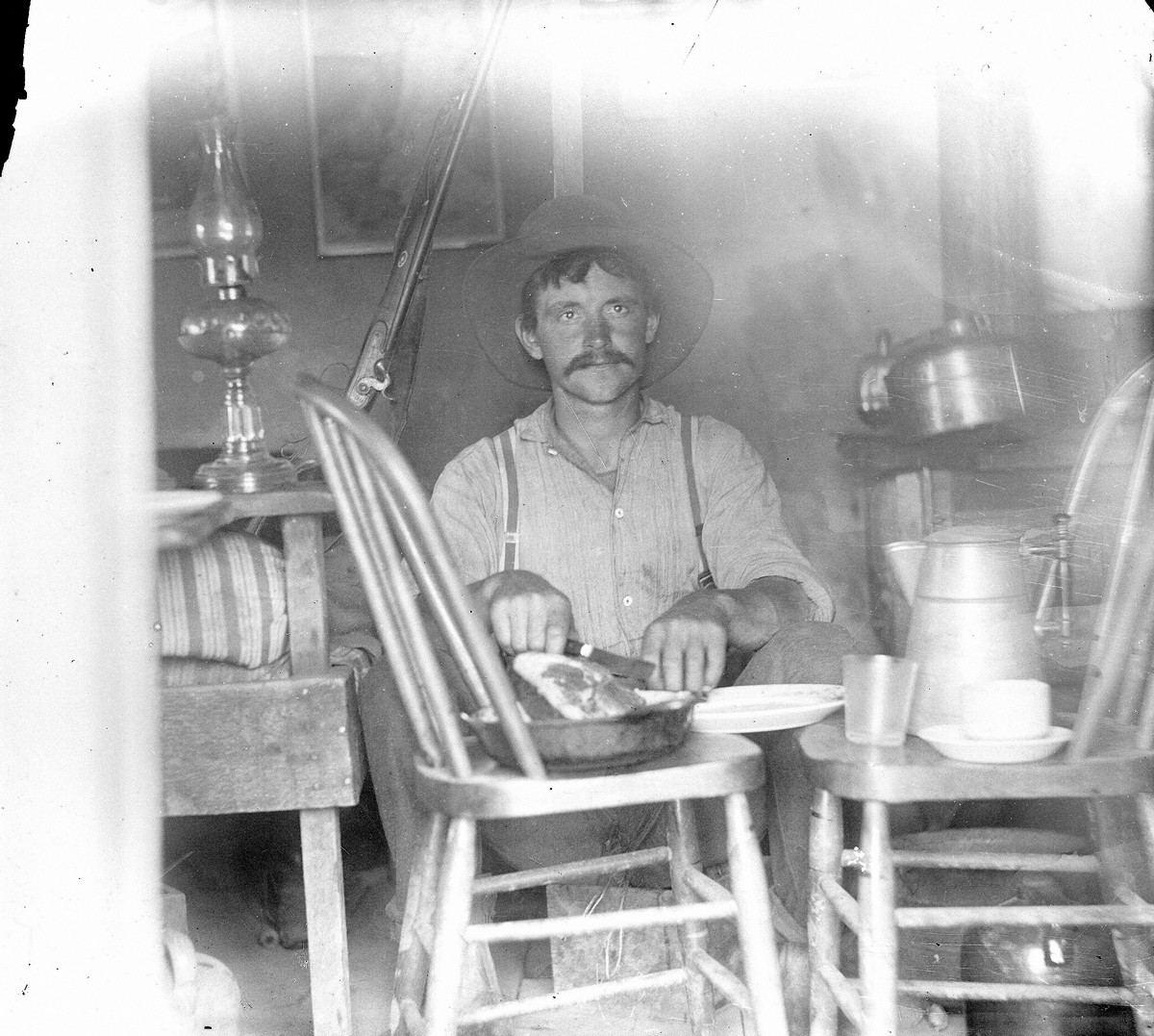
Farmer cooking his dinner, 1886
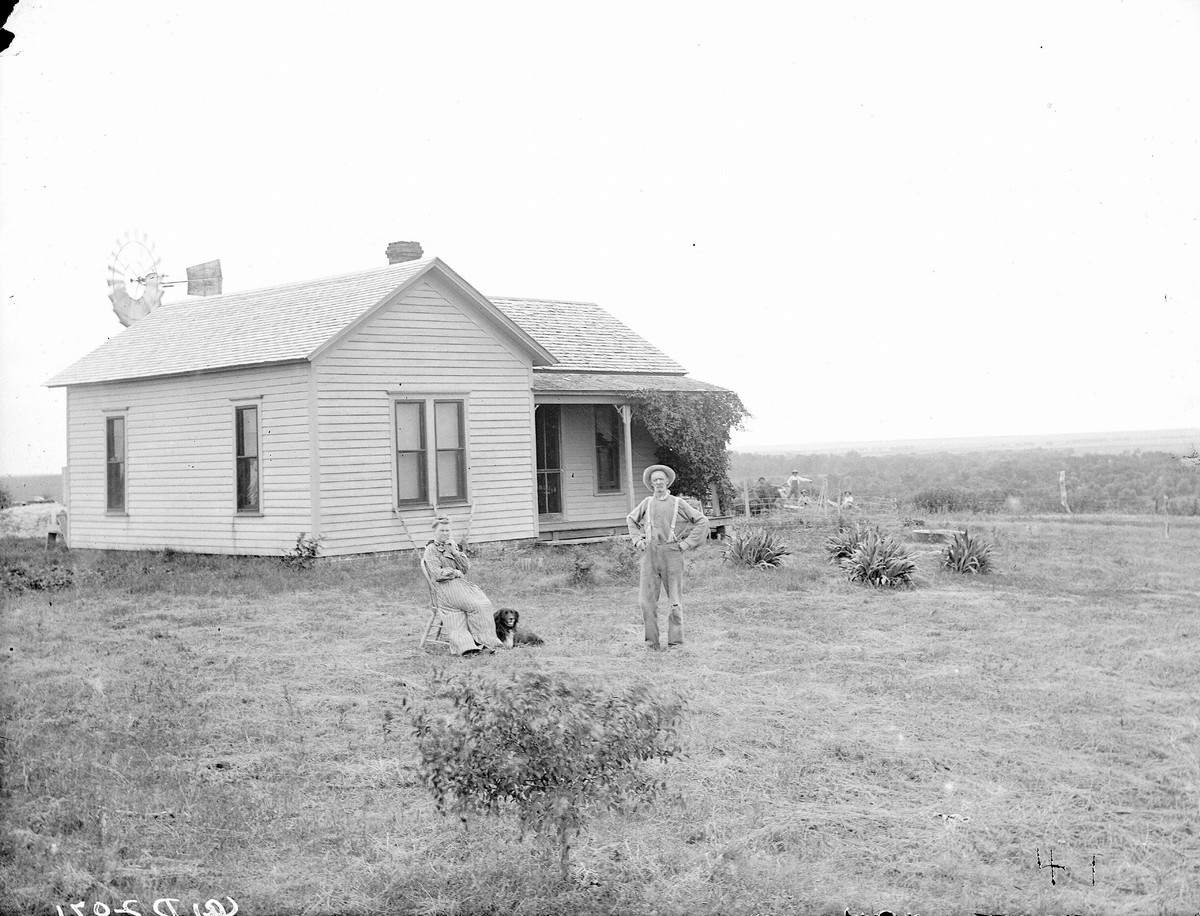
Family, believed to be Caster County, Nebraska.
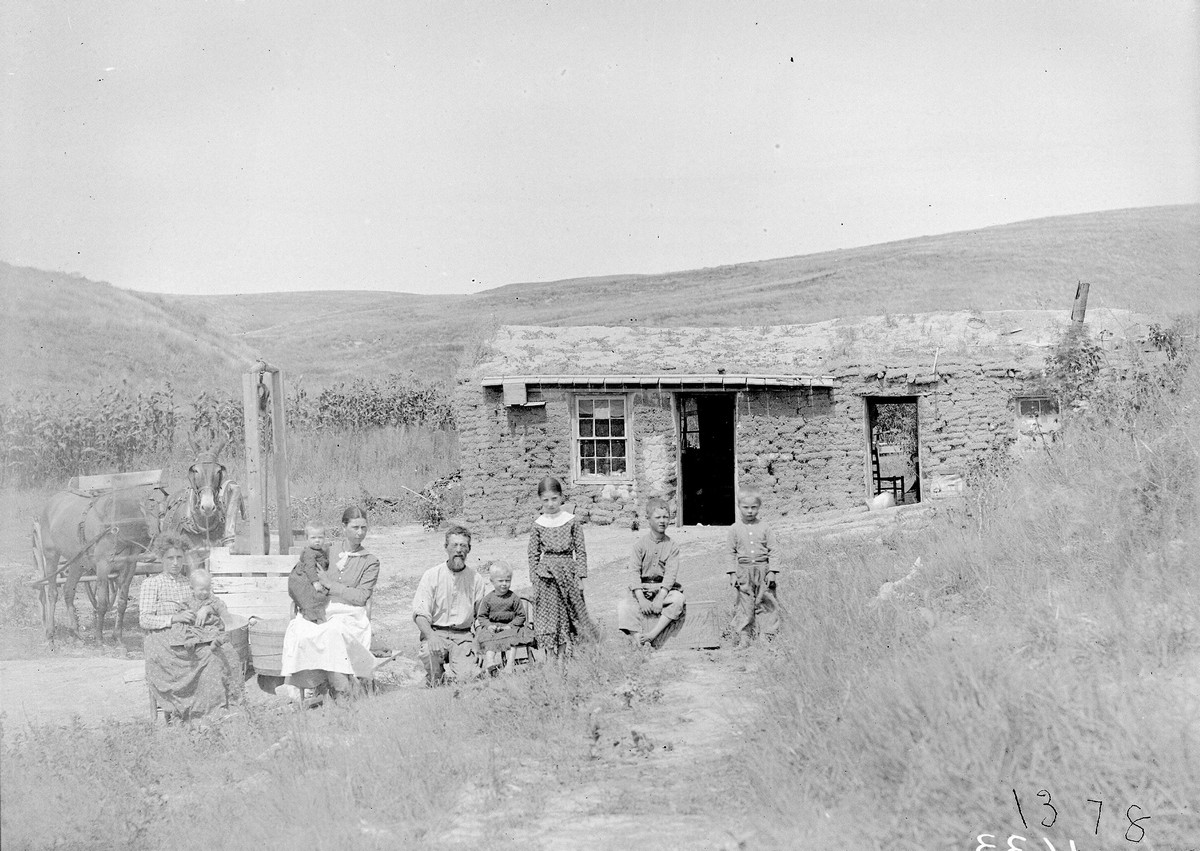
Custer County, Nebraska, 1892
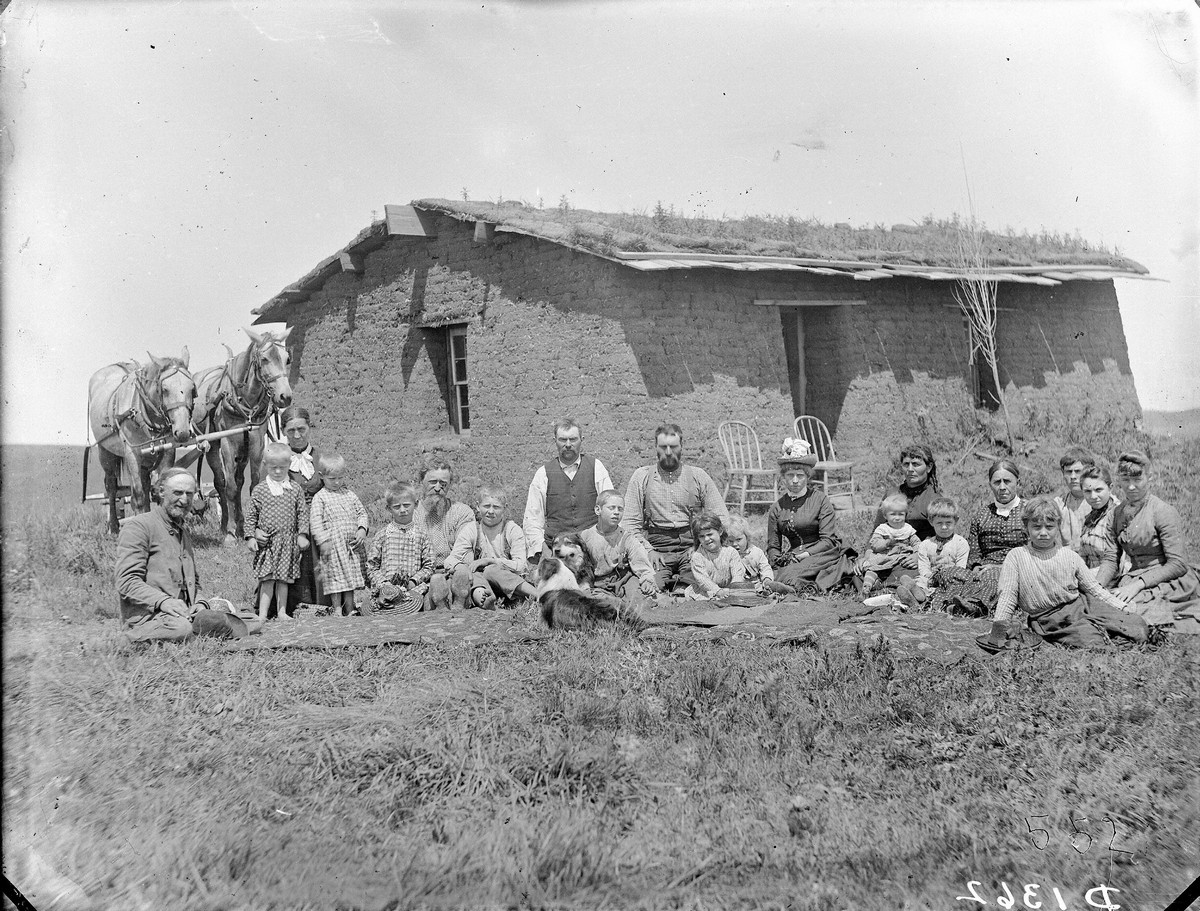
Custer County, near Ansley, Nebraska, 1888.
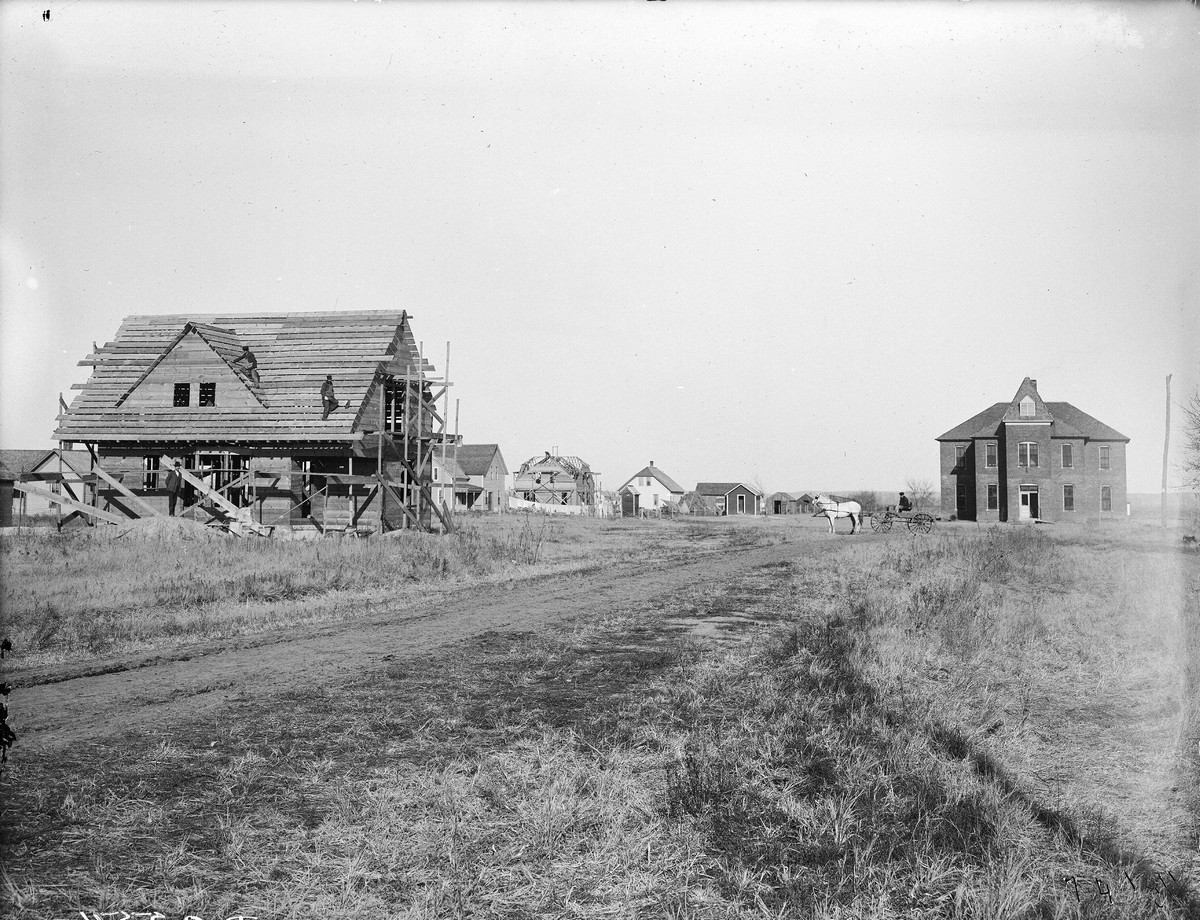
Construction of a two-story home, Overton, Nebraska, 1904.
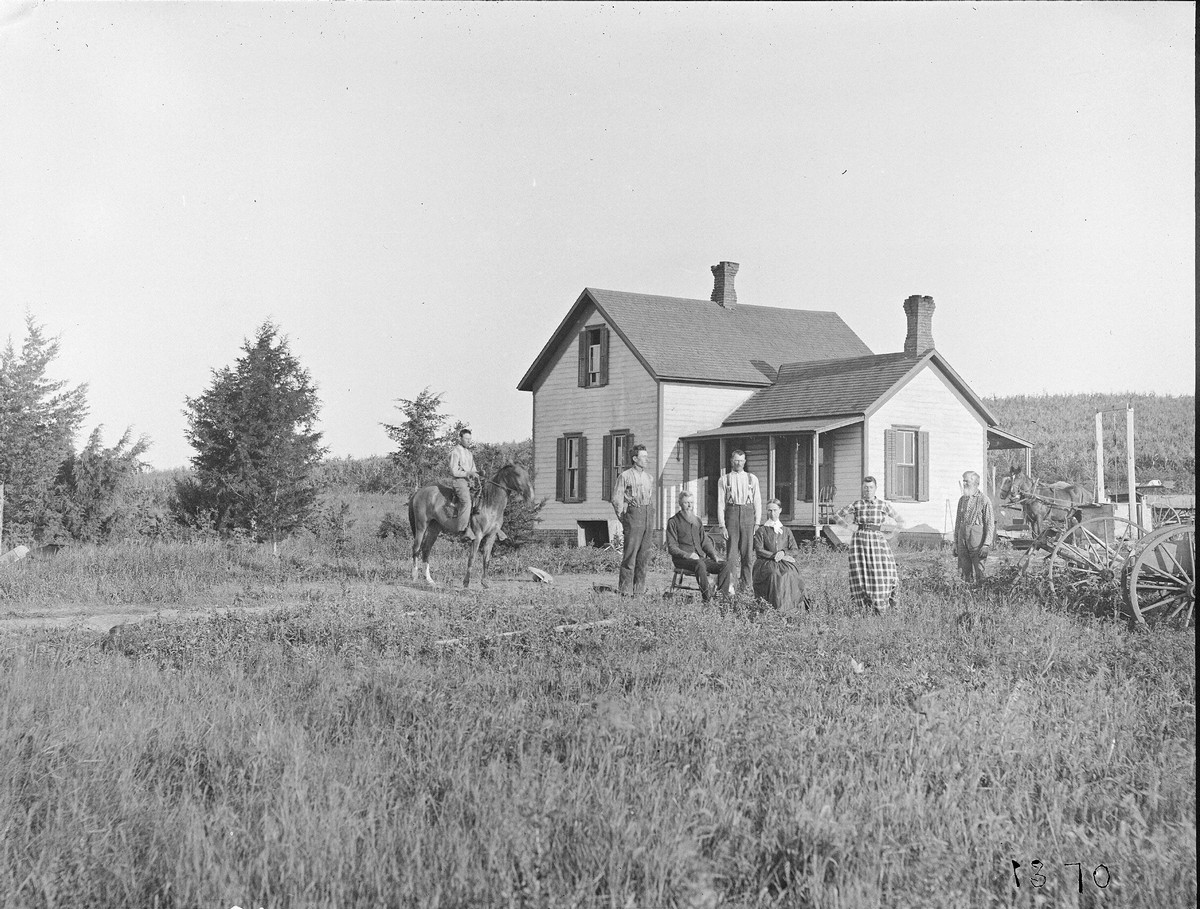
Citizens of Southwest Custer County, Nebraska, 1892.
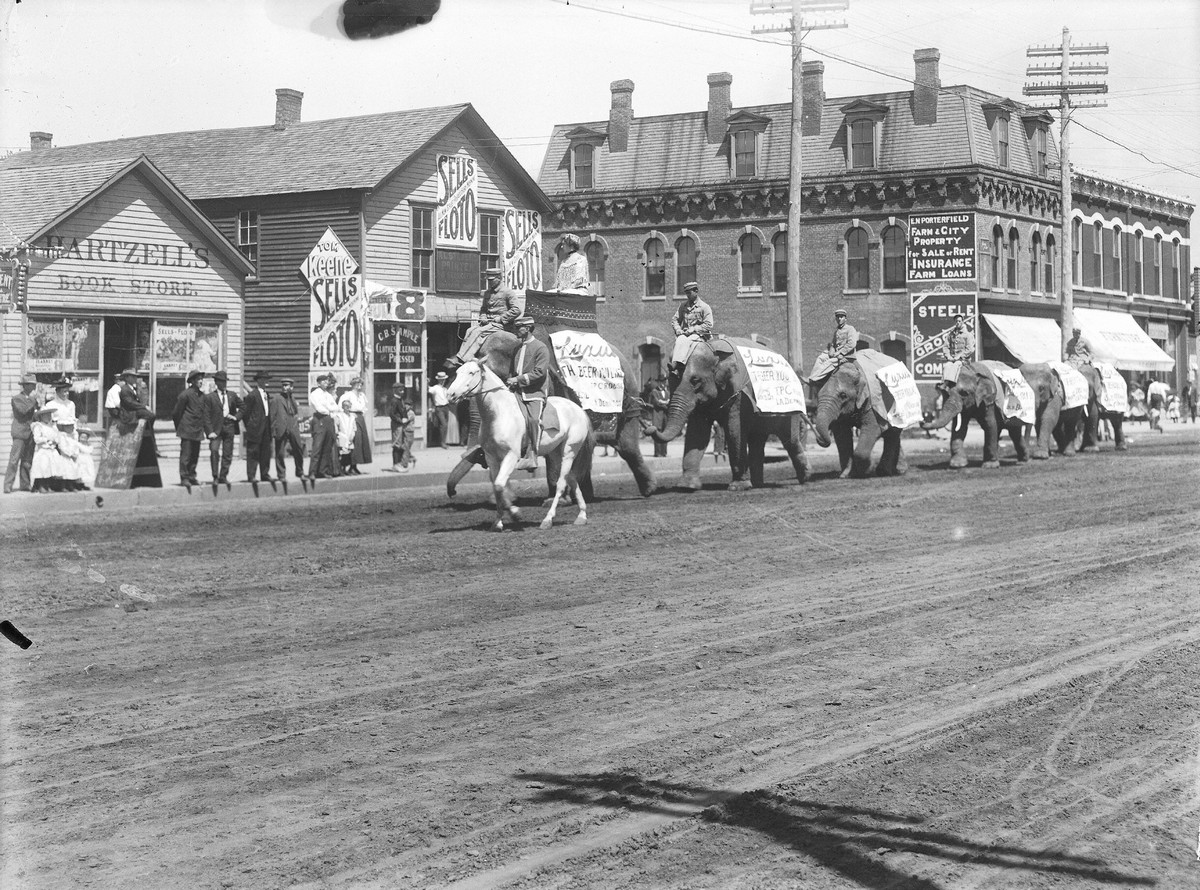
Circus Procession, Kearney, Nebraska, 1908.
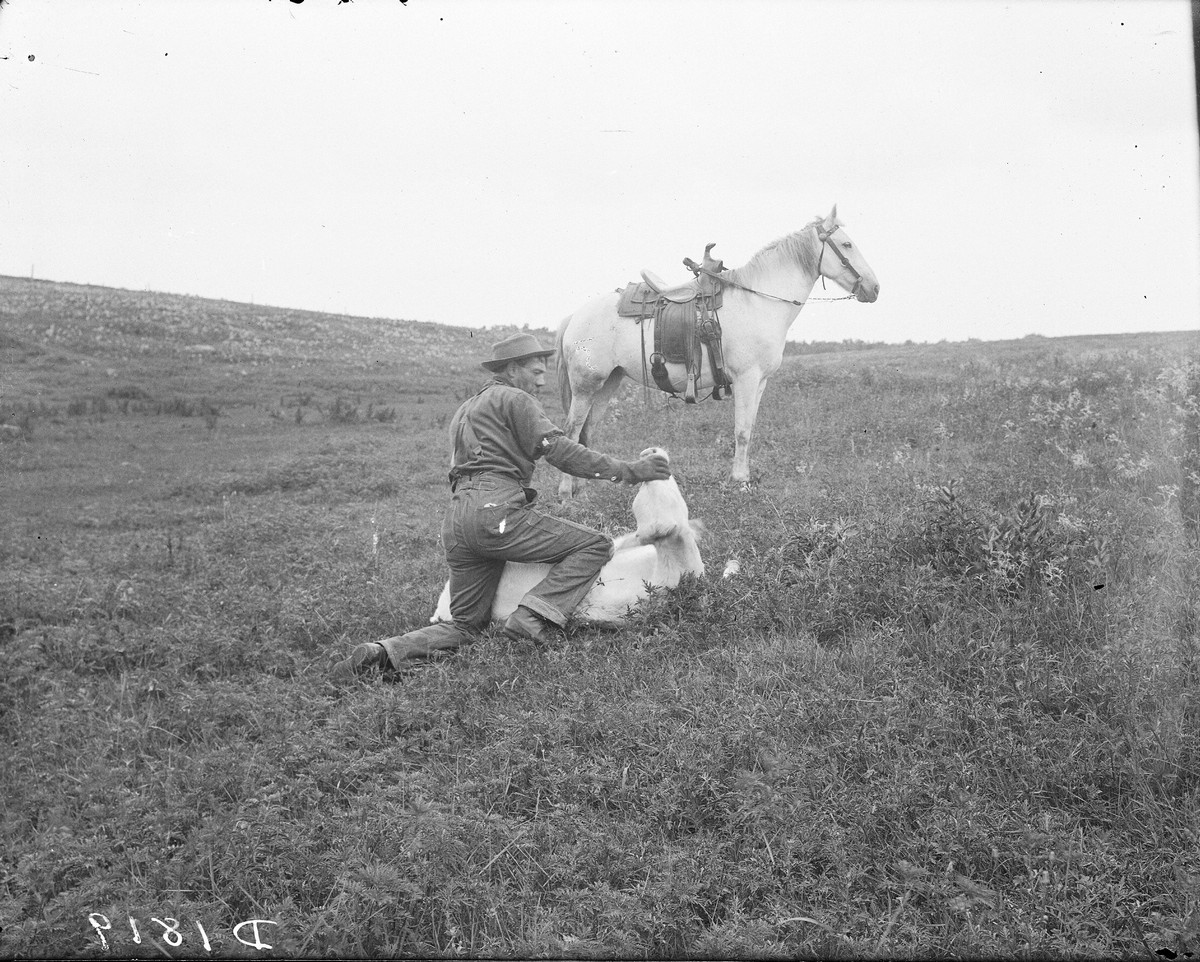
Branding of livestock, 1887
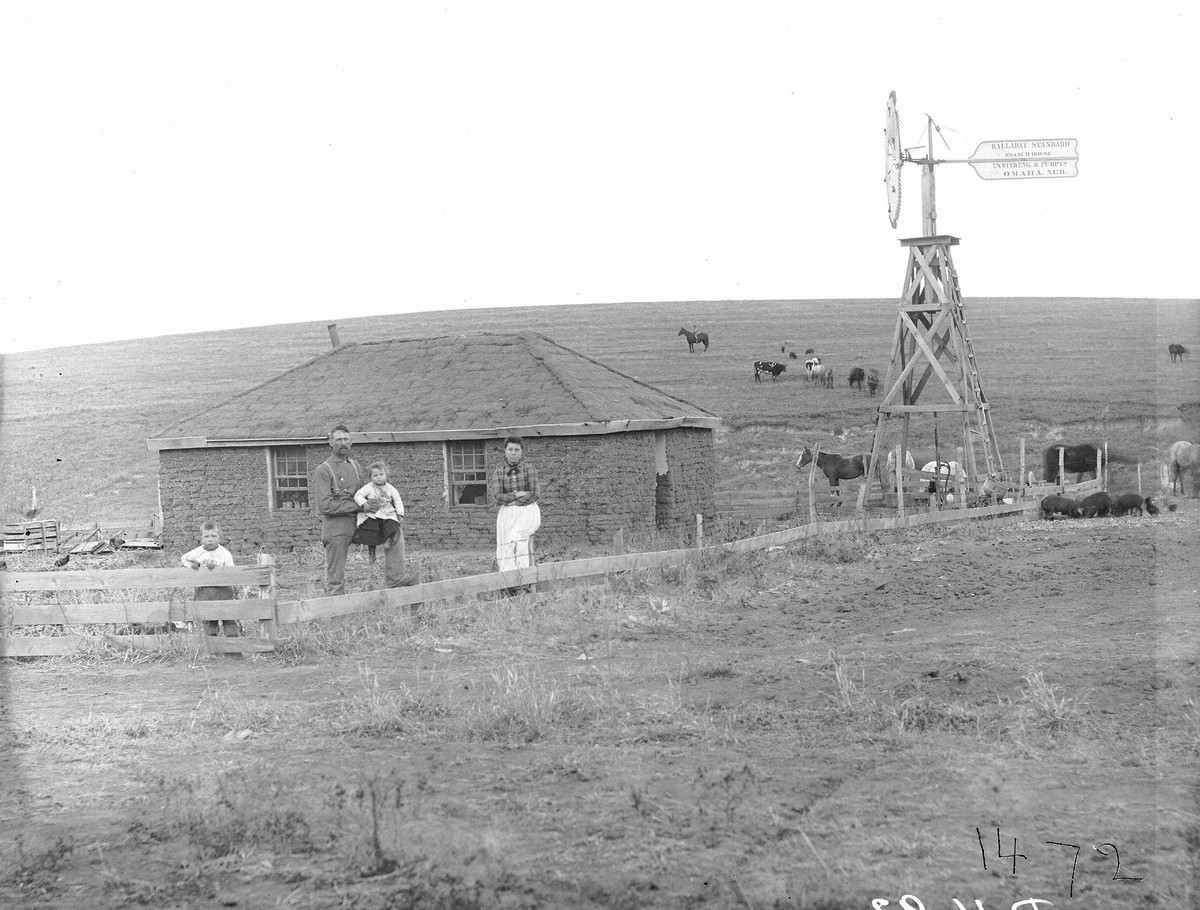
Another family from Southwest Custer County, Nebraska, 1892.
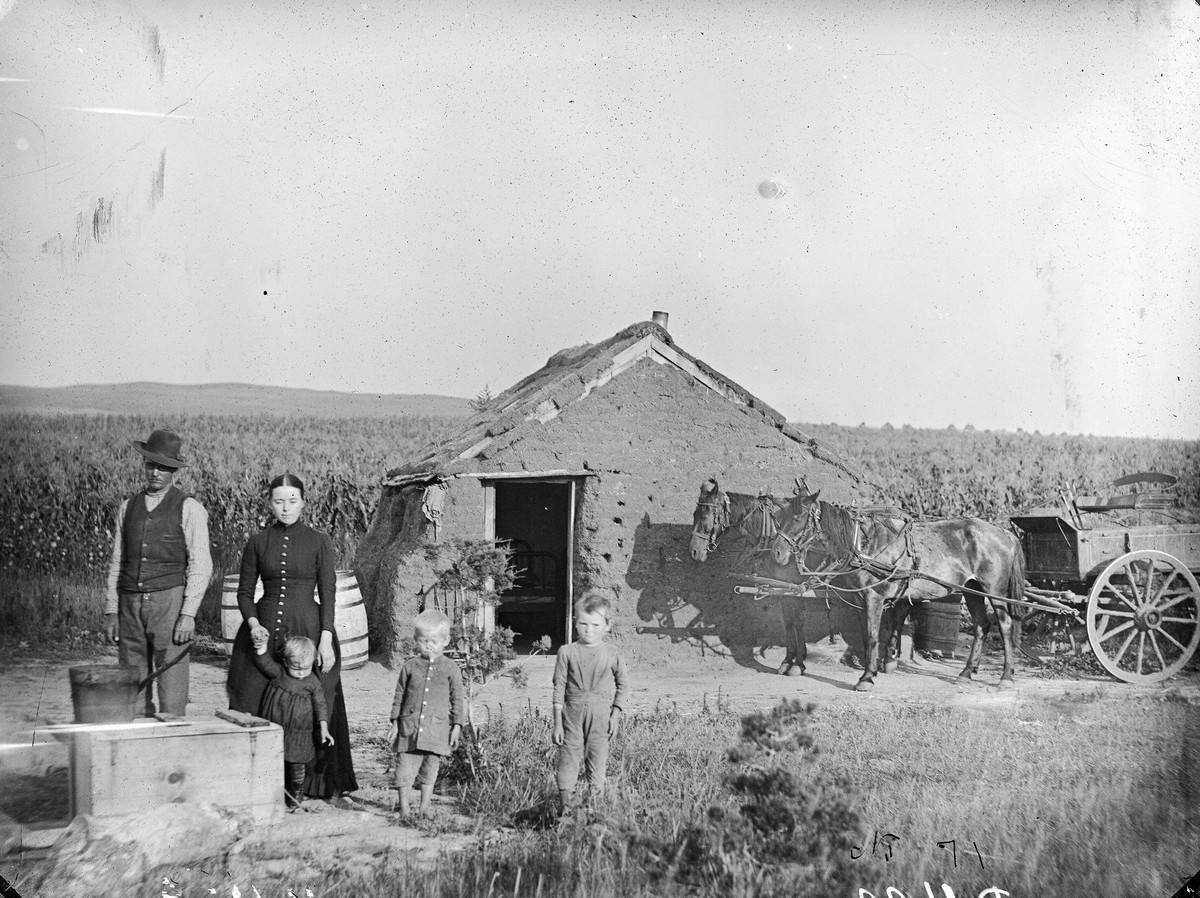
American settlers’ lifestyle through the lens of Solomon Butcher
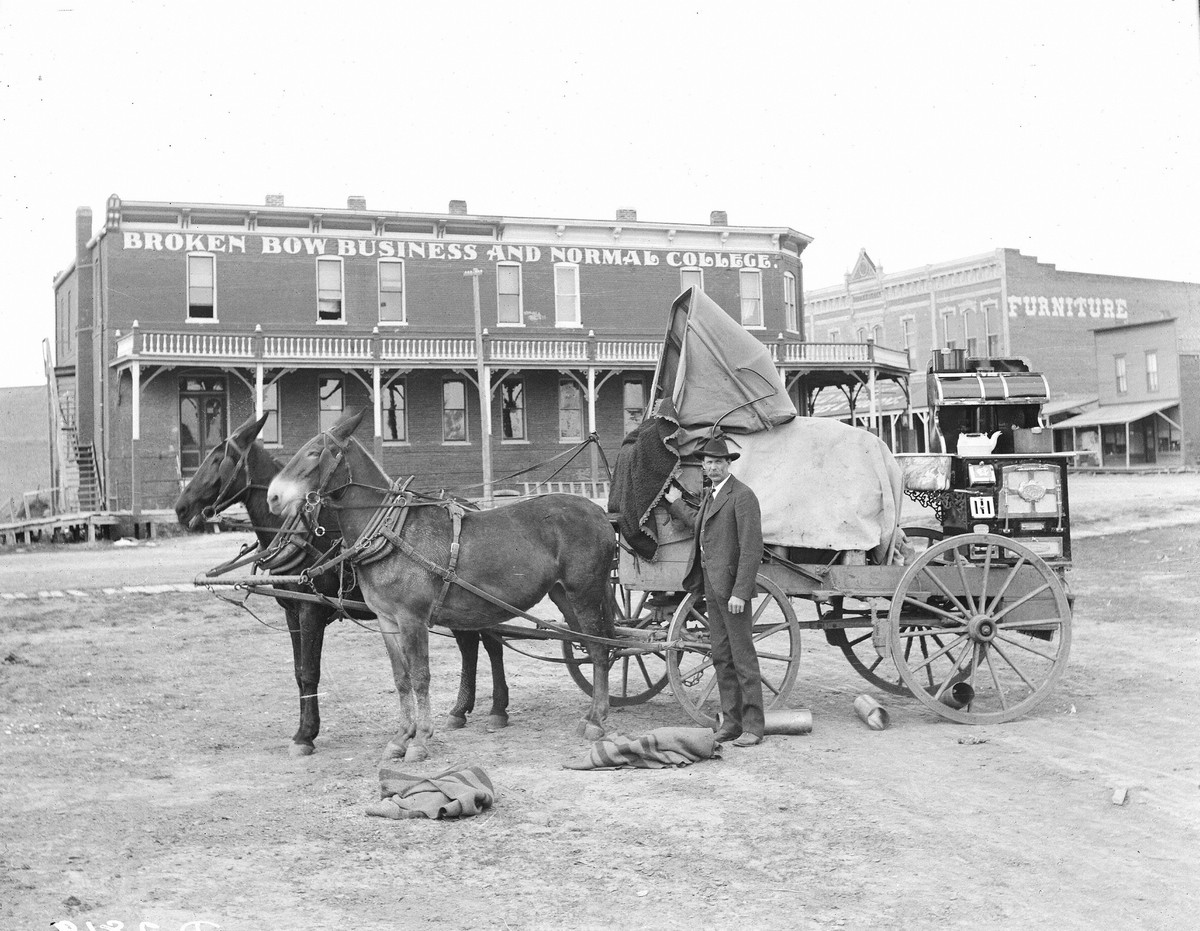
A cart with household utensils at Broken Bowe, 1890.
Сообщение American settlers’ lifestyle through the lens of Solomon Butcher появились сначала на Old Pictures.
]]>Сообщение Vintage pictures of samurai women, 19th century появились сначала на Old Pictures.
]]>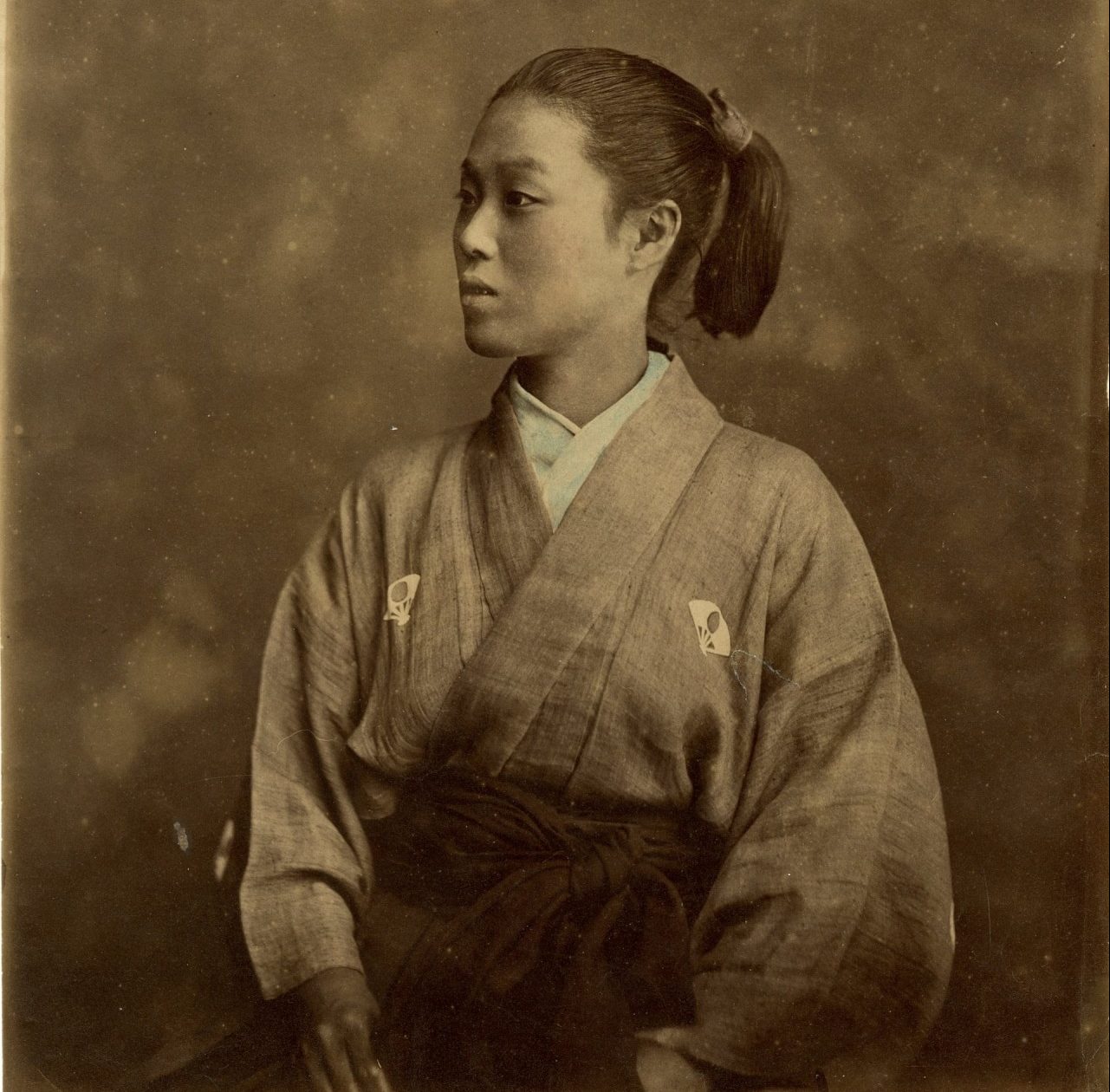 While many people think of women samurai as a legend, they did exist. Japanese called female warriors as onna-bugeisha. Empress Jingu was their earliest predecessor as she led a campaign against Korea in 200 after her husband Emperor Chuai, the fourteenth ruler of the country, died. Jingu’s story has stood the test of time, and in 1881, she became the first woman to appear on the Japanese banknotes.
While many people think of women samurai as a legend, they did exist. Japanese called female warriors as onna-bugeisha. Empress Jingu was their earliest predecessor as she led a campaign against Korea in 200 after her husband Emperor Chuai, the fourteenth ruler of the country, died. Jingu’s story has stood the test of time, and in 1881, she became the first woman to appear on the Japanese banknotes.
Read more: 100 most important pictures in history
The onna-bugeisha ethics was as uncompromising as the samurai code – bushido. Samurai women began training at the age of 12. They mastered the art of using the naginata, the yari spear, chains, ropes, and the samurai tanto dagger, rather than paying mercenaries to protect themselves, as the terrified townspeople in Akira Kurosawa’s Seven Samurai did these women trained in combat to protect communities that lacked male fighters.
The legends of women samurai
Many stories about prominent onna-bugeisha date back to feudal times. Many of them refer to the medieval warrior Tomoe Gozen, who became a national hero. Her story became a base for the book Heike Monogatari, also known as the “Japanese Iliad.” Tomoe Gozen was “exceptionally beautiful” and “a surprisingly skillful archer and swordsman … she was a warrior worth thousands, ready to face a demon or God, on horseback or foot.”
By the mid-1800s, the onna-bugeisha tradition almost disappeared. But the fortitude and habits of training in women samurai families persisted. Some women participated in the Bosin Civil War and shocked the public with their exploits. Nakano Takeko was among them. She was one of the last women samurai to die a soldier’s death in 1868. She led the attacking squad and was wounded in the chest. Takeko knew that the wound was fatal, and so she asked her sister Yuko to cut off her head and bury her so that the enemy could not capture her as a trophy.
Read more: The story behind the ‘Tokyo Stabbing’ picture, 1960
Very few portraits of women samurai from the 19th-century survived. Some pictures in this publication are just actors or geisha images. Nonetheless, they give us a vivid idea of what the legendary Japanese female warriors might have looked like.
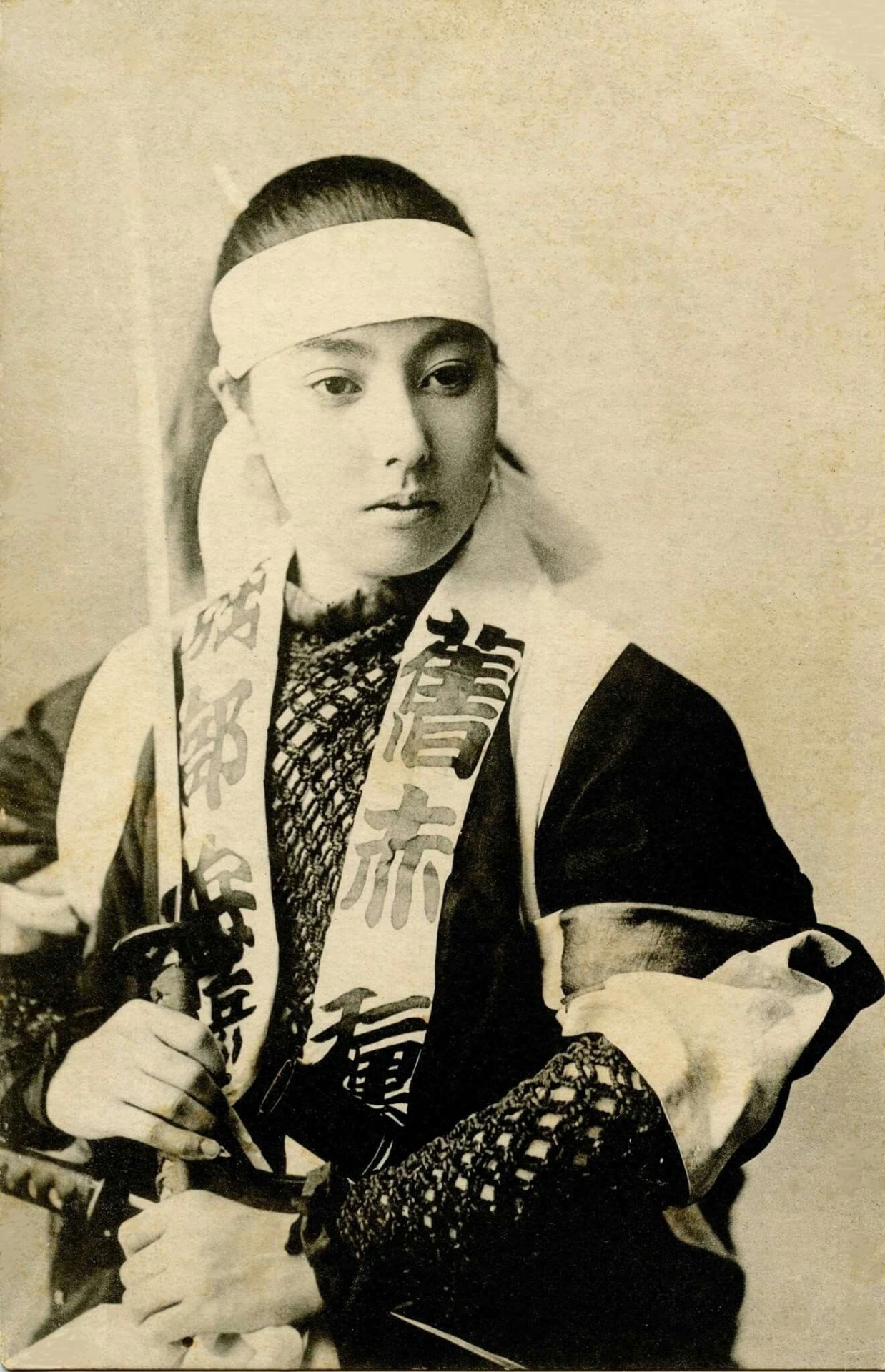
Onna-bugeysha with a katana sword
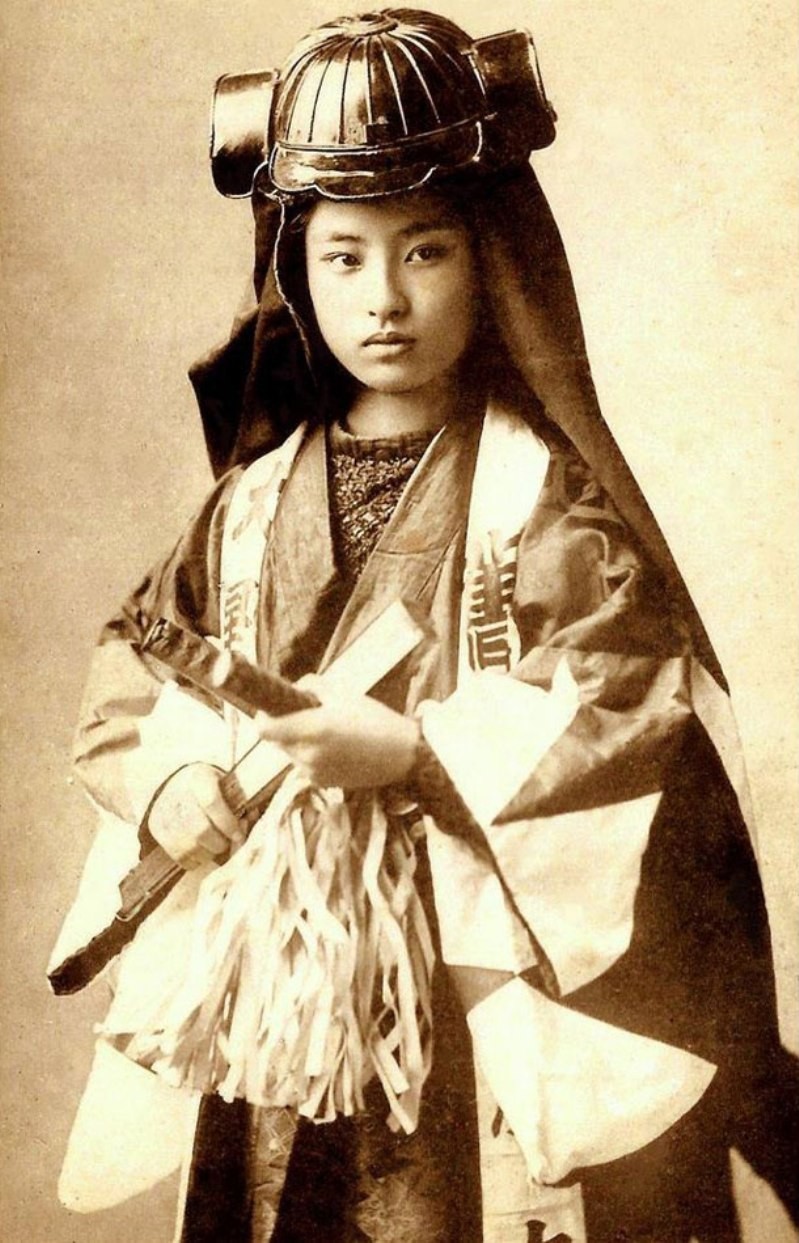
Onna-bugejsya started their training at the age of 12
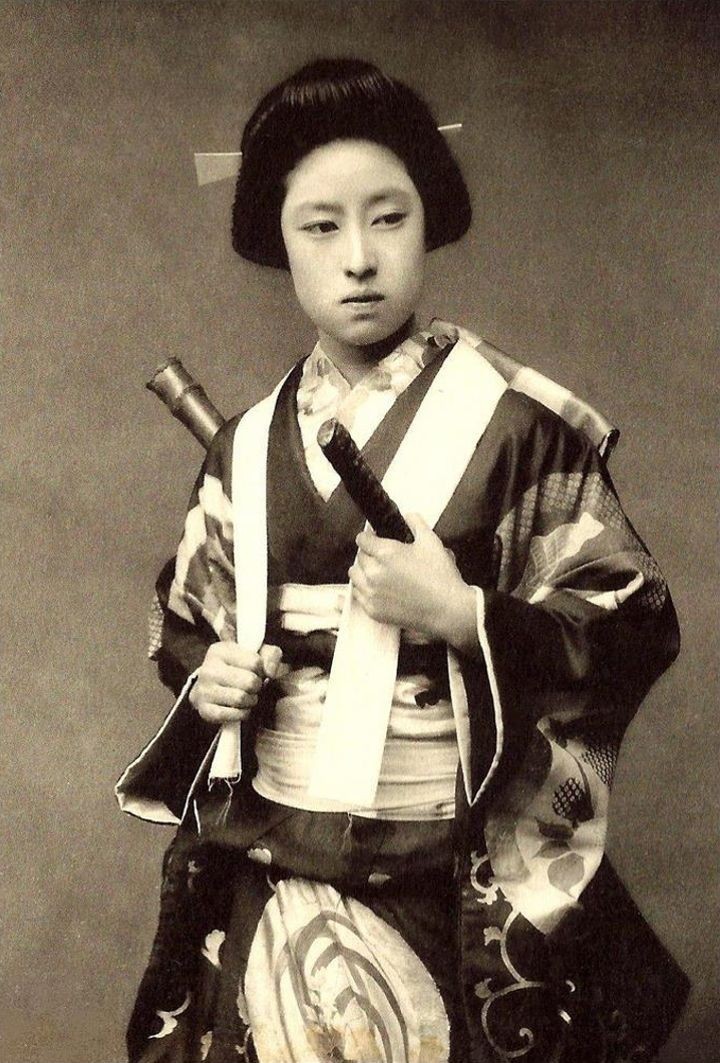
In this photo, we likely see an actress in samurai’s clothing

Female samurai with a traditional sword
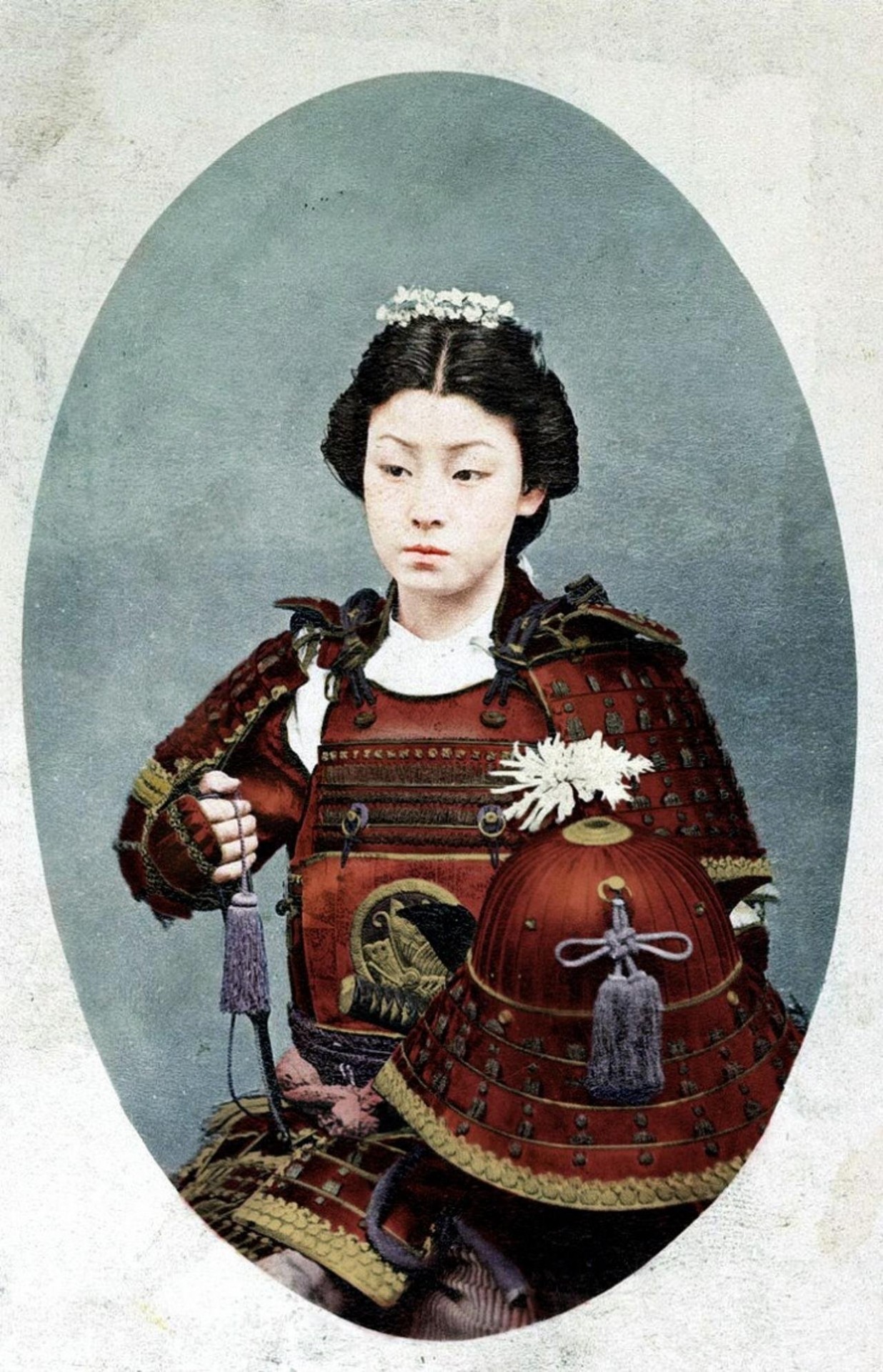
Colorized picture, the middle of the 19th century
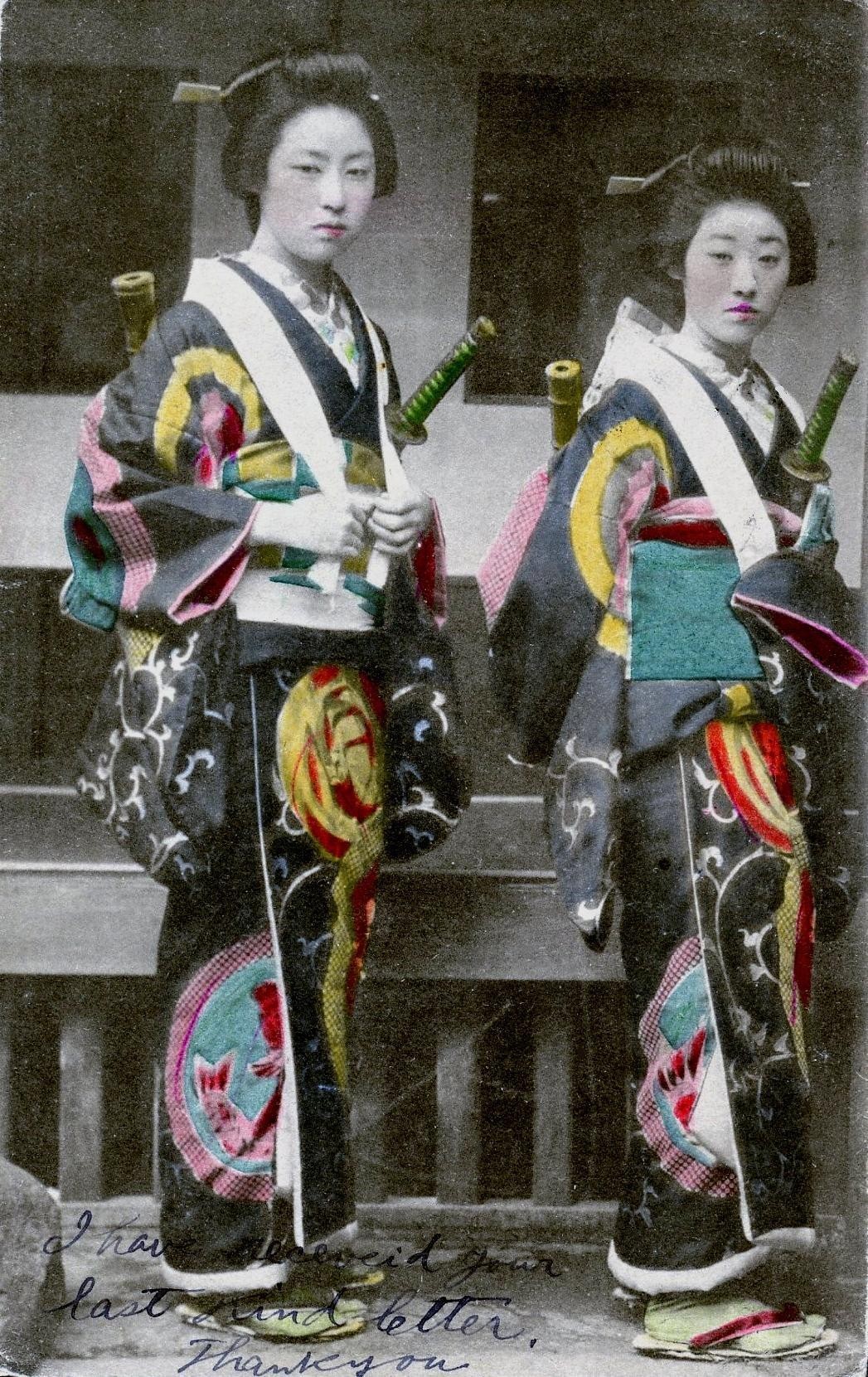
Colorized picture of women samurai
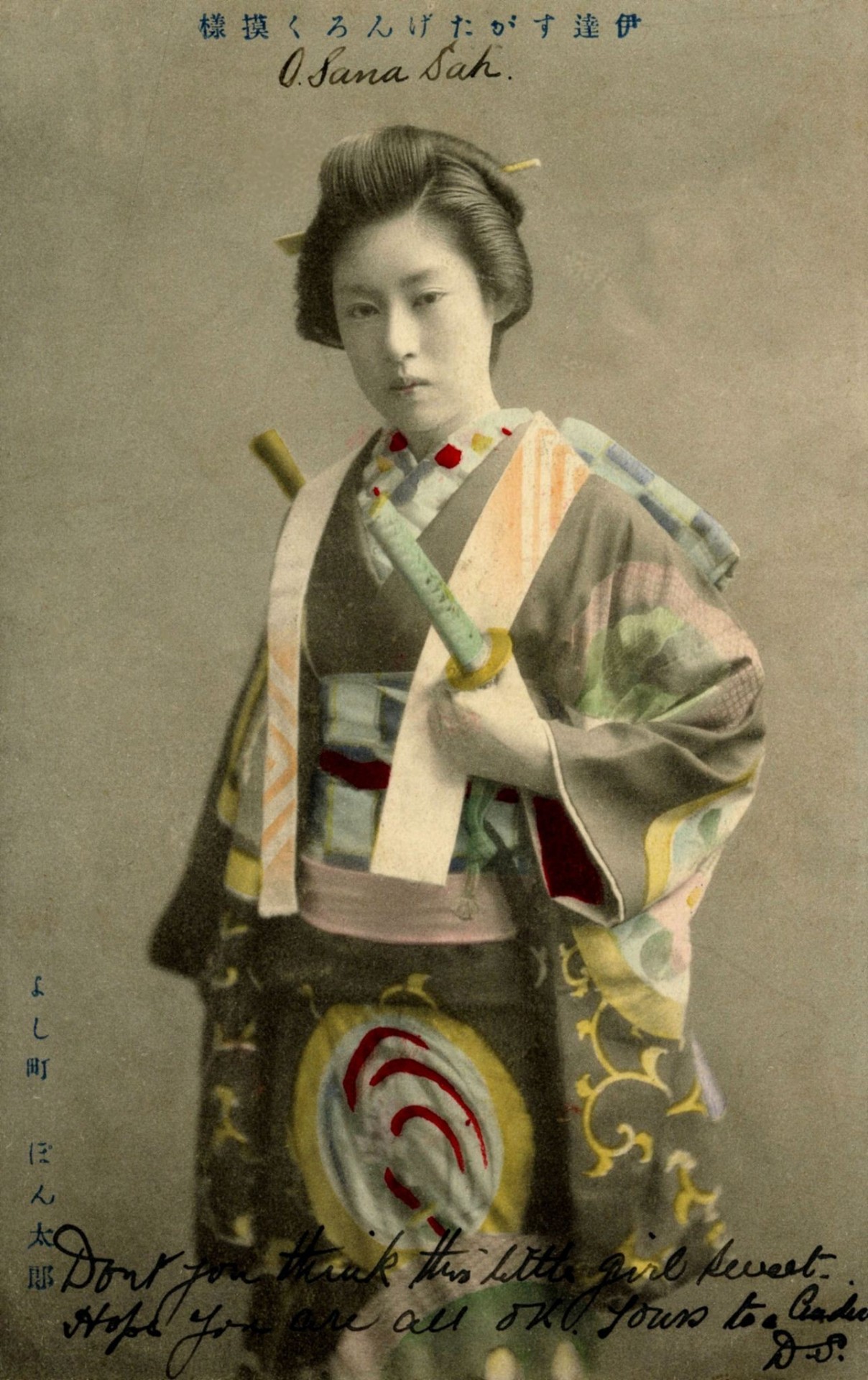
Another colorized picture of female samurai
Сообщение Vintage pictures of samurai women, 19th century появились сначала на Old Pictures.
]]>Сообщение Victorian Era Dentistry in 13 pictures (No anesthesia) появились сначала на Old Pictures.
]]>Although, they presented each other nice Victorian style Valentine’s and invented funny bathing machines to swim in the sea.
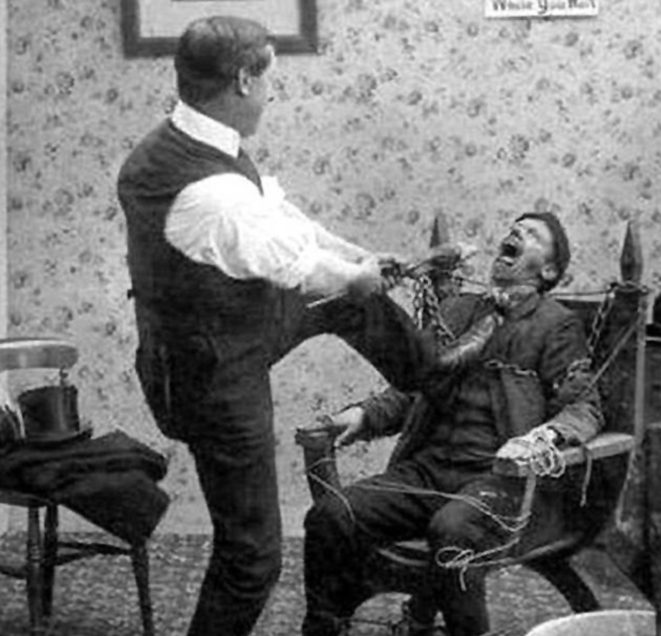
The photographer, with typical English sarcasm, called this shot “Painless tooth extraction”. It seems to be ok to tie the patient to the chair for the Victorian Era dentistry.
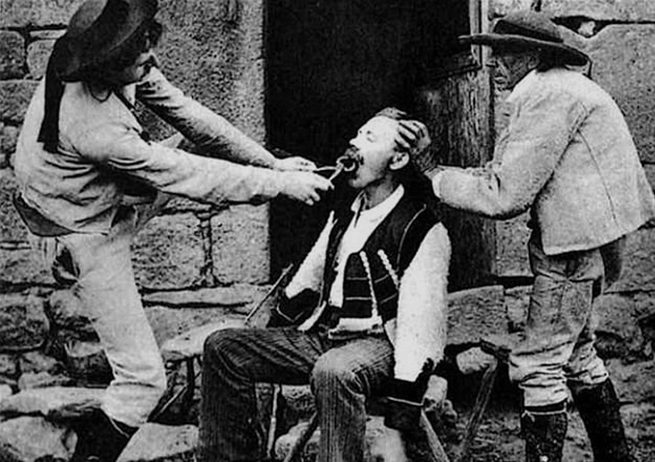
The process of removing a diseased tooth, typical of the 19th century.
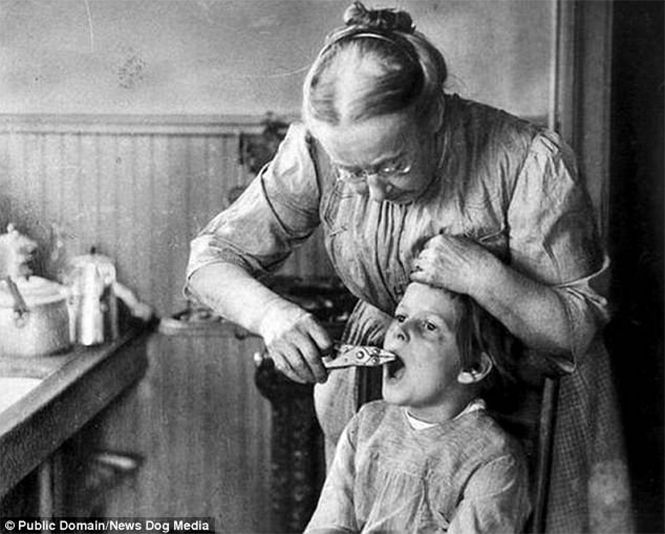
And this is home self-medication, US, the 1910s.
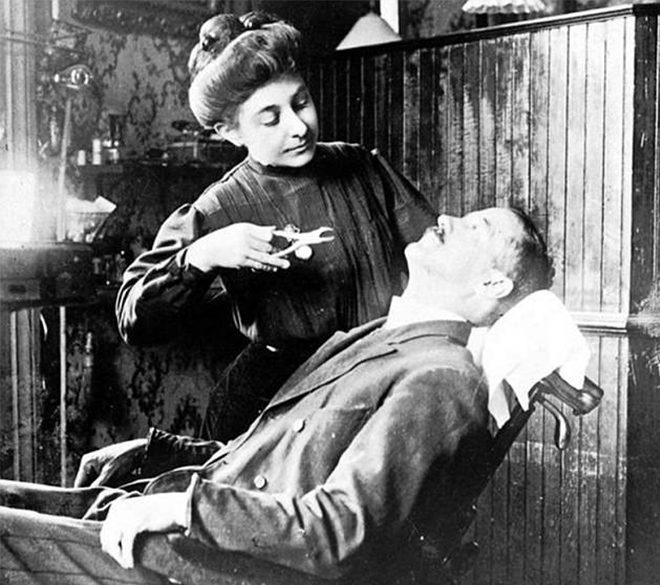
A female dentist in New York removes a tooth, 1905.
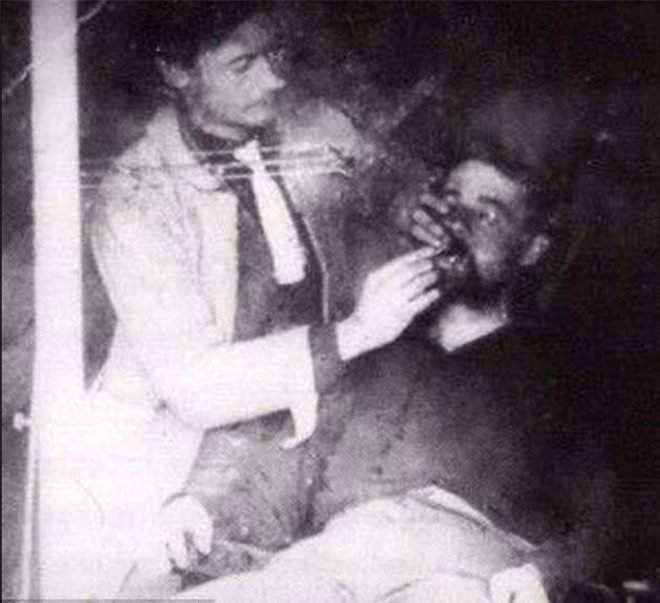
A dentist examines a soldier during the American Civil War.
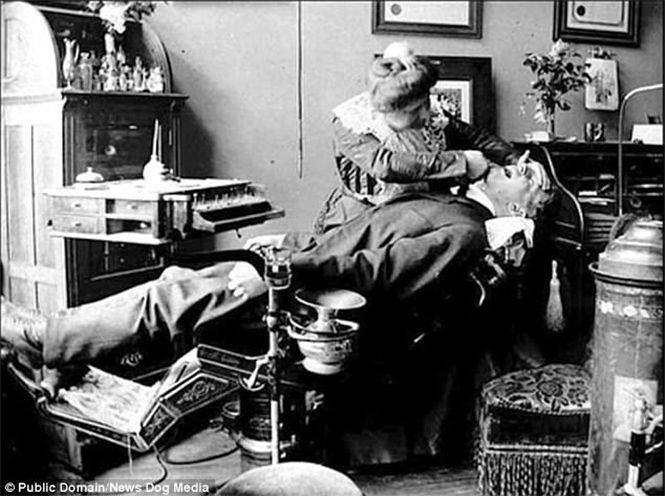
American doctor doing dental surgery, 1910.
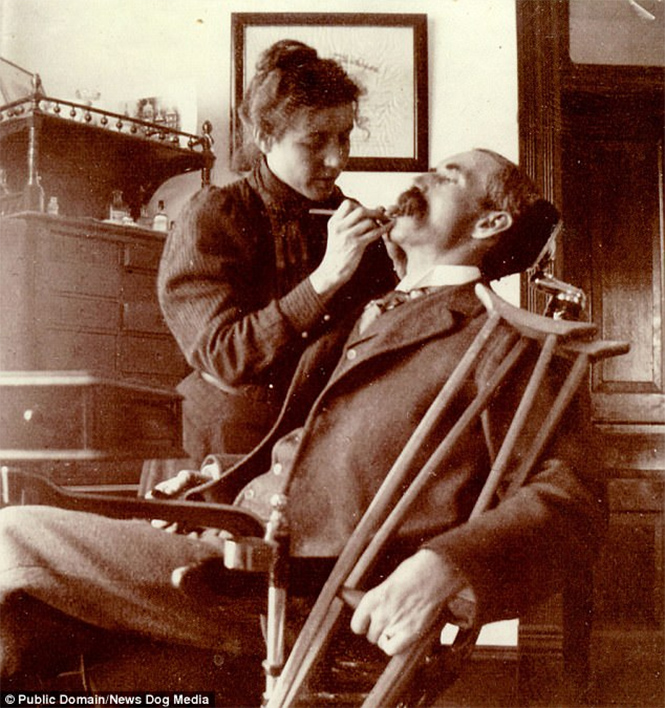
This woman is a certified dentist of the Victorian Era. 1897 year.
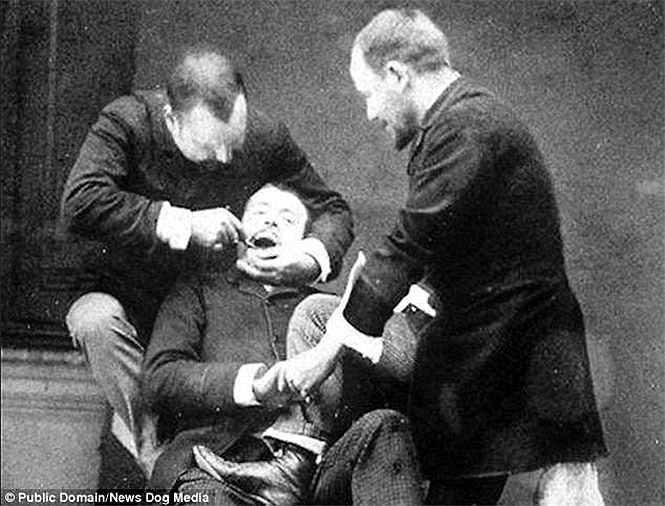
The assistant holds the patient firmly so that he does not twitch or interfere, 1902.
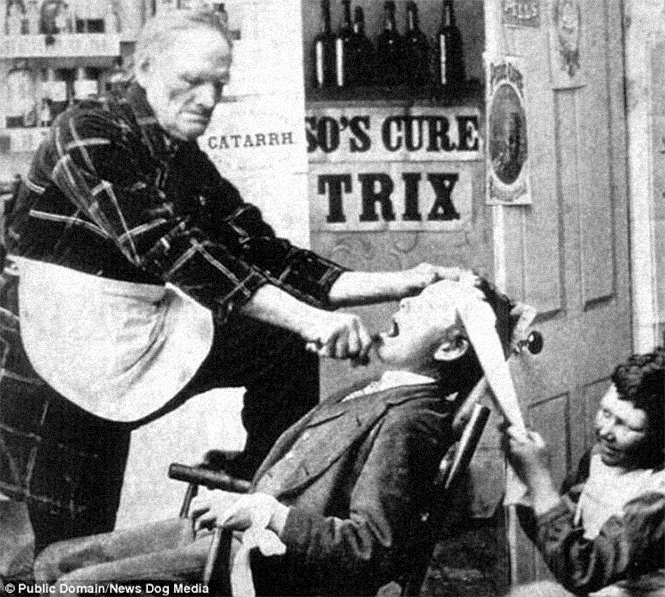
It is clearly visible how the patient is fixed with a towel, 1870s, Britain.
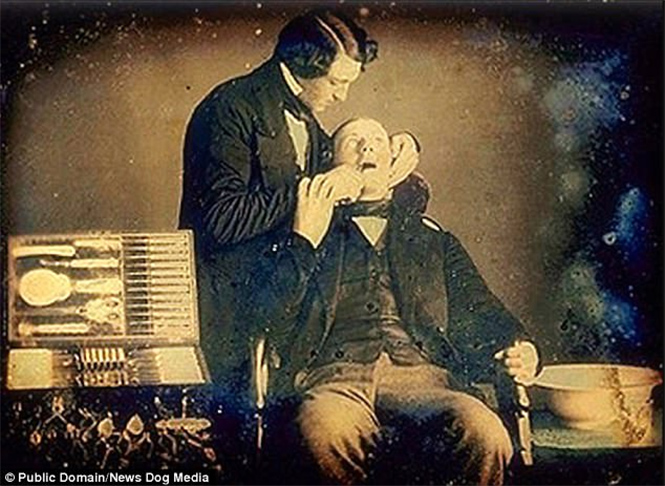
The American dentist removes a tooth, 1855.
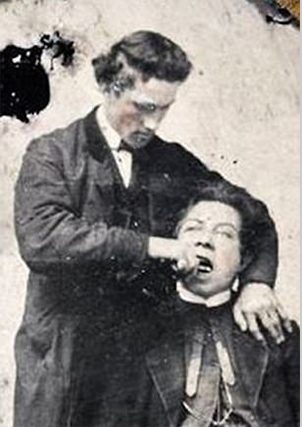
Staged tooth extraction – a classic picture of the Victorian Era dentistry.
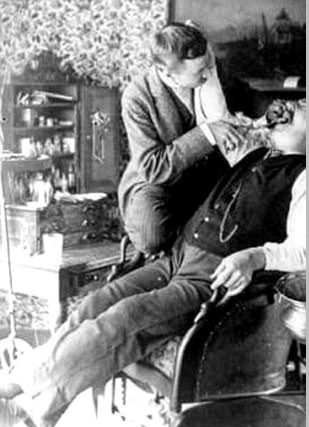
A very painful procedure, 1855.
Сообщение Victorian Era Dentistry in 13 pictures (No anesthesia) появились сначала на Old Pictures.
]]>Сообщение Bathing machine of the Victorian Age in pictures появились сначала на Old Pictures.
]]>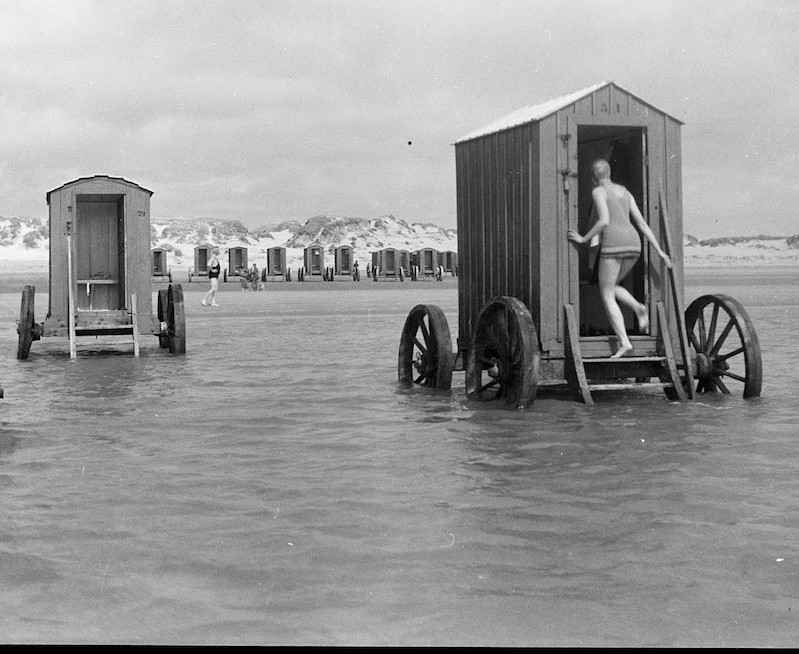 The Bathing machine was one of the craziest inventions that kept privacy during swimming. There was no other socially acceptable way of swimming during the centuries, including the Victorian Era.
The Bathing machine was one of the craziest inventions that kept privacy during swimming. There was no other socially acceptable way of swimming during the centuries, including the Victorian Era.
The fact is that it was hardly possible to peel off your clothes at the beach in the 19th century (and before it). Here’s how the bathing machine was the only option if you’d like to swim.
An average bathing machine had a pretty primitive design. It was just a wooden booth with a hole in the floor.
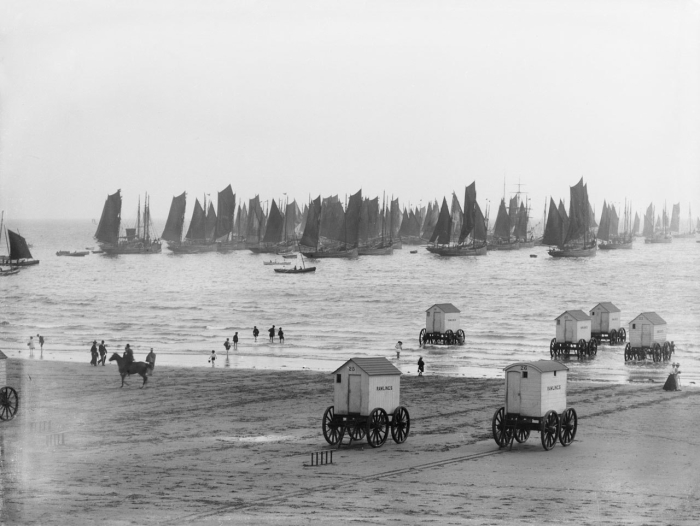
It’s good that in our time, you can simply swim in the sea and sunbathe on the beach without hesitation, but this was not always the case.
Horsepower of the bathing machine
Usually, people used horses to pull the bathing machine into and out of water. Interestingly, sometimes people even didn’t take off the cloths while swimming inside those booths. For example, women were bathing in long dresses, caps, shoes, and pantaloons. And that was the only way how Victorians could splash into a hole in the floor and bath. Otherwise, they had a risk to shock the recreational crowd with the sight of his bare hands.
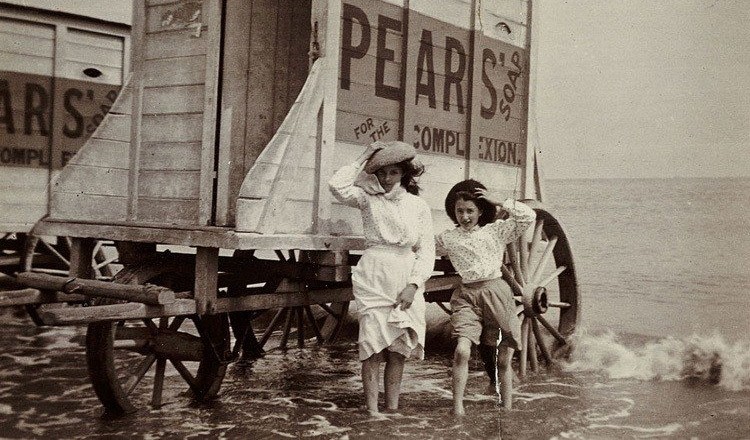
Two ladies wade beside a bathing machine adorned with an advertisement for Pears’ Soap. Photo- SSPL_Getty Images
There was no place for feminism.
The social rules of swimming for females were way more strict. Now it sounds amazing, but in the 18th and 19th centuries, women could not easily put on a swimsuit and just sunbathe or swim on a public beach. It was considered as indecency to appear on the beach in a bathing suit. You had to obey these rules; there were no exceptions. So, the bathing machine was created to keep women’s exceptional dignity and modesty.
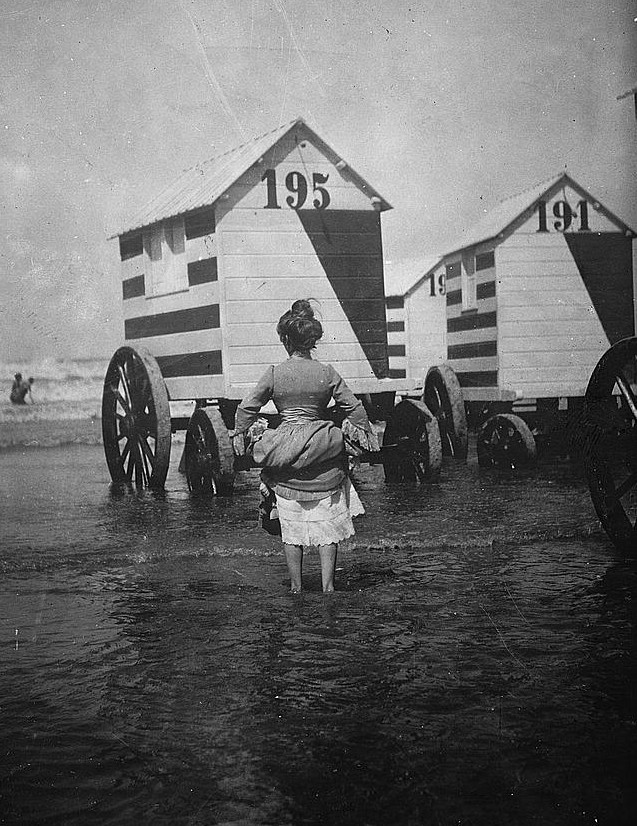
This woman dared to show her legs during the Victorian Era. Unbelievable
As soon as the booth was in the sea, the woman could safely go into it and change into a rather modest swimsuit. The bathing suit looked more like a slightly open stretch pajamas than a real swimsuit. Afterward, a woman could open a special door in the bathing machine and go down into the water away from people’s prying eyes on the beach. The upgraded bathing machines were equipped with special canvas tents that could be lowered directly into the water. This enhancement created an extra area for quiet and secluded bathing.
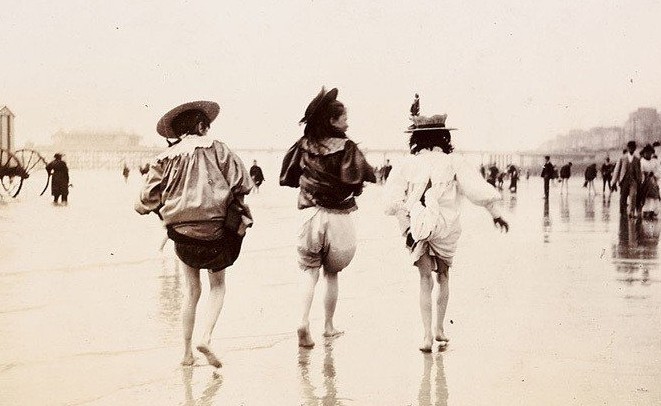
These women are testing the social limits by showing their legs on the beach.
Interesting fact: The first resorts appeared in Europe in the 18th century, and they brought the demand for the swimming suits. However, they were rather vaguely reminiscent of real swimwear. The first women’s “swimsuit” consisted of a long dress with a bodice, crinoline, and a closed collar, a cap on the head, fabric shoes, stockings, and underwear. Women had to tie metal weights to it, to prevent the hem of the dress from lifting during bathing.
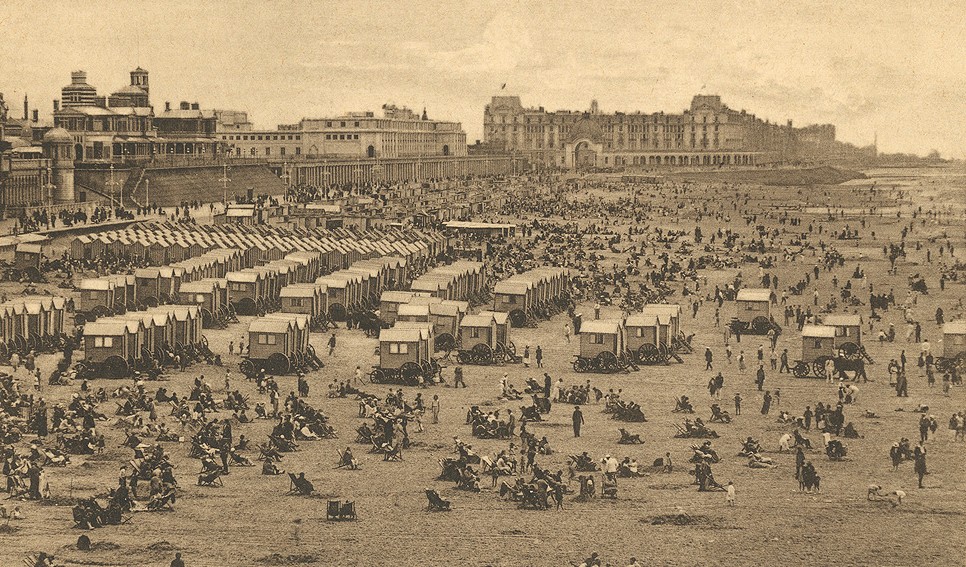
The beach crowded with Bathing machines
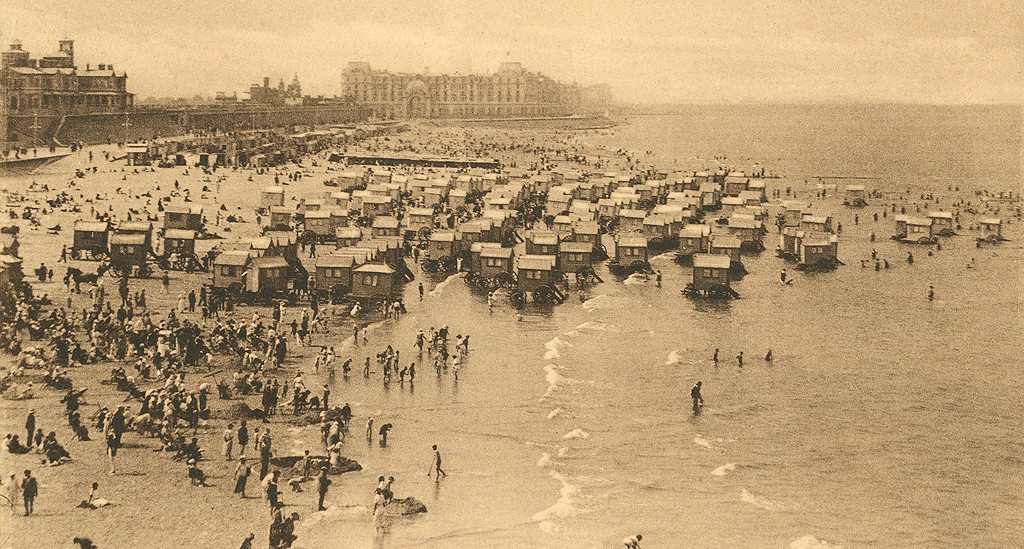
And now they go swimming
Swimming was never so… complicated.
Swimming in such an unusual way was quite problematic. That is why a special female assistant had to accompany the swimmer during the bathing. Her job was to help the noble lady get out of the bathing machine.
We also need to mention that many women did not know how to swim in the 19th century. Here’s why women tied themselves to the bathing machine with a rope.
The first bathing machines appeared in the UK. People started to use them in the 1750s and gradually spread to other countries: France, USA, Germany.
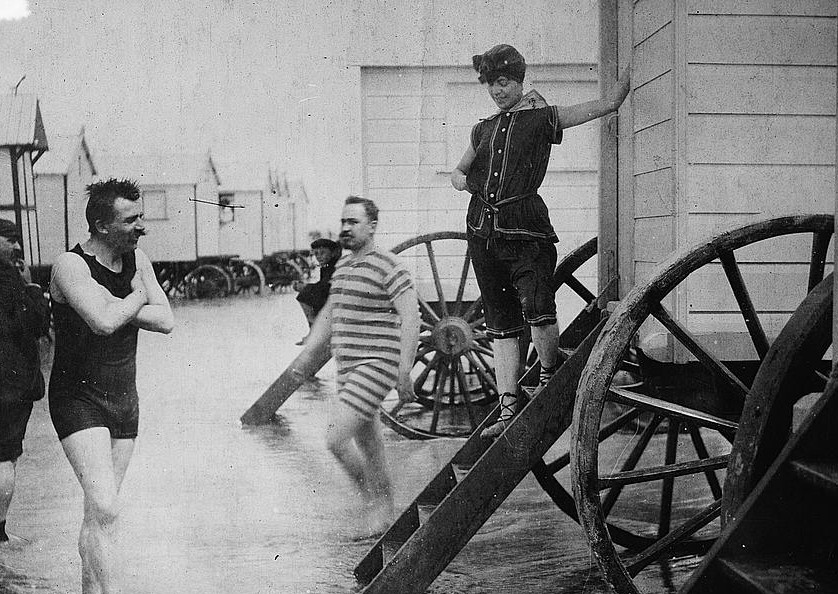
Swimmers between the Bathing machines
The end of the bathing machine
Social rules became milder at the beginning of the 20th century. Men and women even could use the same beach. Here’s why the bathing machine became completely irrelevant by the 1920s. Moreover, freedom reached its climax in Soviet Moscow in the 1920s, where nudism was allowed for a decade. Along with the bathing habits, the fashion for swimwear also changed. Swimsuits became more open and elegant, allowing women to transform them from a simple bathing suit into a special outfit that enhances beauty.
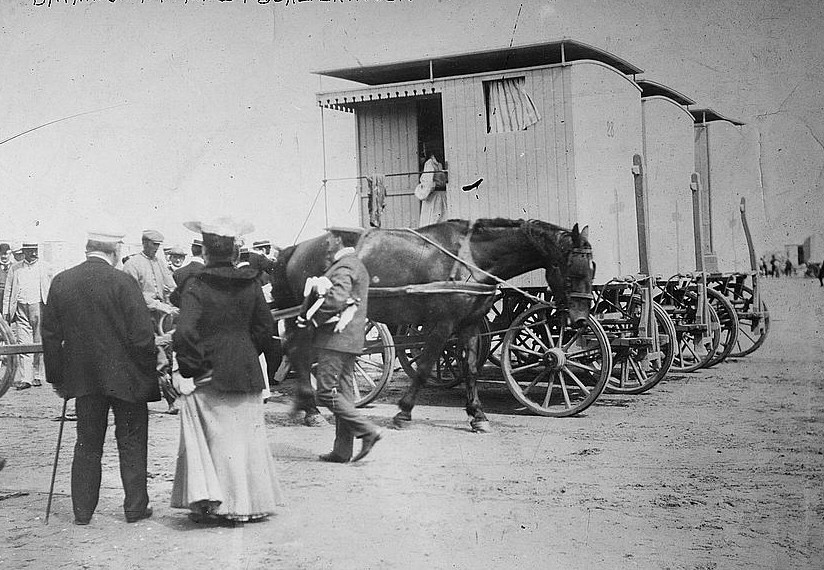
Horses pulled the machines out of water
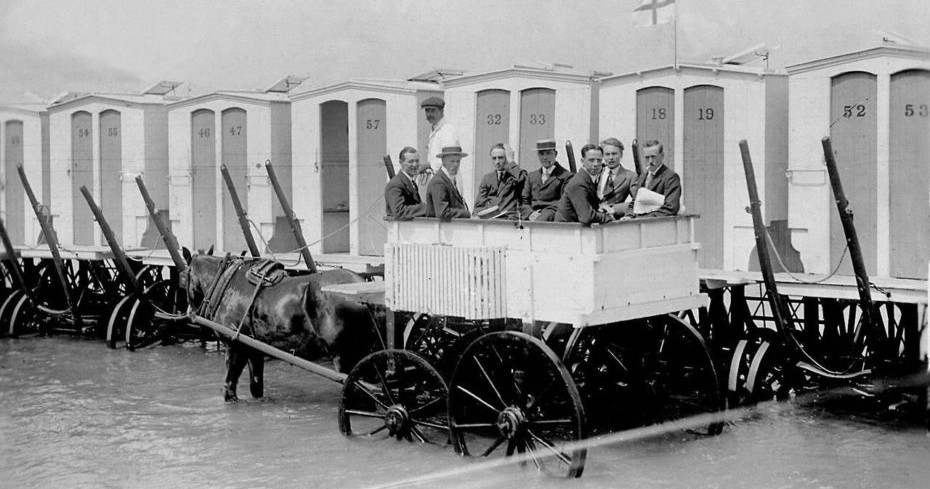
The gentlemen are going to swim
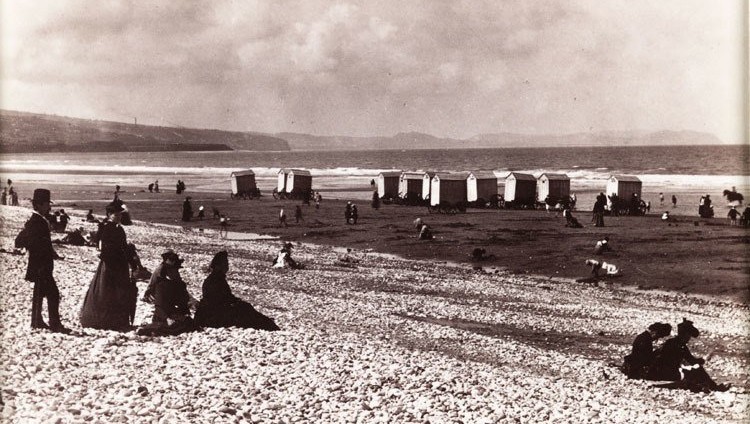
Daytrippers and rows of bathing machines at Pensarn Beach in North Whales, c. 1880. Photo: Getty Images
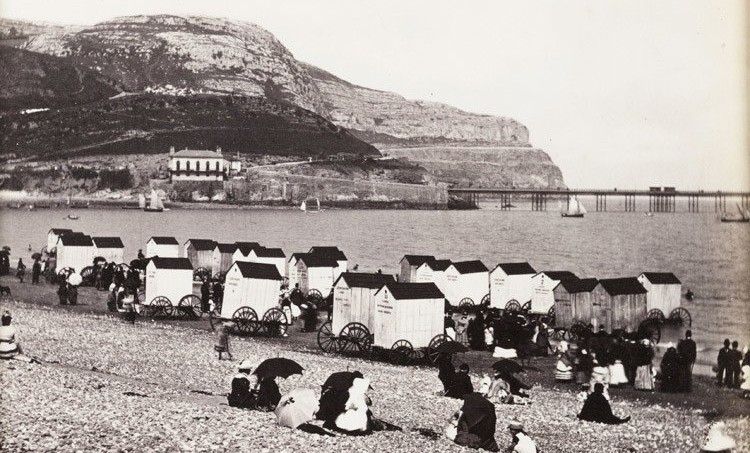
Bathing machines crowd the beach at Llandudno on the north coast of Wales. Photo: Getty Images
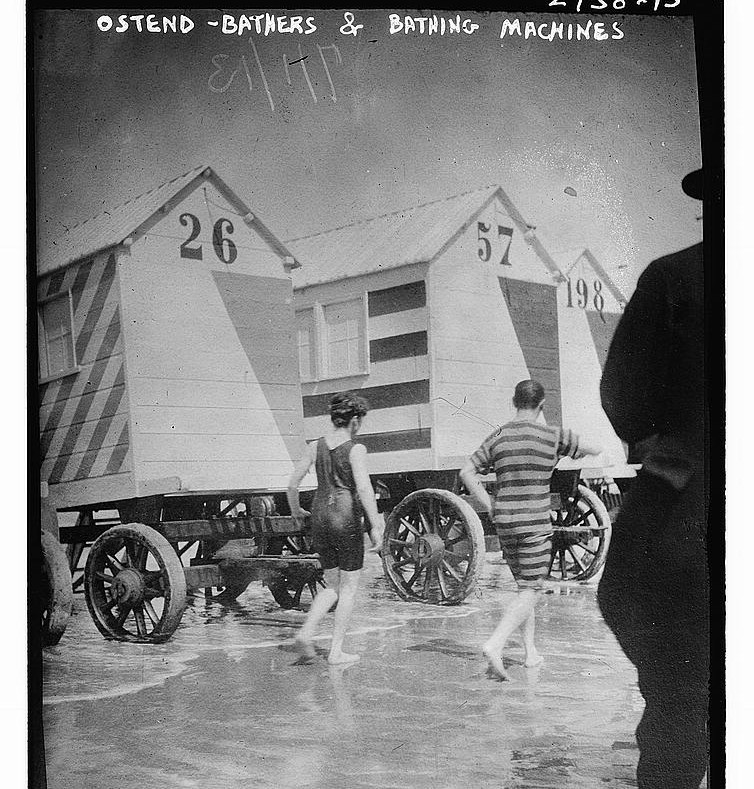
Bathing routine.
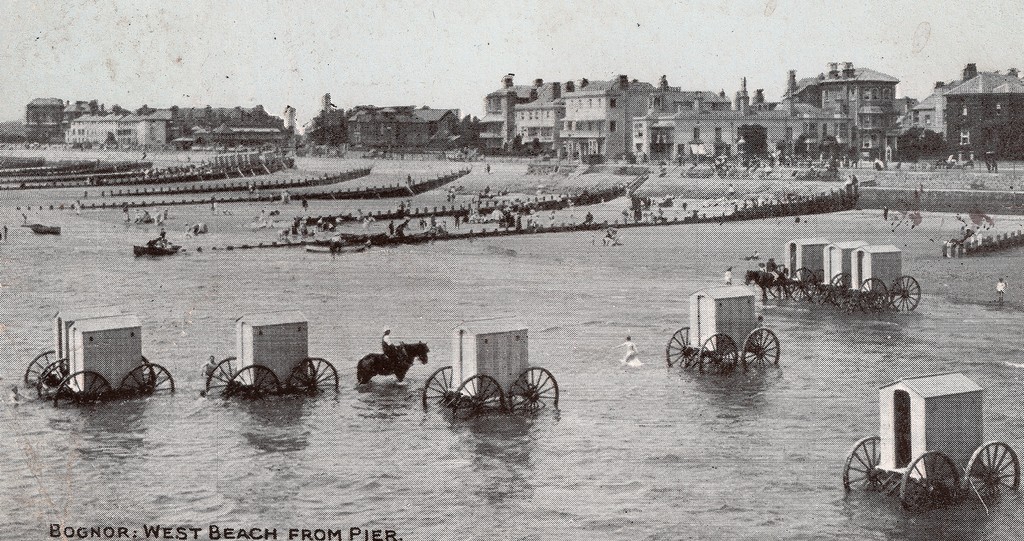
The bathing machine at the West Beach Bognor

A horse pulls a bathing machine into the water at the beach at Margate in Kent. Photo: Getty Images
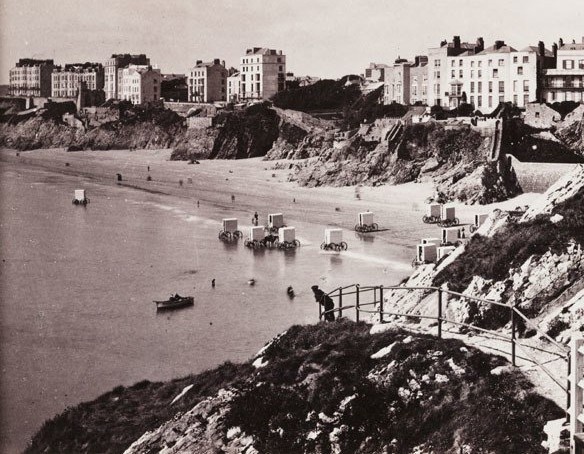
A view of Tenby’s town in Pembrokeshire, Wales, took from St. Katherine’s Rock. Photo: Getty Images
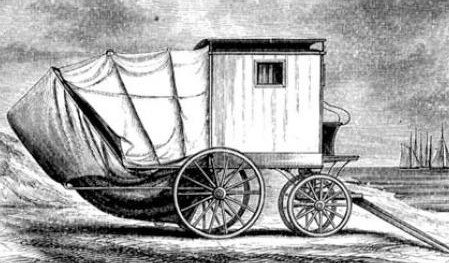
An example of an early bathing machine, equipped with a canvas tent lowered from the seaside door for extra privacy.
Сообщение Bathing machine of the Victorian Age in pictures появились сначала на Old Pictures.
]]>Сообщение Young Stalin: noteworthy photos and life facts появились сначала на Old Pictures.
]]>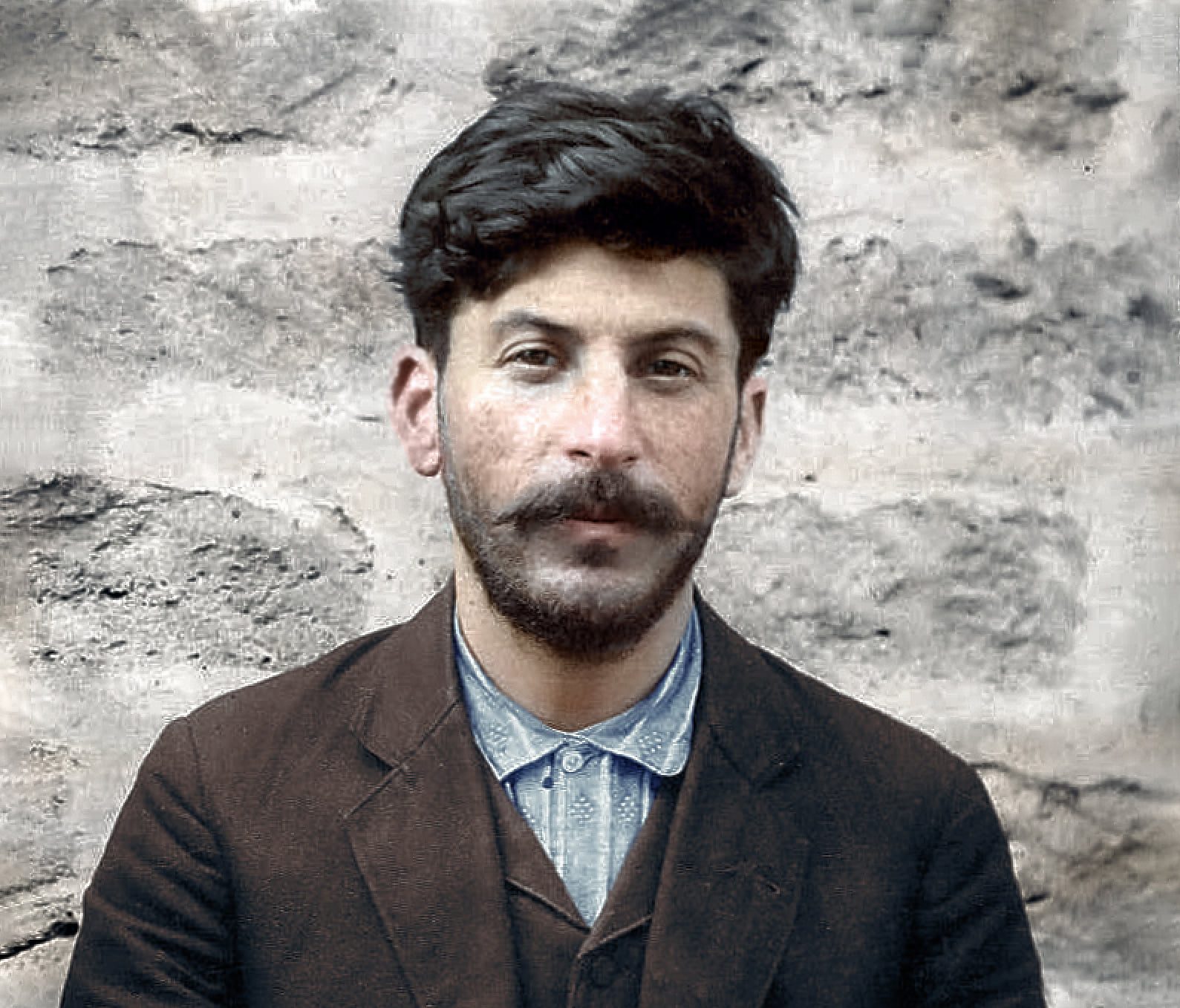 Joseph Vissarionovich Dzhugashvili changed his name to Stalin at a very young age. Stalin derives from Steel, emphasizing the strength of character. And it seems like a young Georgia-born revolutionary perfectly knew that Stalin would be the best fit for the role that he was going to play in history. Stalin belongs to the same generation of politics as Winston Churchill, Adolf Hitler, and Franklin D. Roosevelt. His role in history is full of contradictions. While leading USSR to the victory in WW2, Stalin ruled as dictator causing repressions and a considerable amount of deaths inside the country.
Joseph Vissarionovich Dzhugashvili changed his name to Stalin at a very young age. Stalin derives from Steel, emphasizing the strength of character. And it seems like a young Georgia-born revolutionary perfectly knew that Stalin would be the best fit for the role that he was going to play in history. Stalin belongs to the same generation of politics as Winston Churchill, Adolf Hitler, and Franklin D. Roosevelt. His role in history is full of contradictions. While leading USSR to the victory in WW2, Stalin ruled as dictator causing repressions and a considerable amount of deaths inside the country.
Joseph Dzhugashvili was born on December 18, 1879, in the city of Gori, Georgia. This territory was a part of the Russian Empire then. Joseph’s parents were shoemaker Vissarion Dzhugashvili, and a laundress Ketevan Geladze.
There’s a theory that links childhood traumas and illness with character development. Young Joseph had plenty of them. At the age of 7, he contracted smallpox, that covered his face with pockmarks. And now an interesting one: Stalin’s face looks smooth on all of these historical pictures. It is a result of the retouching. Stalin cared about his images and ordered to hide the pockmark scars on his face.
He also had congenital disabilities: fused second and third toes on his left foot. In 1885, Joseph suffered a phaeton accident. He severely injured his arm and leg; he couldn’t fully bend his left arm after that accident, and it seemed shorter than his right one.
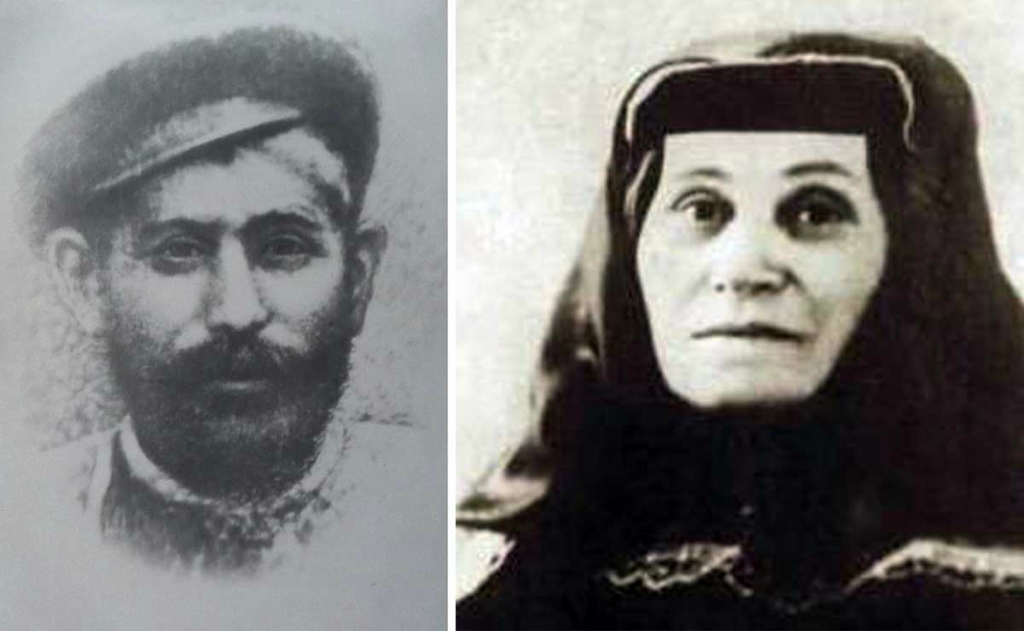
Vissarion and Ketevan Djugashvilli
The drunken story of Joseph’s father
Stalin’s father Vissarion (Beso) was a shoemaker of the village of Didi-Lilo, Tiflis (modern Tbilisi) province. He was always drunk and was reported to local police for the brutal assaults of his wife Ketevan and little Coco (a nickname of young Stalin). There is a story that Joseph tried to protect his mother from his drunk father. A kid threw a knife at Vissarion and ran away. According to the memories of the son of a policeman in Gori, on another occasion, Vissarion broke into the house where Ketevan and little Coco were covering. He beat up both of them, damaging the head of his son.
Joseph was the third son of the family. His elder brothers died at a very young age. The shoemaking business of Stalin’s father didn’t do well. The family frequently relocated, seeking a better job. Ultimately, Vissarion left his wife and tried to take his Joseph with him. Ketevan didn’t let him do so. Joseph was eleven years old when his father “died in a drunken fight.” Someone stabbed him with a knife. No one could keep young kid from spending time in the streets of Gori in a lousy company of local thugs and outlaws.
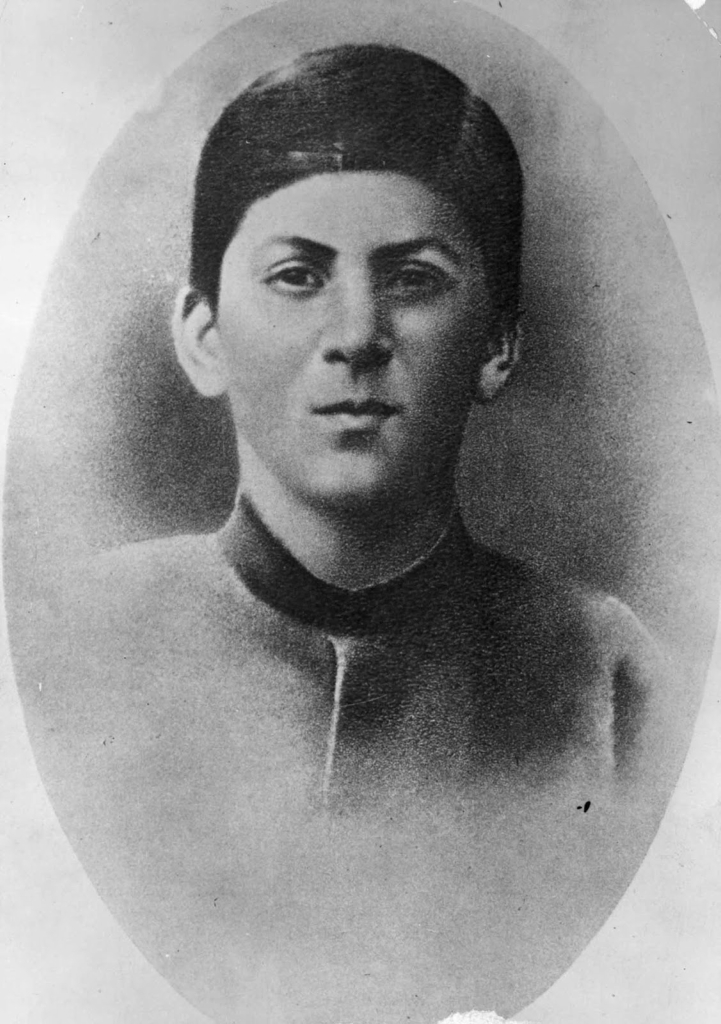
Young Stalin at the age of 15.
Motherlove almost saved Joseph.
Ketevan Georgievna, a mother of Stalin, knew the dark side of his son. She saw how the father’s cruelty corrupted the kid’s character, making his character hideous and evil. Ketevan was a hard-working woman who often punished her only child but loved him at the same time. Stalin’s childhood friend David Machavariani said that “Kato surrounded Joseph with excessive maternal love and, like a mother-wolf, protected him from everyone and everything. She exhausted herself with work to make her darling child happy.”
Historians claim that Ketevan knew about the evil side of Joseph’s character and tried to compensate it with religious education. She even hoped that her son would become a priest. Ketevan tried to assign Joseph to study at the Gori Orthodox Theological School. However, Stalin didn’t speak Russian at all and failed exams. Priest Christopher Charkviani taught Joseph the Russian language during several next years. Stalin spent one year in the Orthodox school and, by the end of the first year, decided he did not believe in God.
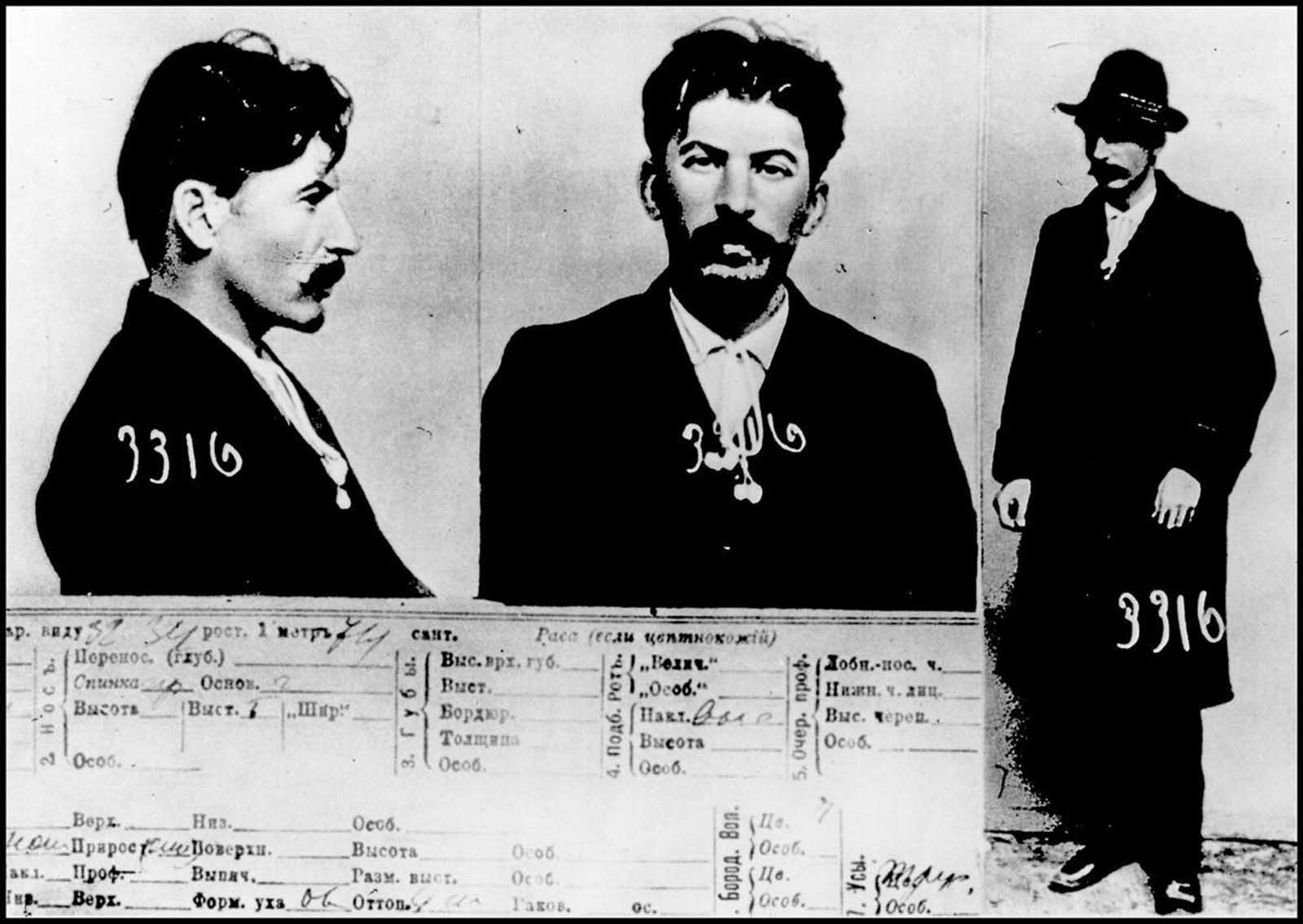
The mugshot and the police card on “I. V. Stalin.” Archives of the police in Saint Petersburg, 1911
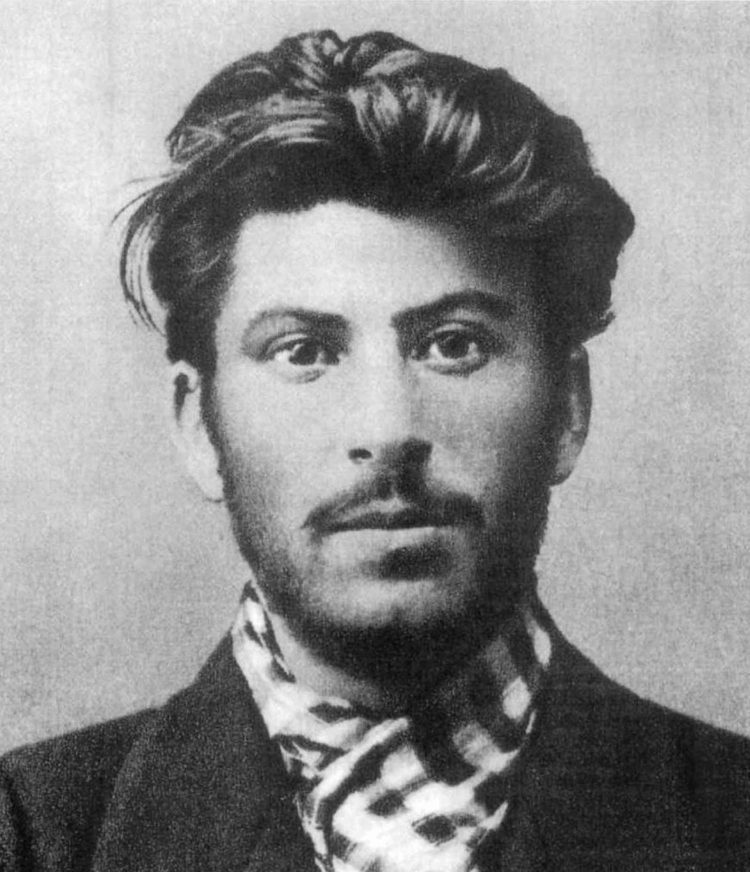
Joseph Stalin at the age of 23
Young Stalin, a gifted student of Marx
Joseph passed the entrance exams and was enrolled in the Orthodox Tiflis Theological Seminary in September 1894. It was a place where Stalin contacted the Marxist Communistic Ideology for the first time. Stalin recalled: “I entered the revolutionary movement at the age of 15 when I got in touch with the underground groups of Russian Marxists who were then living in Transcaucasia. These groups had a great influence on me and instilled in me a taste for underground Marxist literature.”
According to the English historian Simon Sebag-Montefiore, Joseph was an extremely gifted student. Stalin received excellent grades in all subjects: mathematics, theology, Greek, and Russian. Stalin liked poetry and even wrote a few poems in Georgian.
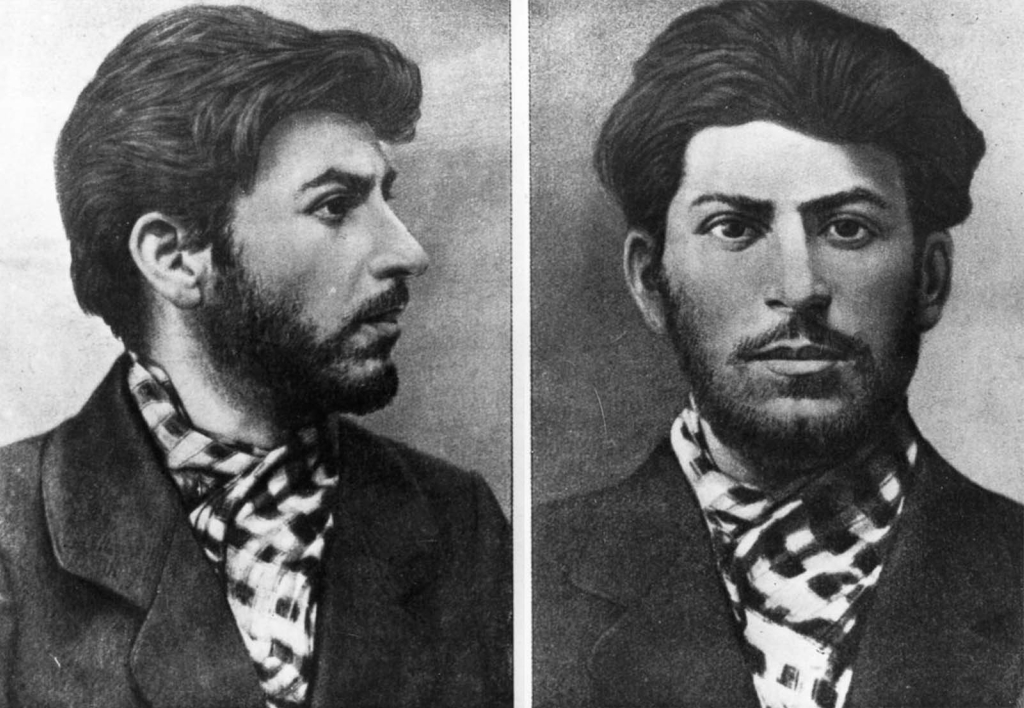
The first mugshot from the police archive, 1908
Stalin had gained the experience of a propagandist in 1898, during a meeting with workers at the apartment of the revolutionary Vano Sturua. He organized an association of the young railroad workers and began to teach them Marxist ideas. In August, Joseph joined the Georgian Social-Democratic organization “Mesame-dasi”. Young Stalin formed the core of the revolutionary minority of this organization, the majority of which supported the positions of “legal Marxism” and inclined towards nationalism.
On May 29, 1899, in his fifth year of study, Stalin was expelled from the seminary “for not showing up for exams for an unknown reason”.
After leaving the seminary, Stalin worked in a weather office until, in 1901, when he devoted himself to boot-strapping underground revolutionary.
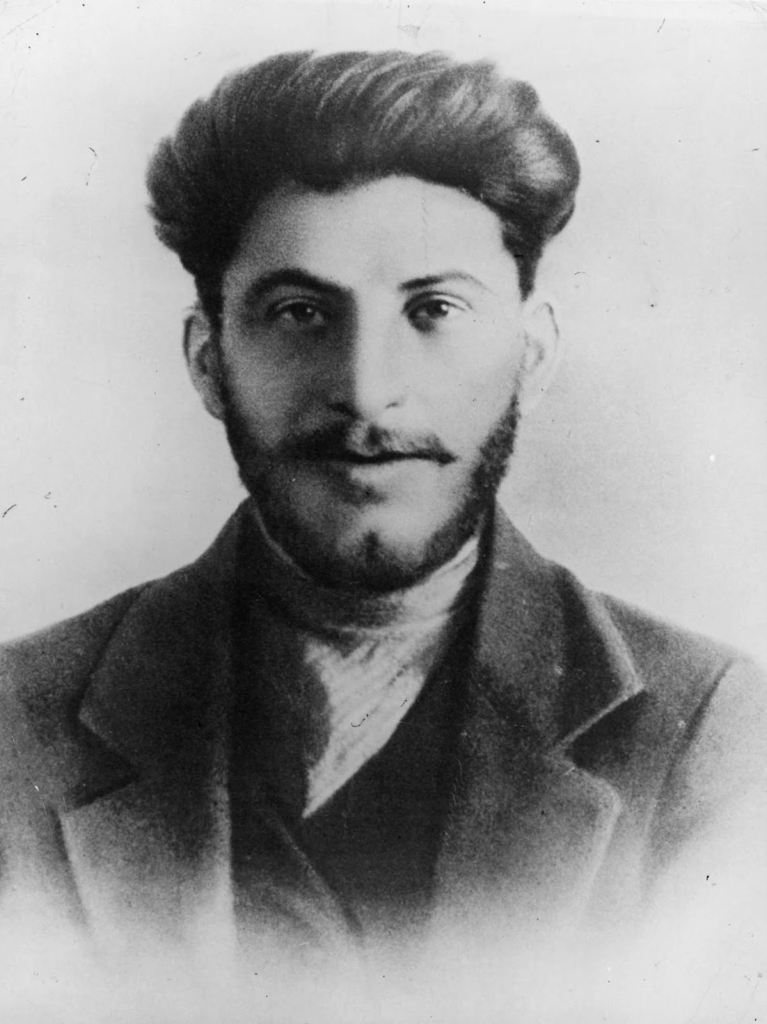
The secret police of the Russian Empire caught Joseph Stalin three times upon his tries to escape the exile.
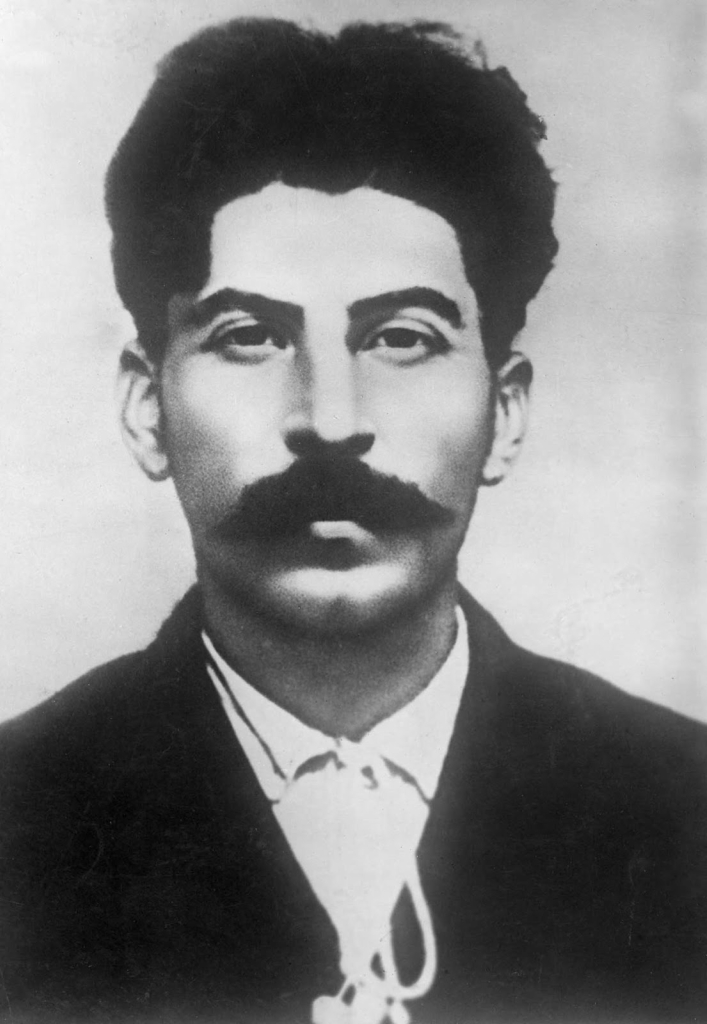
From the police archives, 1909
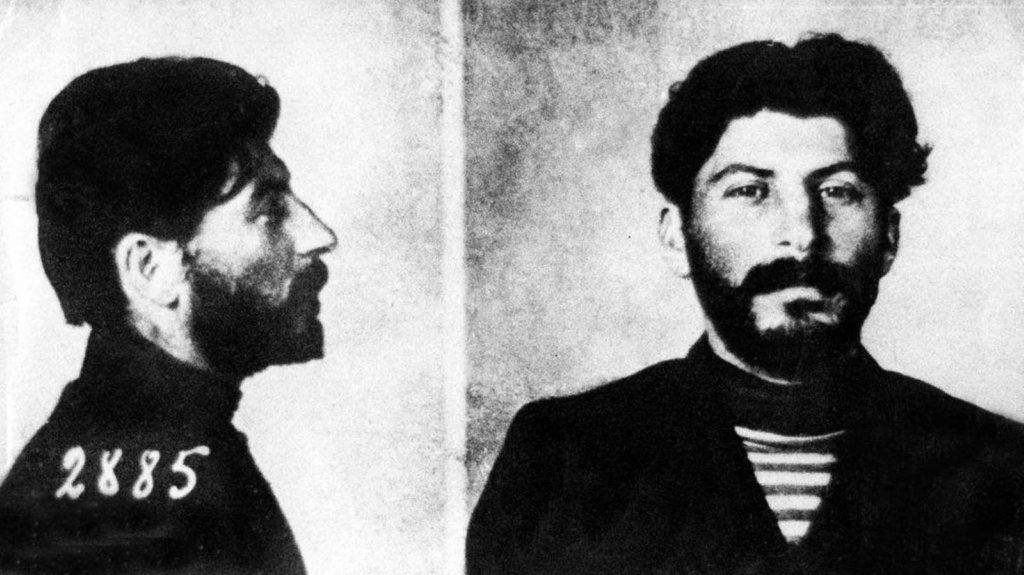
From the police archives, 1910
A bright revolutionary start
The name of Stalin became widespread in September 1901, when a young illegal newspaper, “Brdzola” (“Struggle”) published his article on the front page. Later the authority of the Russian Social-Democratic party involved 22-years old revolutionary into the organization of their new Batumi branch.
This party split in 1903 into more and less radical branches. Young Stalin joined the more radical group of Bolsheviks. Overal he triggered more aggressive revolutionary activities within the Bolsheviks wing of the party. He contributed to the party fundraising actively. Stalin organized several robberies and blackmailed — even kidnapping.
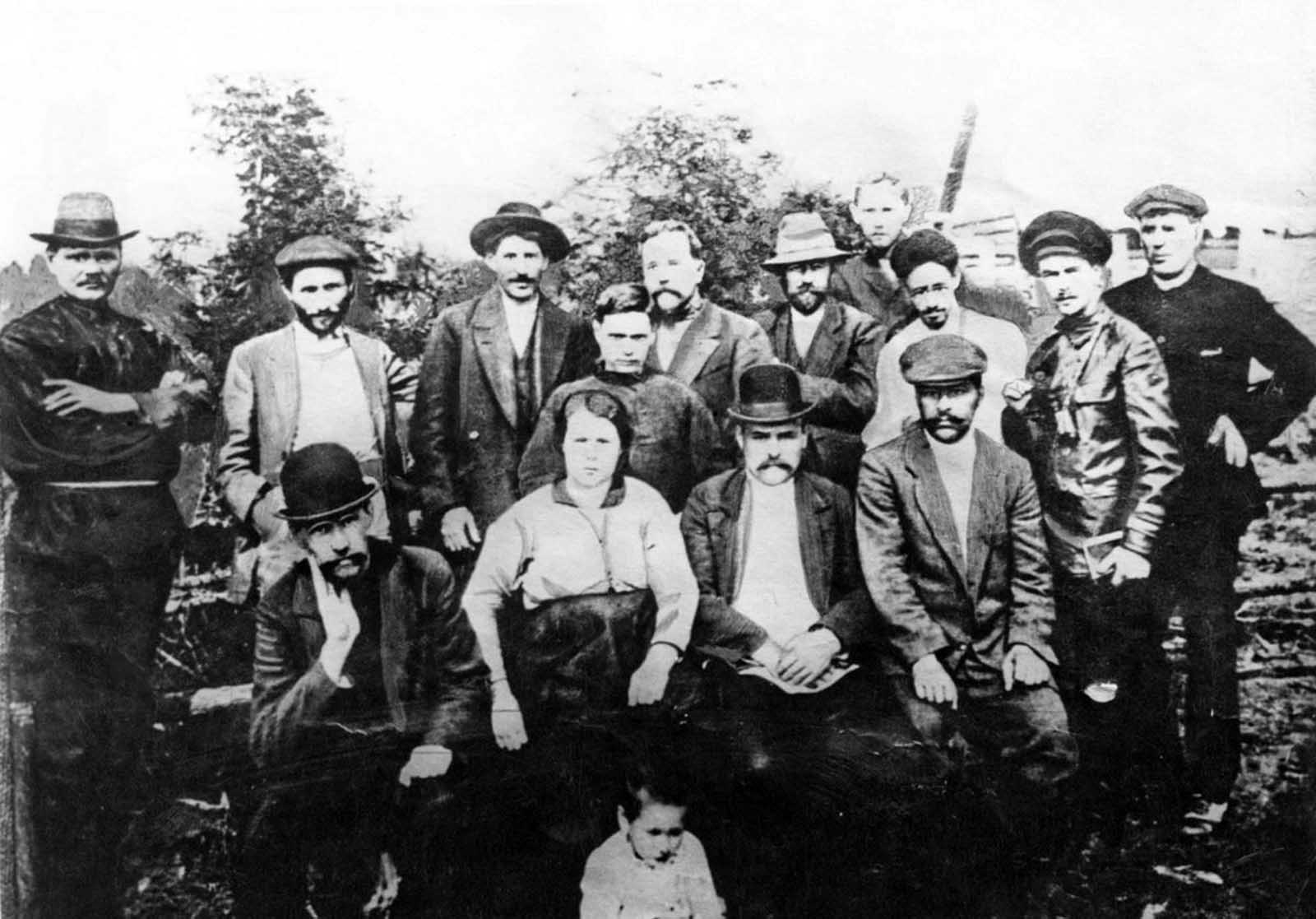
Stalin (standing, third from left) with a group of Bolshevik revolutionaries in Turukhansk, Russian Empire. 1915.
In 1904, Joseph organized a grand strike of workers in the oil fields in Baku. This protest ended up with the agreement between the strikers and owners. It was a massive success for a young revolutionary. Communists’ party career of young Stalin skyrocketed. Joseph attended the 1st conference of the Bolshevik’s party in Tammerfors (Finland), where he first personally met Lenin. Stalin traveled to Stockholm next year while attending the Communist’s event. It was his first trip abroad.
Young Stalin didn’t forget about his personal life while building a communist career. On the night of July 16, 1906, Joseph Dzhugashvili got married to Ekaterina Svanidze. Stalin’s first son, Yakov, was born in 1907. Stalin’s wife died of typhus at the end of the same year.
Meanwhile, Stalin continued to prove his reputation as a productive communist party member. He visited several Bolshevik’s events, including one in London. He appeared on the radars of the Russian police as a result. Stalin was twice in exile in the town of Solvychegodsk, Vologda province – from February 27 to June 24, 1909, and from October 29, 1910, to July 6, 1911. Joseph escaped the exile twice, but police officers arrested him again all the time.
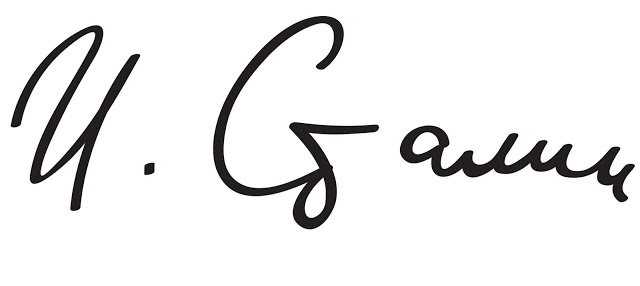
Signature of Joseph Stalin from his forged passport. This fake document allowed Joseph to escape from his 3rd exile in Syberia.
The Syberia home of the name Stalin
Joseph used both Stalin and Djugashvili names until 1912. He renamed himself ultimately during the exile in Siberia. This time, the place of exile was the city of Narym, Tomsk province. It was a harsh and cold place in the heart of Syberia. Stalin spent 41 days in Narym – from July 22 to September 1, 1912. He managed to bribe the secret police and escape the exile. Joseph used a forged passport with a Stalin name to board a train and directed to the European part of Russia. He became a founding member of the Pravda newspaper during this period.
Police arrested Stalin the fourth time in March 1913. The secret police were very cautious this time and managed to keep him in exile until 1916.
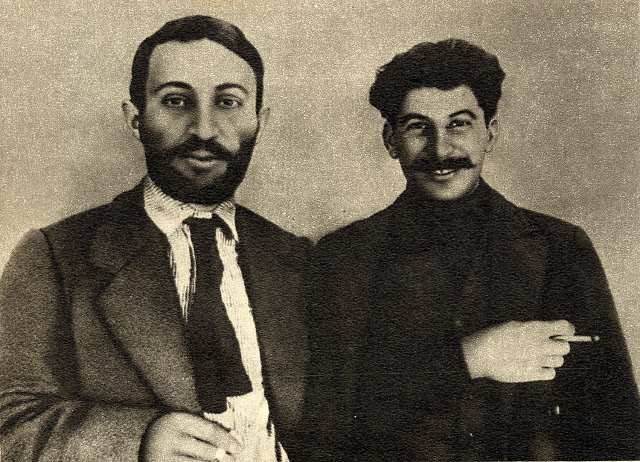
Joseph Stalin and Suren Spandarjan, 1915
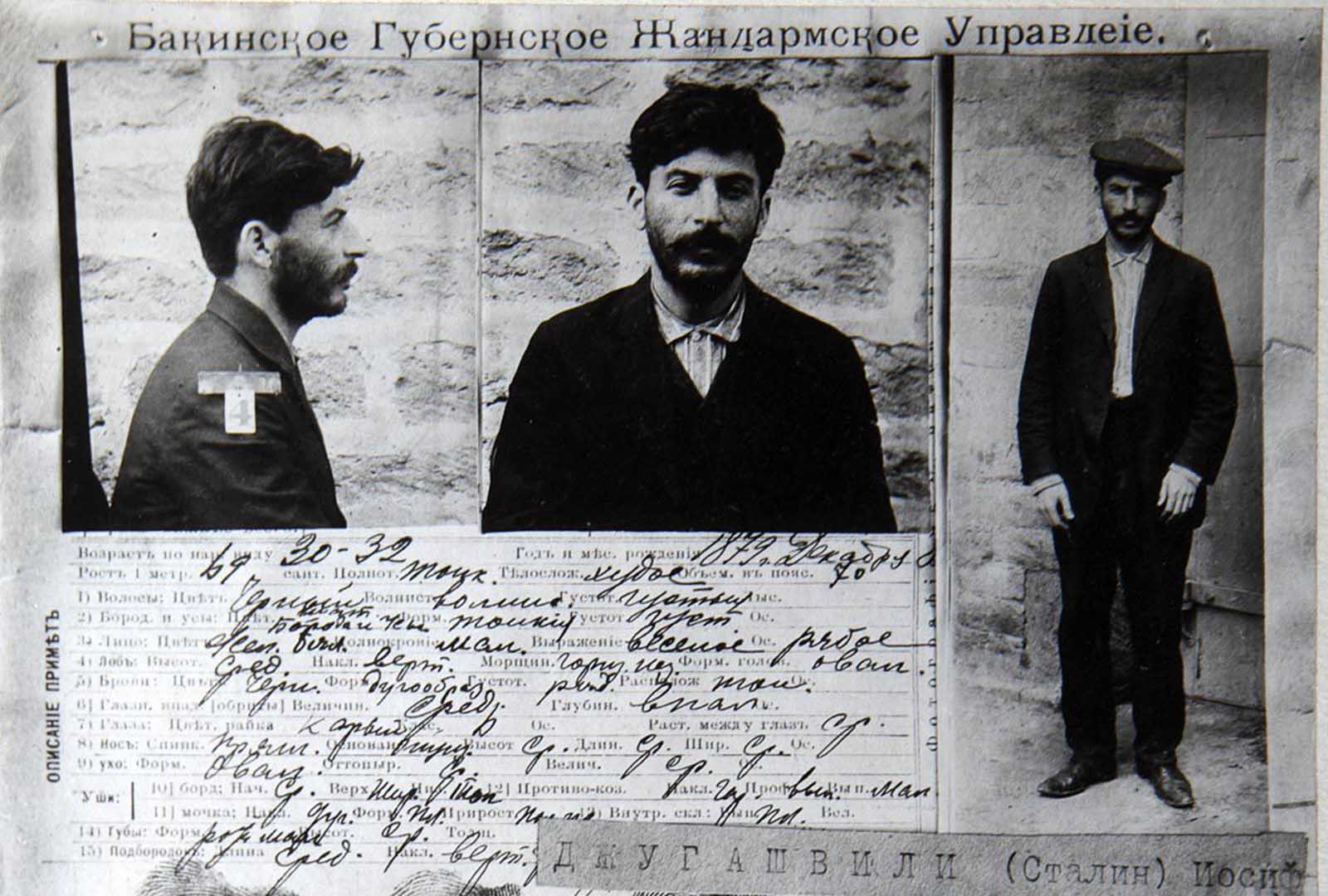
A criminal file on Stalin following his arrest in Baku, Azerbaijan. 1910.
A fresh start
February Revolution set Stalin free. He hurried back to St. Petersburg to meet Lenin again from Switzerland. Meanwhile, Joseph became a member of the editorial board of the newspaper Pravda.
Stalin supported Lenin’s concept of transforming the “bourgeois-democratic” February revolution into a proletarian socialist revolution. Stalin joined the Central Committee of the Bolshevik’s party in April. He participated in the First All-Russian Congress of Soviet Workers and Soldiers; was elected a member of the All-Russian Central Executive Committee and a member of the Bureau of the All-Russian Central Executive Committee from the Bolshevik faction.
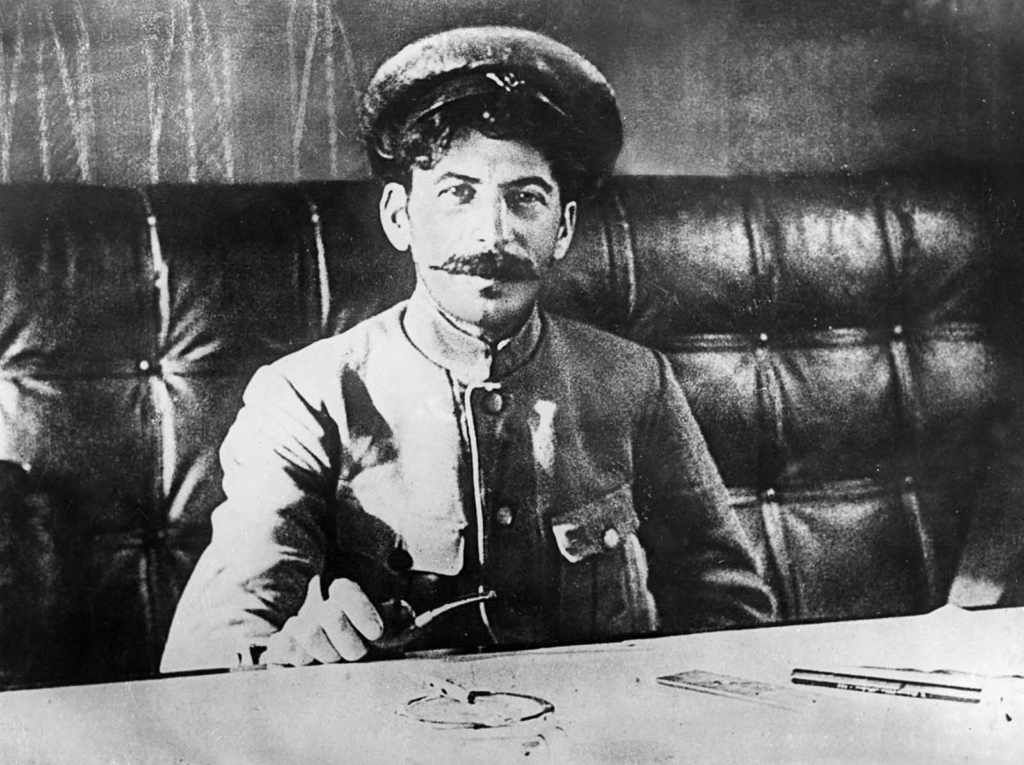
Stalin during the October Revolution in Russia, 1917
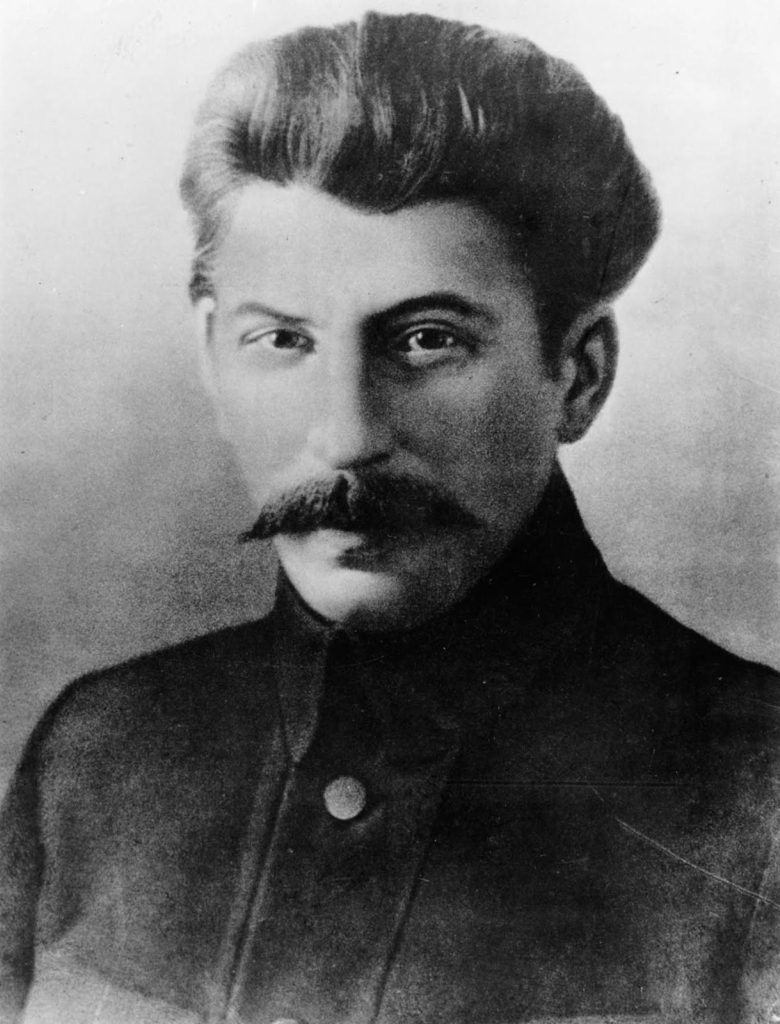
Stalin, in 1918, still looks pretty fresh.
At this time, Stalin and Trotsky held a conference of the Bolsheviks – delegates to the 2nd All-Russian Congress of Soviets of the RSD. Stalin delivered a report on ongoing political events. He participated in a meeting of the Central Committee of the Communistic party that formed the structure and name of the new Soviet government.
After the victory of the October Revolution, Stalin entered the Council of People’s Commissars (SNK) as People’s Commissar for Nationalities (Stalin wrote the article “Marxism and the National Policies” at the end of 1912-1913, and from that time he gained the reputation of national problems expert).
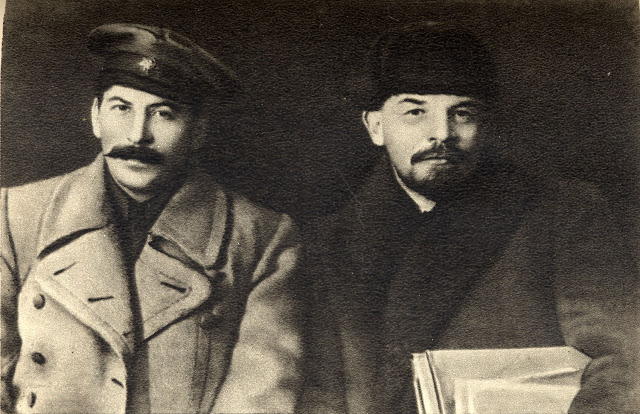
Joseph Stalin and Vladimir Lenin during the VIII Congress of the Party, 1919
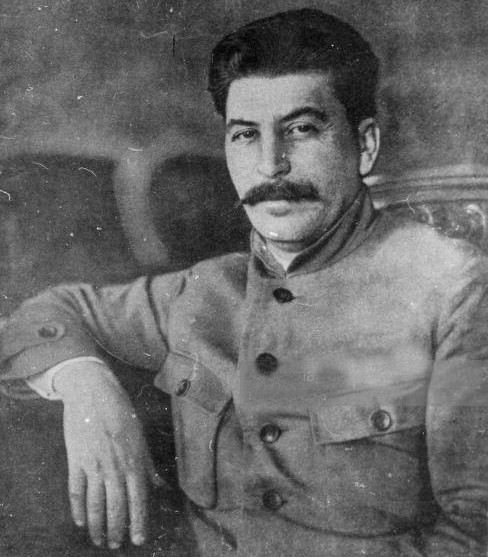
Joseph Stalin in 1920
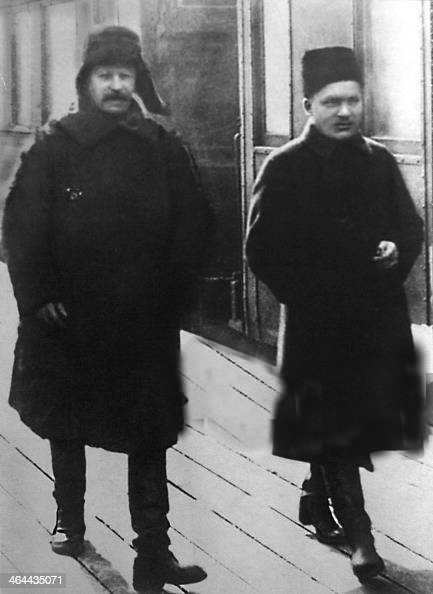
Stalin and Kalinin, 1919
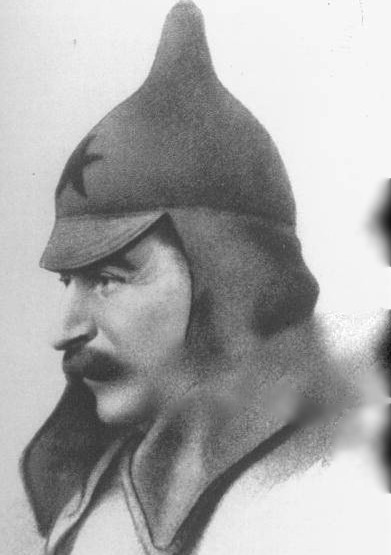
During the Russian Revolution, 1918
Stalin’s way to power
Joesph Stalin entered the Bureau of the Central Committee of the Communist Party, together with Lenin, Trotsky, and Sverdlov. This body had “the right to decide all urgent matters, but with the obligatory involvement of all members of the Central Committee who were at that moment in the central party office.”
Stalin married again in 1918, and his son Vasily was born on March 24, 1921, in Moscow. In 1922 Stalin was elected as a general secretary of the Communist Party. Initially, this position meant only the leadership of the party structure. Lenin was the Chairman of the Council of People’s Commissars and led the government. But in fact, the position of the general secretary had a crucial role in the developing structure of the Communist party. Stalin solely appointed numerous mid-level bureaucrats, which in their turn elected the government. Here’s how Stalin accumulated the real power in post-revolution Russia.
Сообщение Young Stalin: noteworthy photos and life facts появились сначала на Old Pictures.
]]>Сообщение Young Winston Churchill: photos and facts (updated) появились сначала на Old Pictures.
]]>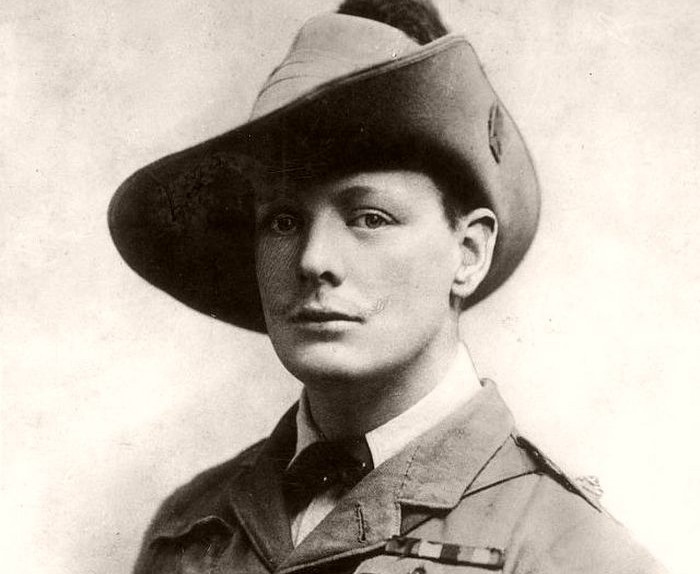 Winston Churchill started to build his character from a very young age. This titan of politics of the 20th century has always excited the imagination of both countrymen and foreigners. People said that Churchill was fifty percent American, and one hundred percent British. A young Winston Churchill convinced himself that he was born to write history. And he succeeded in doing this. The photo of Winston Churchill is among the TOP 100 most influential pictures in history.
Winston Churchill started to build his character from a very young age. This titan of politics of the 20th century has always excited the imagination of both countrymen and foreigners. People said that Churchill was fifty percent American, and one hundred percent British. A young Winston Churchill convinced himself that he was born to write history. And he succeeded in doing this. The photo of Winston Churchill is among the TOP 100 most influential pictures in history.
Churchill was the last of the aristocrat who ruled England. He was an extraordinary man, woven of contradictions – a romantic and a realist, a slave to ambition who did not change his principles. This adventurer recognized the merits of a compromise. Brilliant ideas swarmed in his head, but this did not prevent him from committing frivolous acts.
This publication continues Oldpics’ series of the early photographs of the great politicians of the 20th century. You can check noteworthy photos of young Joseph Stalin, rare images of Mao Zedong, and even pictures of Adolf Hitler during his WWI service.
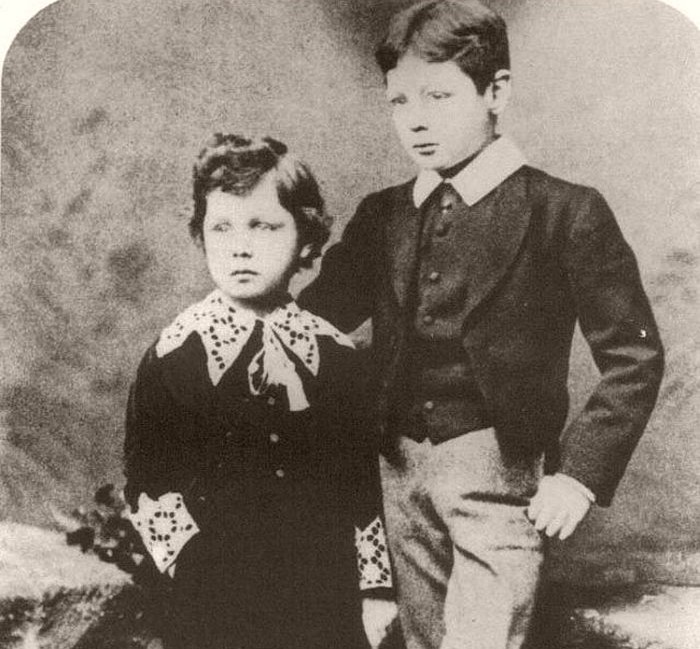
Churchill and his brother Jack, 1884.
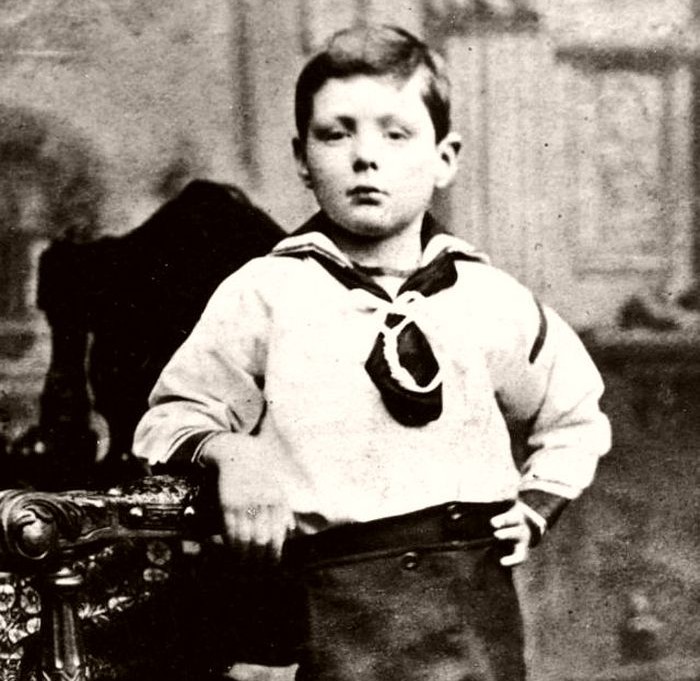
A 7 years old Marlboro aristocrat, 1881
The early years of Winston Churchill
Parents didn’t spend much time raising little Winston. As soon as the child was born, he was immediately given to the nurse, who took all the baby’s care. Winston was lucky. His nanny was a reliable woman of about forty named Elizabeth Everest. She had warm and tend feelings for the baby, and young Winston Churchill had a strong bond with his in-fact-parent. A portrait of a nurse hung in Churchill’s bedroom throughout his life. Neither father nor mother could devote much time to their son. Winston consistently lacked parental attention and warmth. This case left a deep imprint on his early childhood in London and Dublin, where from 1877 to 1880, Lord Randolph served as Viceroy and where his family lived with him. However, during his school years, young Winston missed parental attention too.
Winston was seven years old when his school life began. First, the boy attended the boarding house of St. George School, located in a wealthy mansion in Ascot. Unfortunately, the boarding school held a traditional pedagogical perspective. Teachers focused on endless memorization and corporal punishment. Unsurprisingly, Winston didn’t like his first school, as his characteristics were “undisciplined, immoderate and sloppy” students.
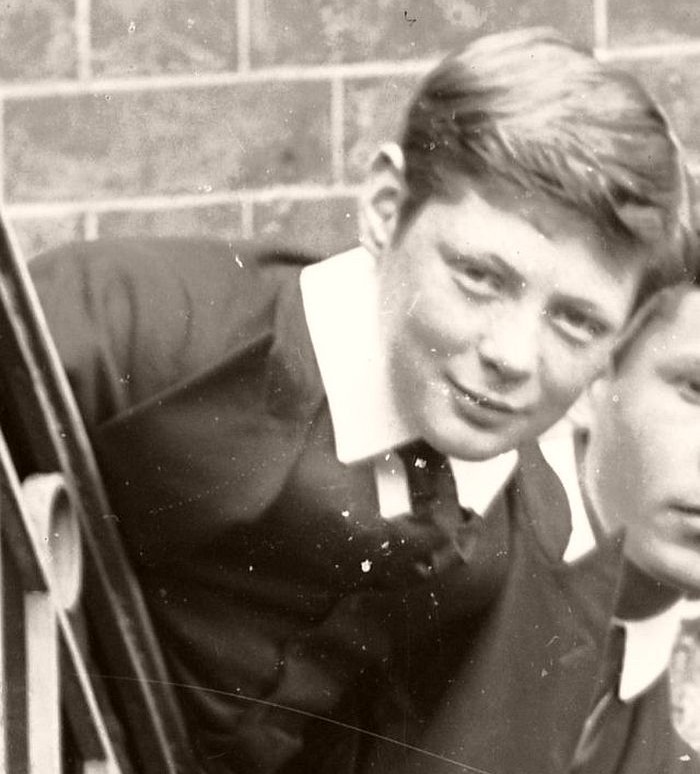
Churchill as a schoolboy at Harrow, 1892.
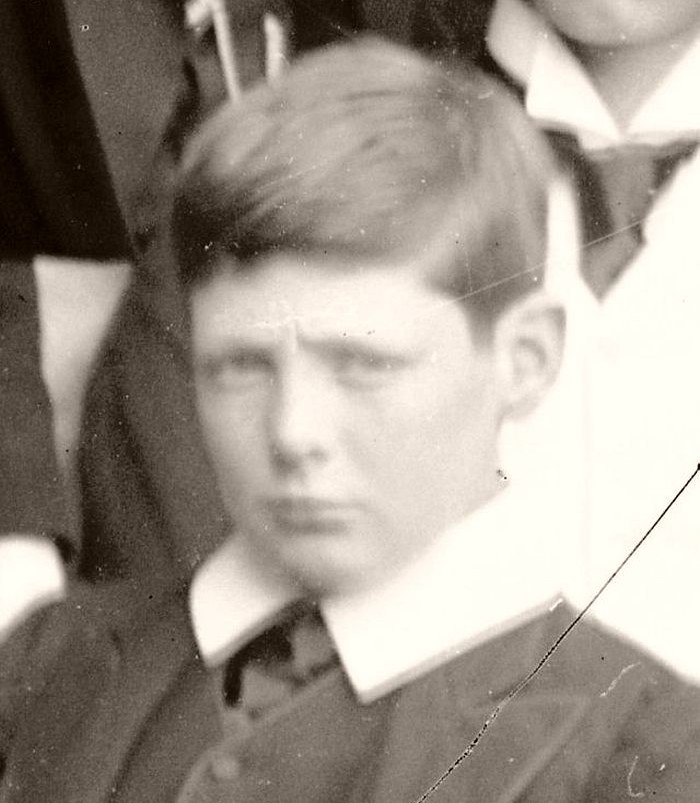
Churchill as a schoolboy at Harrow, 1890.

A portrait photo of Churchill in 1881
Finally, Lord Randolph decided to enroll his son in one of the most prestigious private schools in England, The Harrow. It competed with Eton. Winston spent there for over four years. At the end of the Harrow period, he turned eighteen, and continued to receive punishments and mediocre grades and never found a common language with his comrades. Teachers noted his “forgetfulness, absent-mindedness, eternal delays, systematic violation of discipline.” In their opinion, young Winston Churchill was possessing outstanding abilities and could become the best student in the class. While missing parental care and love, Winston Churchill was a rebellious, restless, and cocky young man.
Since childhood, Winston lived in luxury that symbolized the power of his family. But a kid did not feel protected at all.
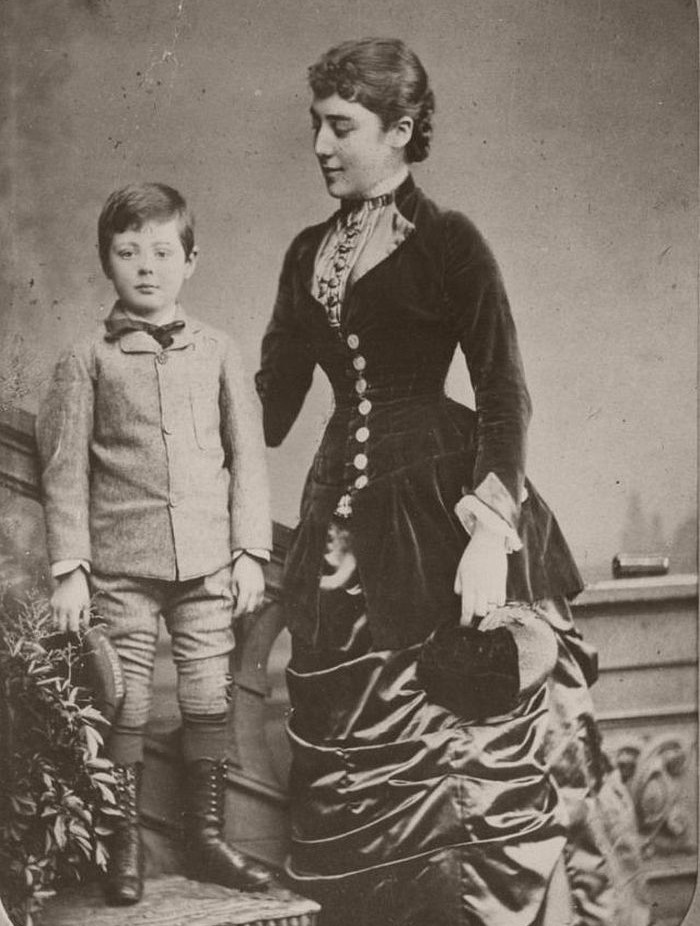
Winston Churchill aged 6 with his aunt Lady Leslie, 1880.
The mental torment of young Winston Churchill
However, the following circumstance deserves more serious attention. Like his ancestor Marlborough and many great people, Young Winston Churchill suffered from bouts of deep depression throughout his life. From childhood to his last days, depression was a decisive factor in determining his actions. However, Churchill managed to hide his emotional state in most cases. In periods of depression, he felt sadness. A hopeless melancholy tormented him, and plunged into despair. Churchill was aware that he was responsive to mental pathology and even called her “black dog” because it always followed him in the dark days of failure.
Psychiatrist Anthony Storr carefully investigated Churchill’s case. Doc found that depression was a source of insatiable ambition and seething activity of the future prime minister. These psychological features in the development of Churchill’s character are not challenging to trace. The lack of a mother’s care and loneliness from early childhood damaged the child’s soul.
See more: Winston Churchill with a Tommy Gun, 1940
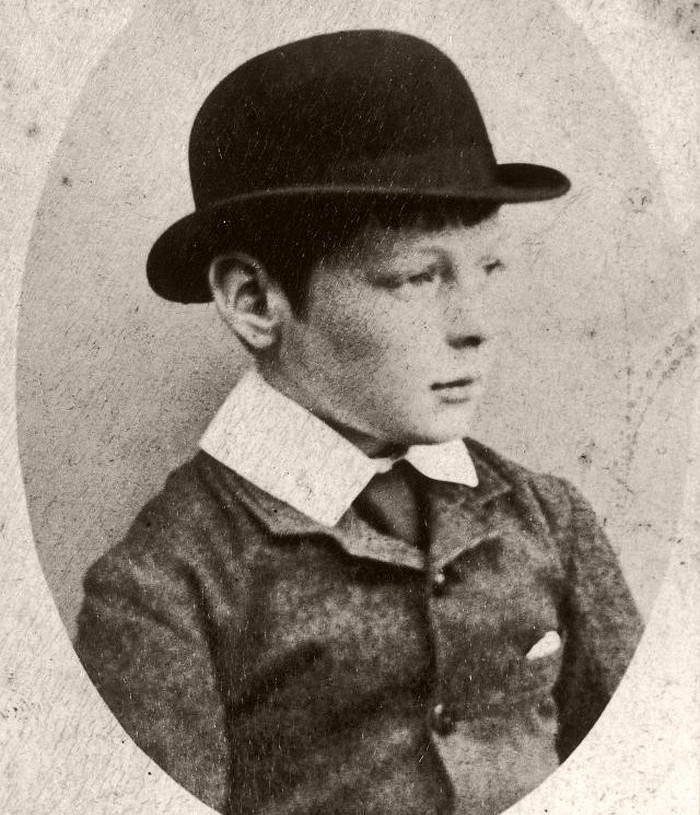
Winston Churchill wearing a hat, at the age of 7
Young Winston Churchill desperately wanted to succeed by any means. It is necessary to make up for the lack of love and overcome the insecurity that plagued him. His exploits for those around him and himself served as a proof of extraordinary abilities and talents. In a word, only total recognition could convince this unsociable child of his importance. From now on, admiration and love for him were to be immeasurable, as the sufferings of a rejected child were endless.
Then Churchill’s deep, all-embracing egocentrism, which often took monstrous forms, becomes understandable. The unchanging thirst for success and fame becomes understandable, because only having won them, he could silence the doubts that were choking him about his significance.
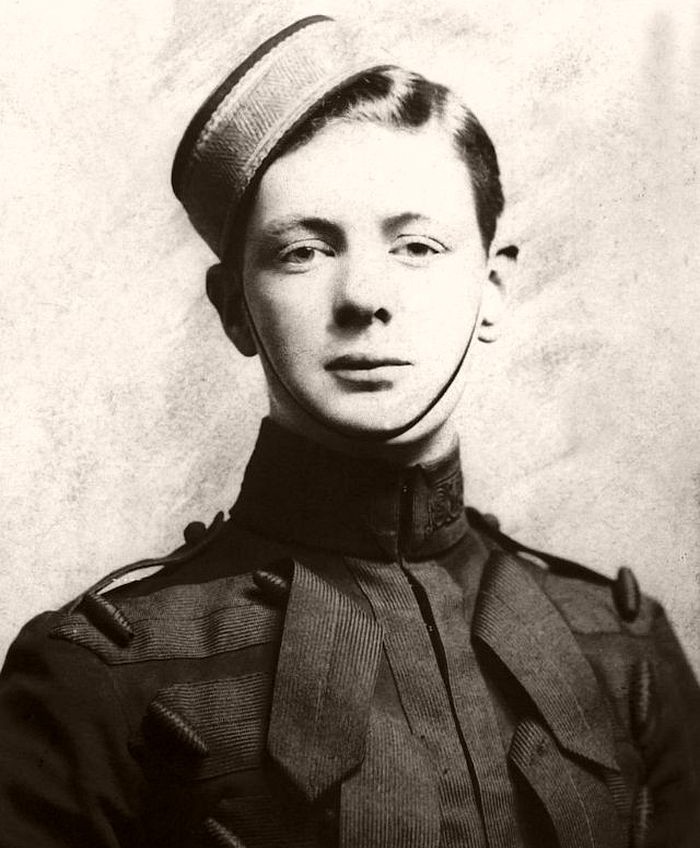
Winston Churchill as an army cadet in 1893.
A military start
At the age of fifteen, Winston started to think about his future and chose a career path. However, his father had decided everything for him long ago. In the Victorian era, the youngest child from an aristocratic family had only three options: military service, religion, law career. Neither religion nor law attracted Winston; therefore, an army career remained. This path was favorable for a young Winston Churchill who dreamed of glorious achievements and adventures.
Winston passed his final exams at Sandhurst Military Academy and was promoted to lieutenant on February 20, 1895. He joined one of the most brilliant regiments of the English army – the corps of Her Majesty’s Hussars (the Queen’s 4th hussar regiment).
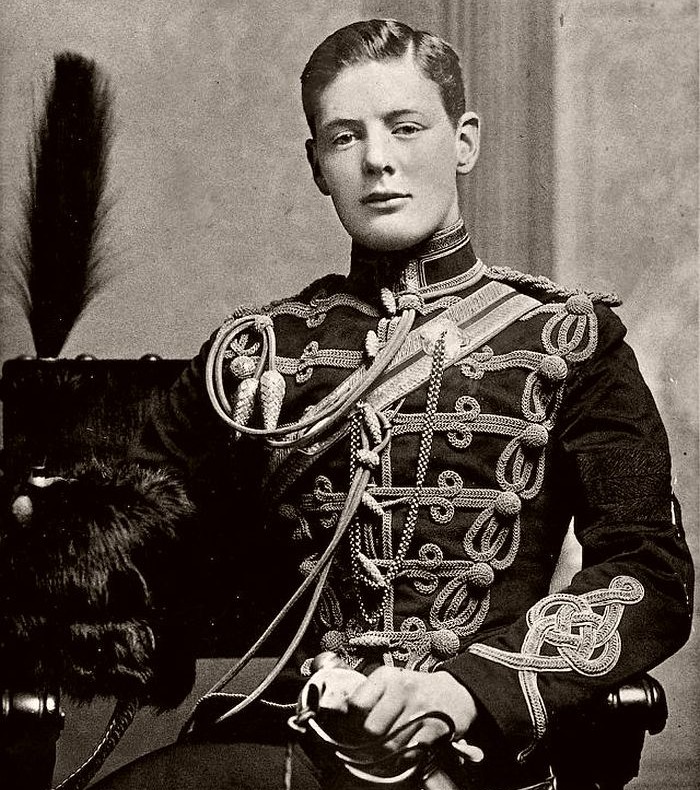
Churchill in the military dress uniform of the Fourth Queen’s Hussars at Aldershot in 1895.
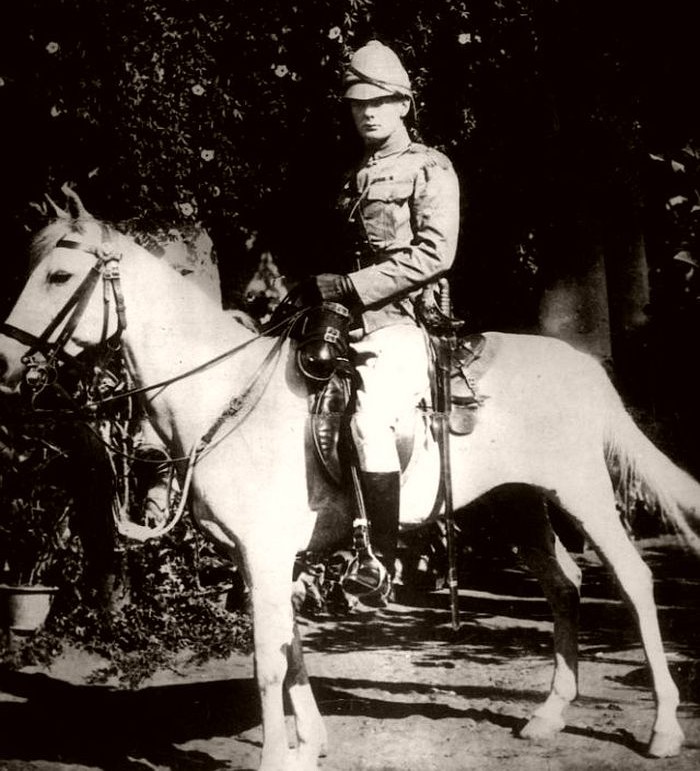
Churchill on horseback in Bangalore, India, 1897.
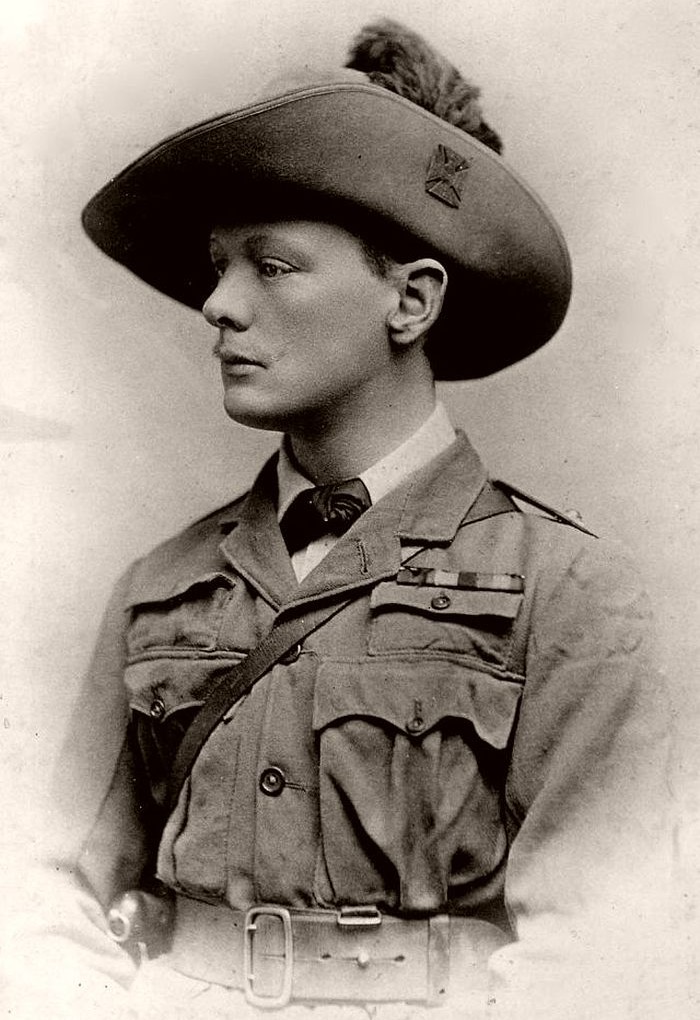
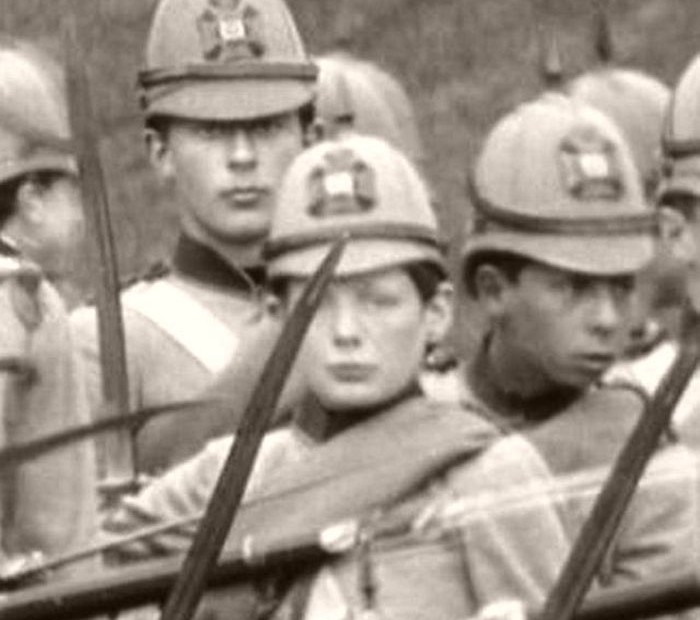
Churchill as a schoolboy at Harrow, 1892.
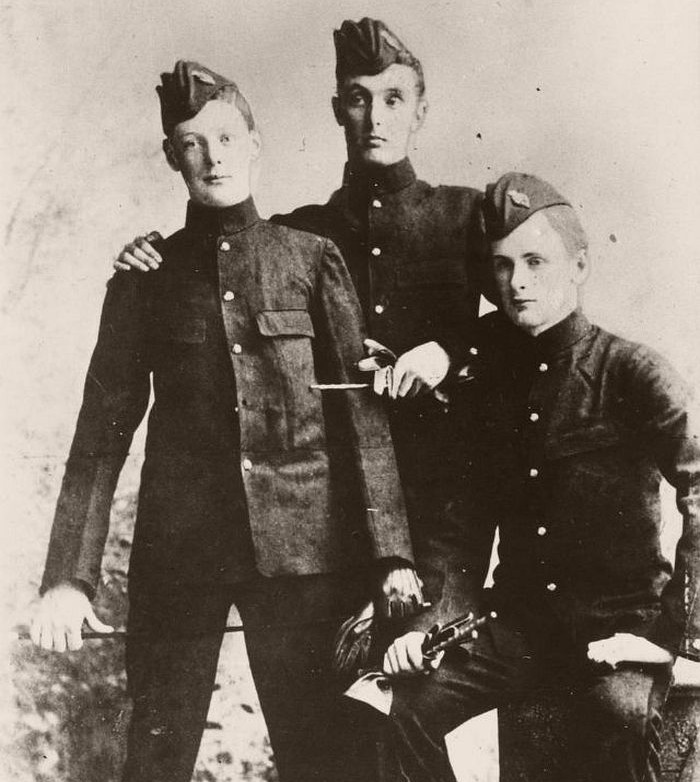
Churchill (left) with friends at Sandhurst just before leaving to be commissioned in the 4th Queen’s Own Hussars, 1894.
The decisive year
Meanwhile, 1895 was a turning point in Churchill’s life. He said goodbye to youth and entered adulthood. In the same year, Winston suffered two bereavements that deeply affected him. His father, Lord Randolph, died in January. His death shocked young Winston Churchill; he could not recover from this blow for a long time. Although, to some extent, his tyrant father’s end freed him from imperious, oppressive tutelage. Winston suddenly elevated the adoration of his father to the level of a cult. A few years later, he admired his memory and dedicated a detailed biography to him, written talent entirely. “I endlessly loved and admired my father, and after his untimely death, I honored his memory (…) I knew by heart long passages from his speeches. Of course, my political priorities were formed under the influence of my father”. Churchill later recalled that his father and American President Theodore Roosevelt were to persons who shaped his style as a politician.
Another death left an indelible mark on Winston’s heart. His nanny, Mrs. Everest, died in July of peritoneal inflammation. The poor woman fell into poverty when, two years earlier, the Churchill family unceremoniously refused her services.
The death of loved ones, the beginning of a military career – childhood is gone forever. Churchill stepped into the new stage of his life with his usual swiftness, thirst for action, and energy cult. In his autobiography, he mentioned this year: not to waste a second; immediately and decisively take a position on the battlefield, which name is life; not be content with what you have; never accept defeat, because “the world exists to be conquered.”

Portrait of Churchill, taken in Boston, Massachusetts, the USA in 1900.
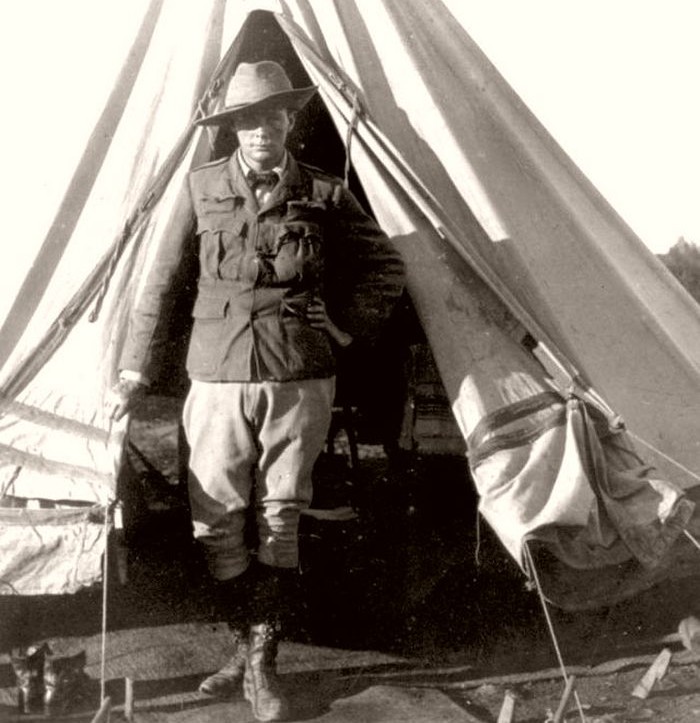
Churchill is standing at the opening of his tent as a war correspondent during the Second Boer War, in Bloemfontein, South Africa, 1900.
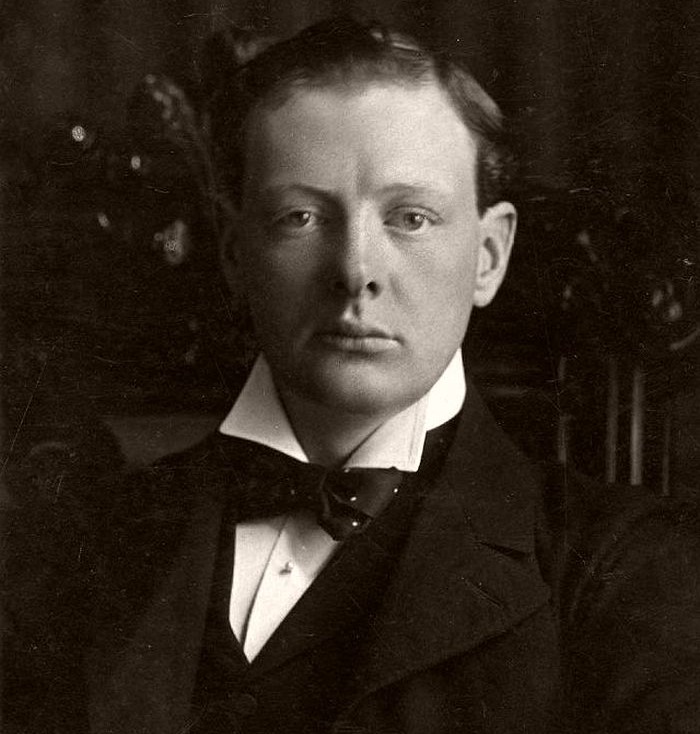
Churchill portrait by Russell & Sons, 1904.
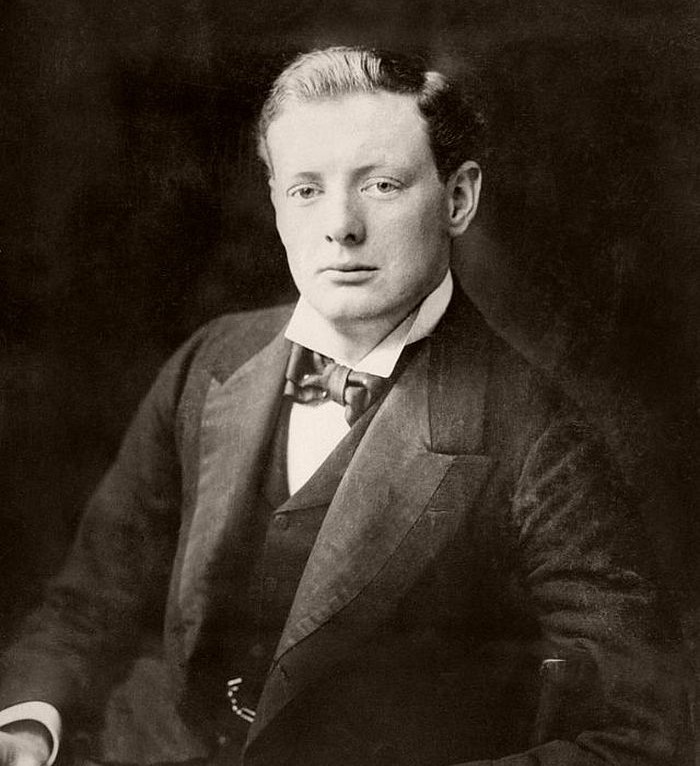
Churchill in the Lower House of the Houses of Parliament in 1900.
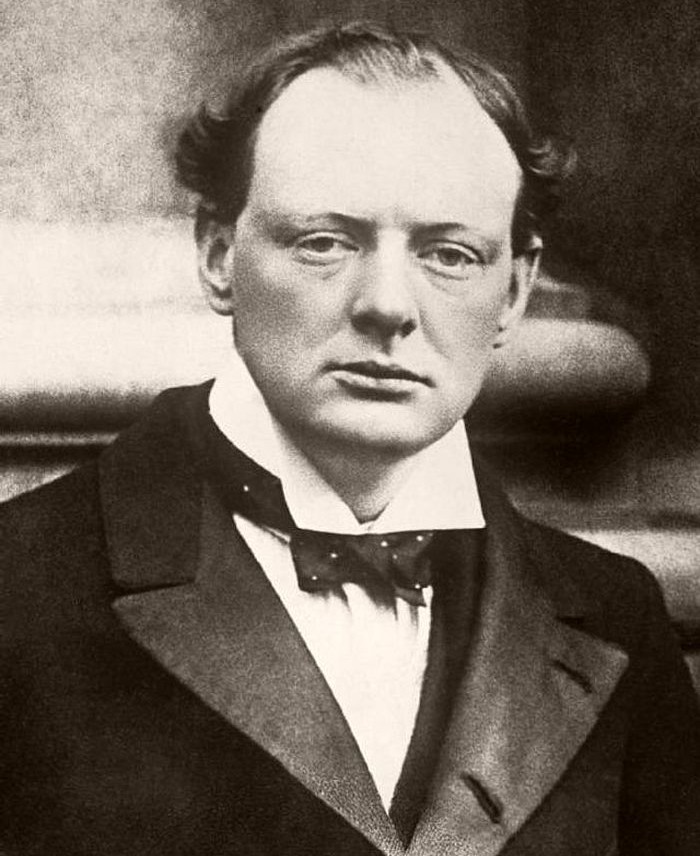
Churchill in 1904. Army service and political career influenced Churchill’s look.
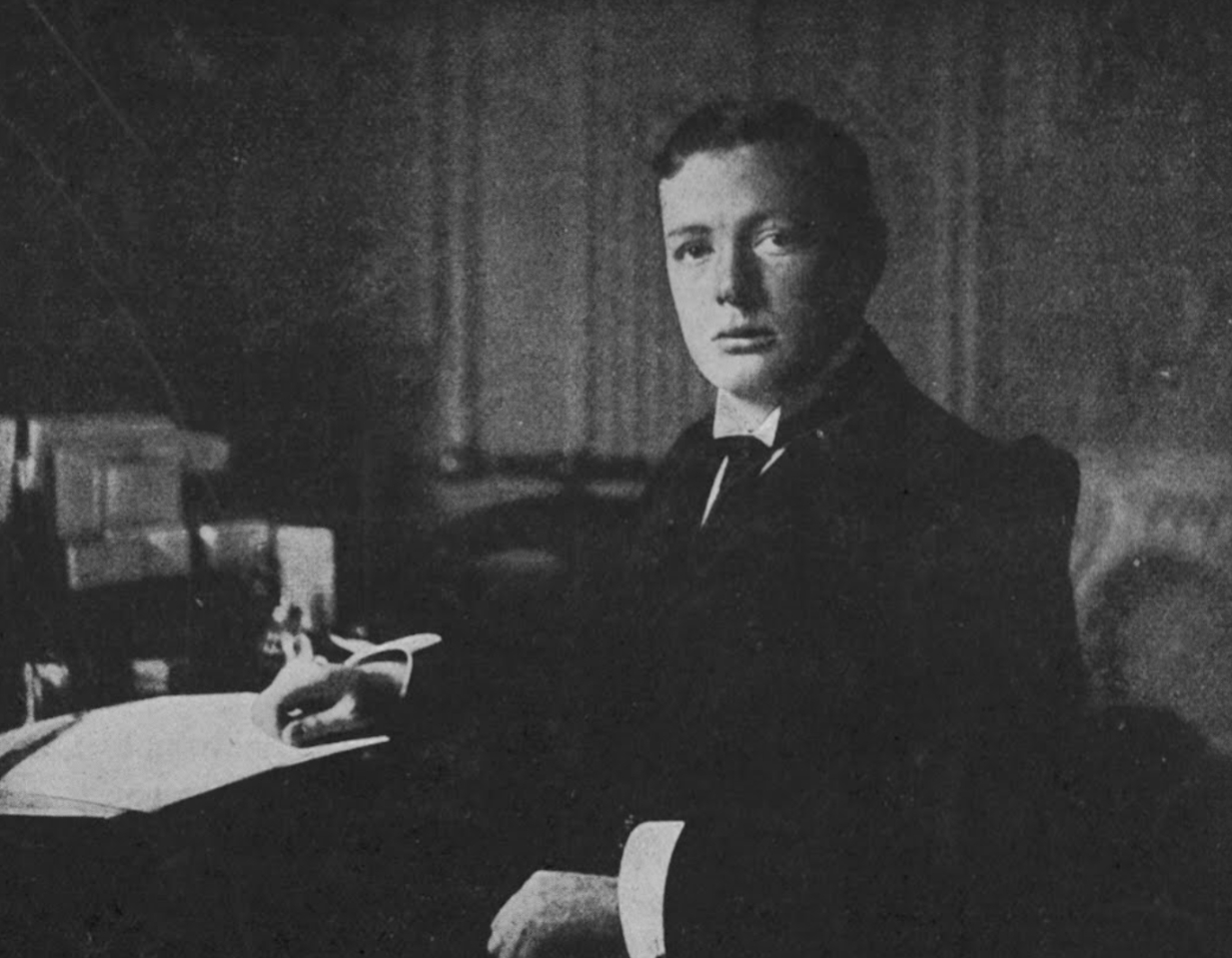
In the office, 1911
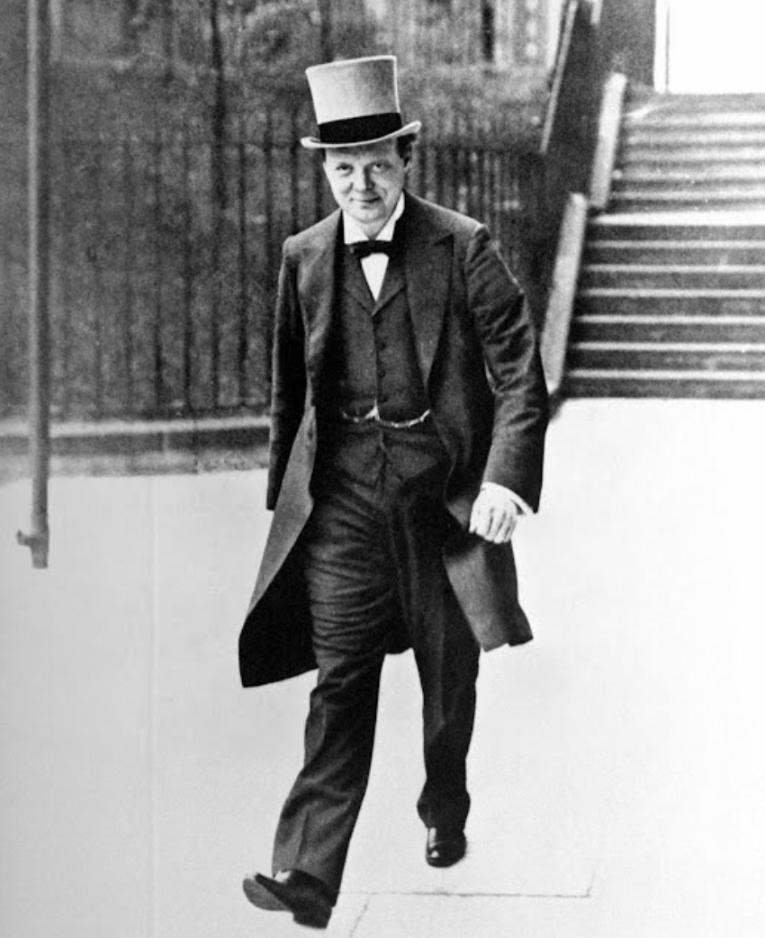
Winston Churchill walking towards ministry building, 1916
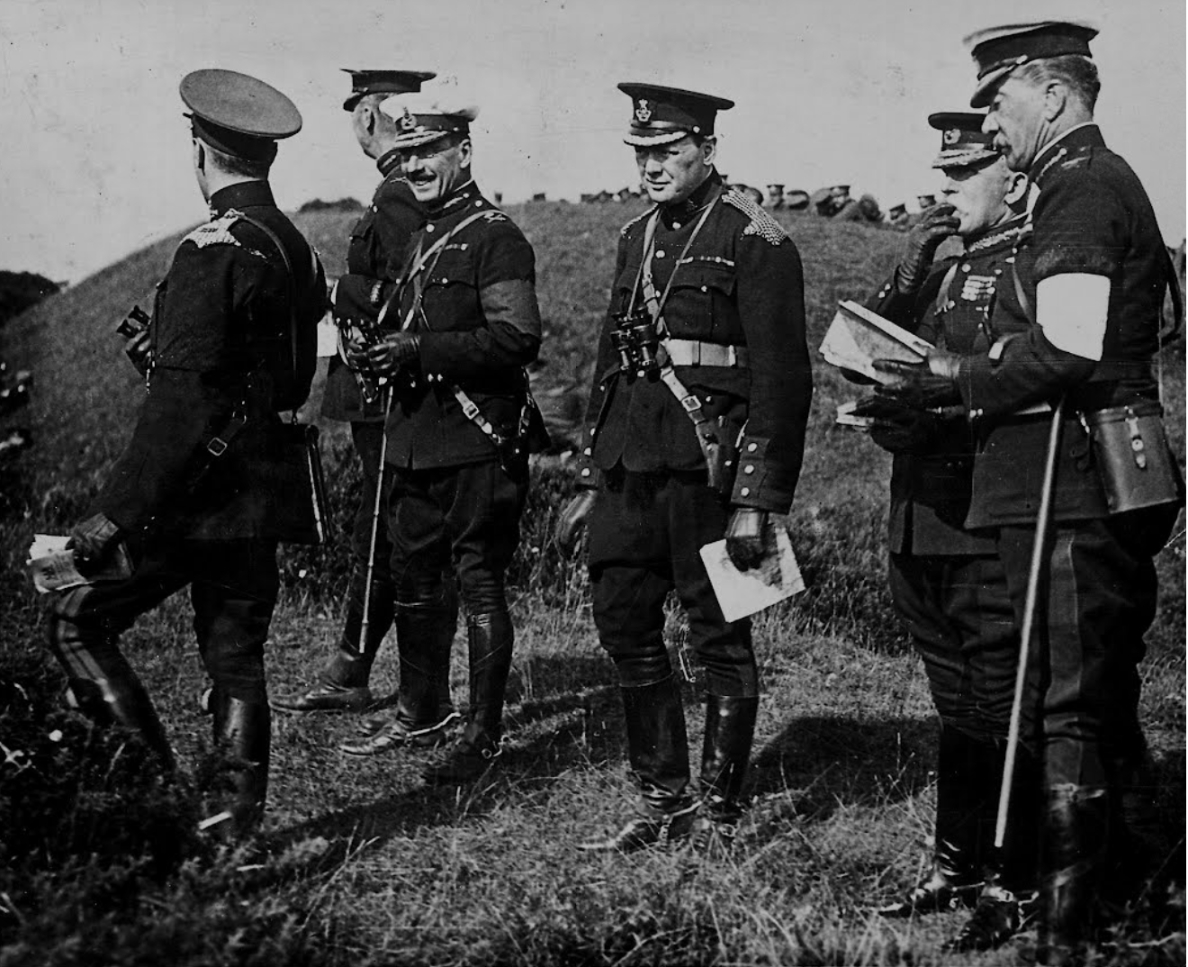
1909
Сообщение Young Winston Churchill: photos and facts (updated) появились сначала на Old Pictures.
]]>Сообщение Photos of the construction of the Statue of Liberty, 1885 появились сначала на Old Pictures.
]]>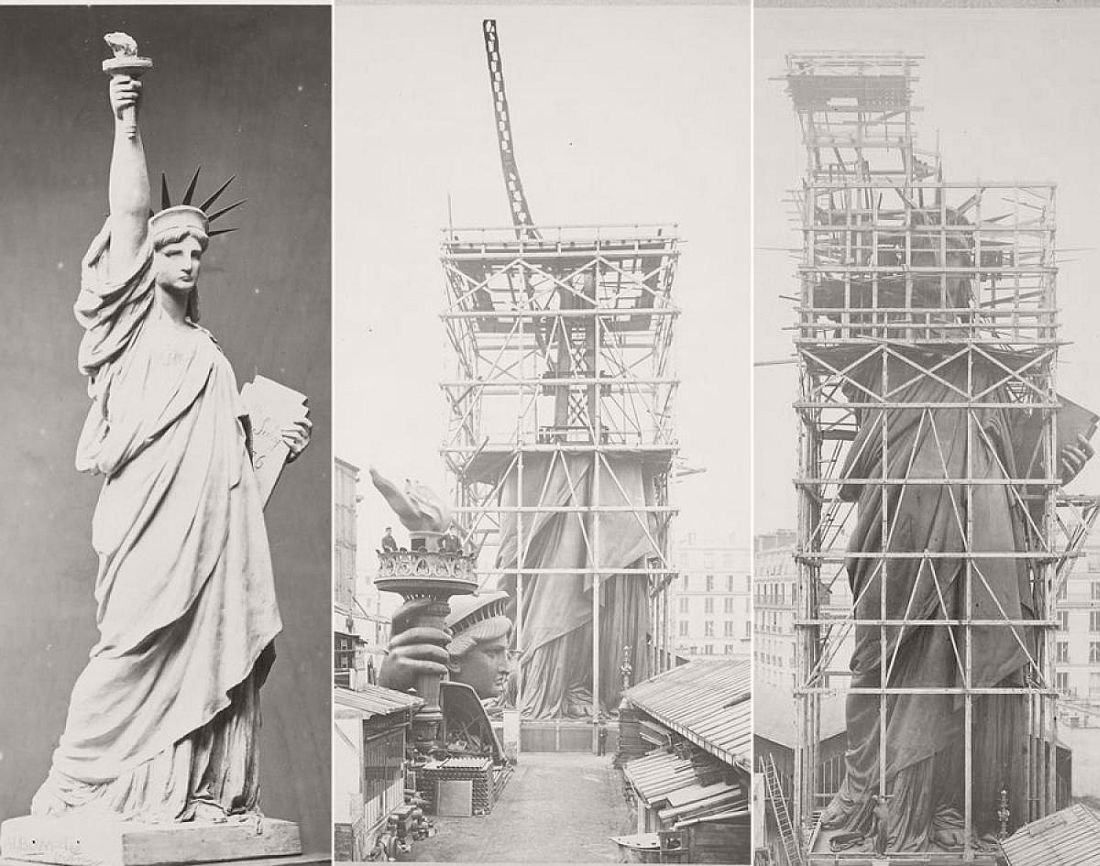 This set of rare pictures shows the first days of Statue of Liberty on the land of New York City before and during the construction. The idea of a monumental symbol of Liberty belongs to famous France humanists, Édouard de Laboulaye. Once he spoke about this idea to another antislavery activist, architect Frédéric Bartholdi, it had several attempts to be implemented.
This set of rare pictures shows the first days of Statue of Liberty on the land of New York City before and during the construction. The idea of a monumental symbol of Liberty belongs to famous France humanists, Édouard de Laboulaye. Once he spoke about this idea to another antislavery activist, architect Frédéric Bartholdi, it had several attempts to be implemented.
Bartholdi had a similar idea, and at first, a plan to build Progress or Egypt Carrying the Light to Asia was proposed to Isma’il Pasha, Khedive of Egypt. Still, the expenses were too high for Egypt’s economy at that moment. Roman goddess Libertas found her embodiment as a dedication to the American struggle for Liberty and was inspired by two female figures, symbolizing Liberty: American Columbia and French Marianne. The image of Liberty already was on the American coins of the time, as well as was implemented in the architecture of the United States Capitol Building.
France sponsored the Statue itself, and the American side provided the basement.
The act of the gif coincided with the US Independence Day, July 4, 1884.
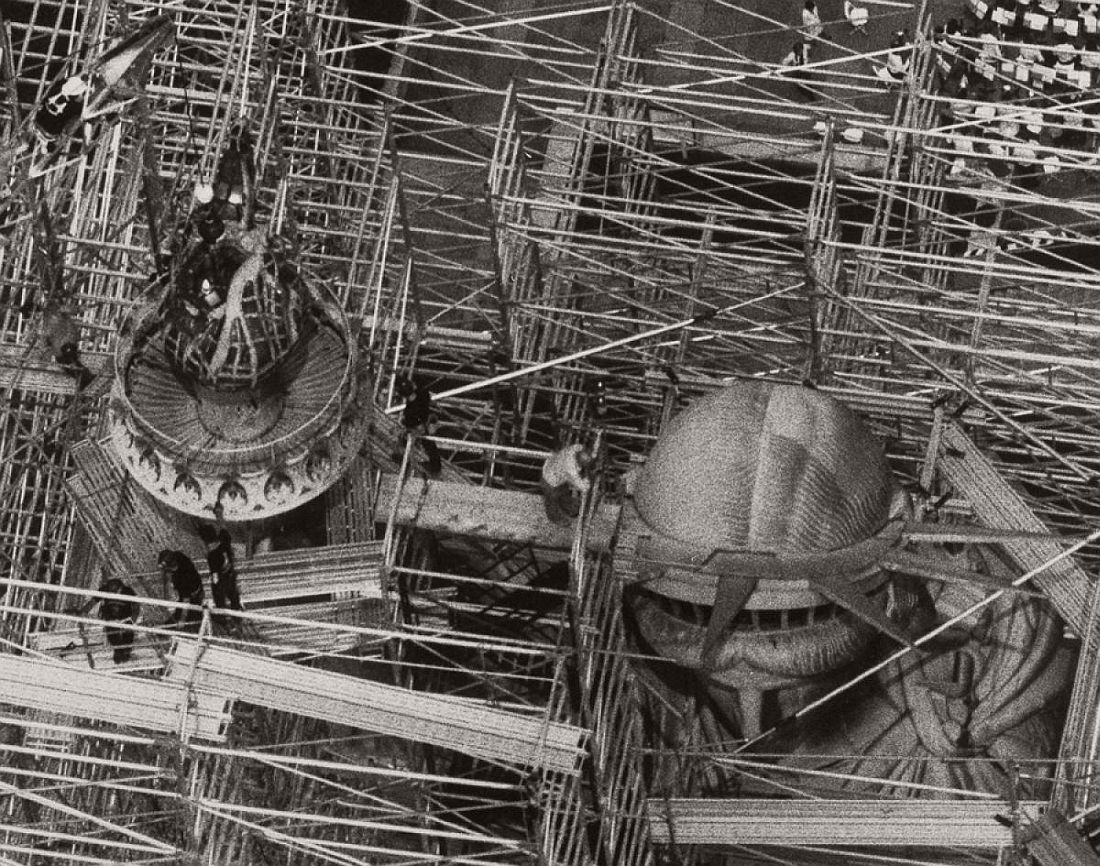
The cover was created by thoughtful modeling with clay, and performed by Bartholdi. There are many versions of his inspiration for the design: some say that the face belongs to his mother, another – Isabella Boyer, widow of Isaac Singer. An old episode lured the posture he saw during a street fight in Paris in 1851. He remembered the girl from the barricade, in a light dress, and with a burning torch in hand, which became the prototype of the Statue.
Gustave Eiffel performed the engineering part of making the colossal figure stable and strict.
Statue was completed in 1884 and successfully shipped to New York in 1885. It was transported in pieces (350 items) by 214 boxes on the steamer Isère. The total weight of the Statue is 450,000 pounds (225 tons), 179,200 pounds (81,300 kilograms) of copper was used in the Statue. 250,000 pounds (113,400 kilograms) of iron.
A crowd of more than 2,000 people welcomed the ship. But the pedestal works were still going on. Till 1885 American side gathered 80% of required funds: $102,000 instead of $120,000. As a result, the building of the pedestal lasted until 1886.
Bartholdi started the Statue reassembling right after the pedestal was ready. All pieces of steel framework anchored in the concrete on a stand, and the skin of the statue was attached step-by-step. An interesting one: there were no injuries or lethal accidents during construction.
Bartholdi’s idea was to put the lights on the torch’s balcony, but the Army Corps of Engineers prohibited this plan, due to possible interruption of the vision of ships’ pilots.
So, the lights were made on the torch. To provide electricity to the island, and the Statue, A power plant was built.
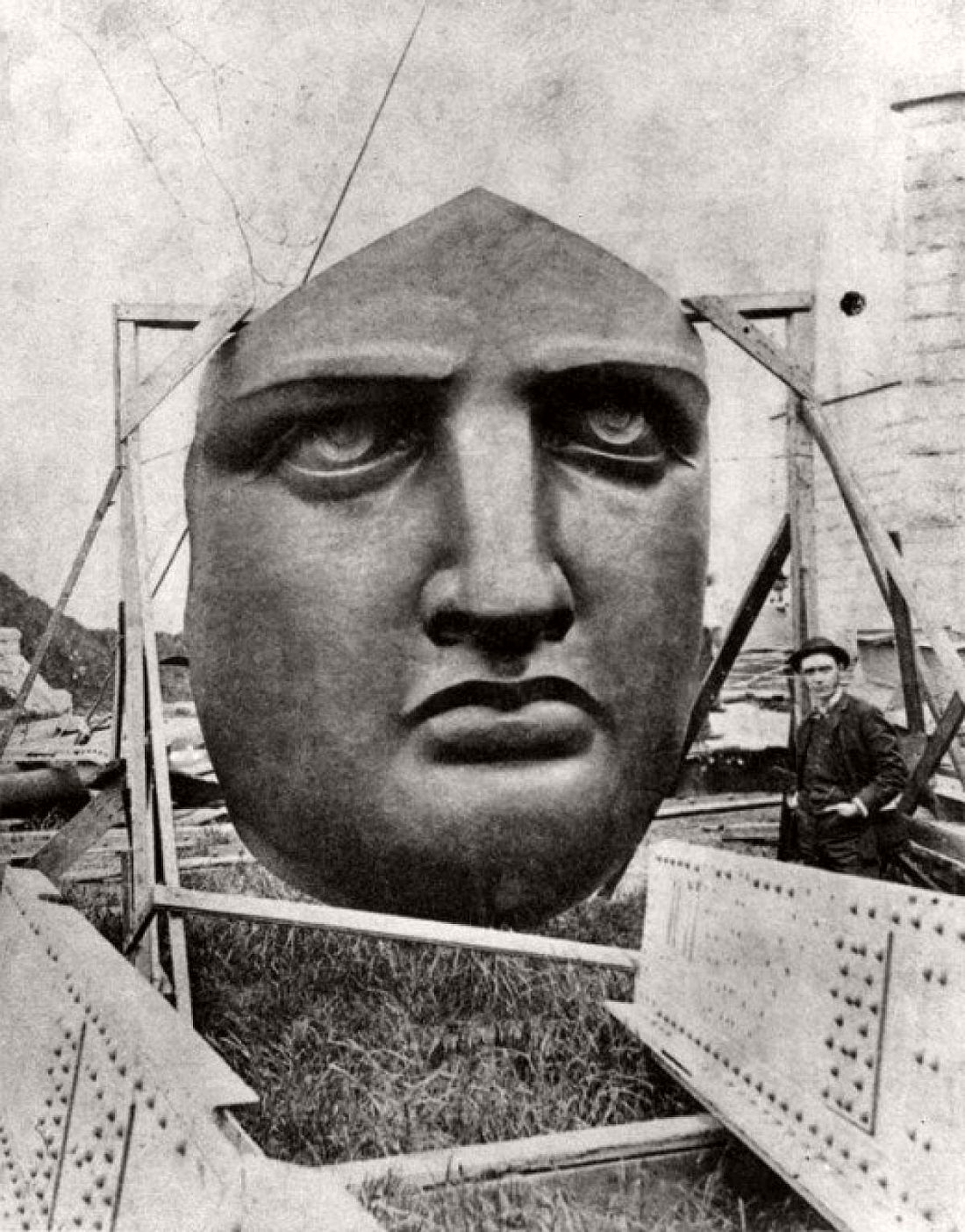
Unboxing the Statue of Liberty, 1885
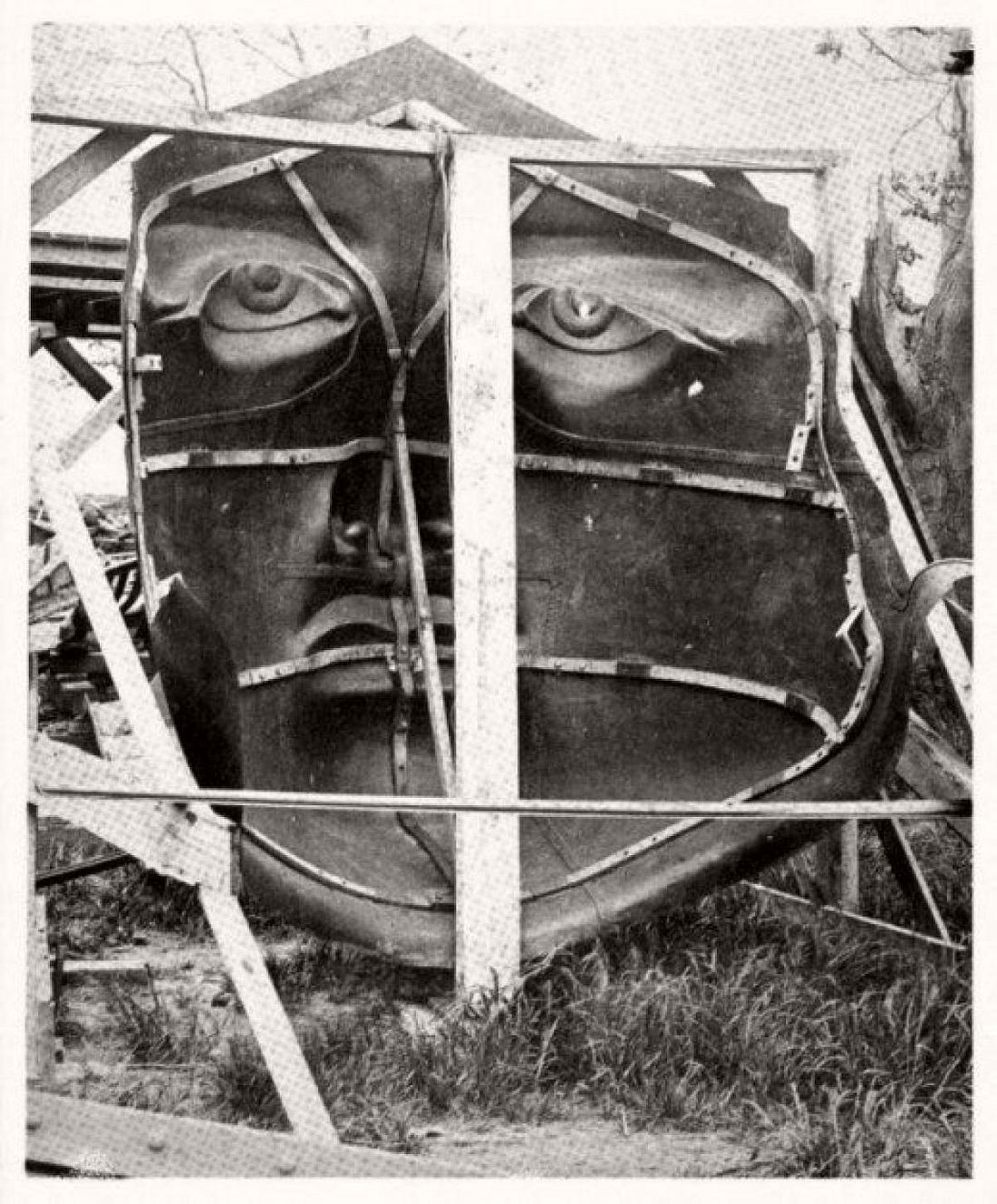
Behind blue eyes of freedom
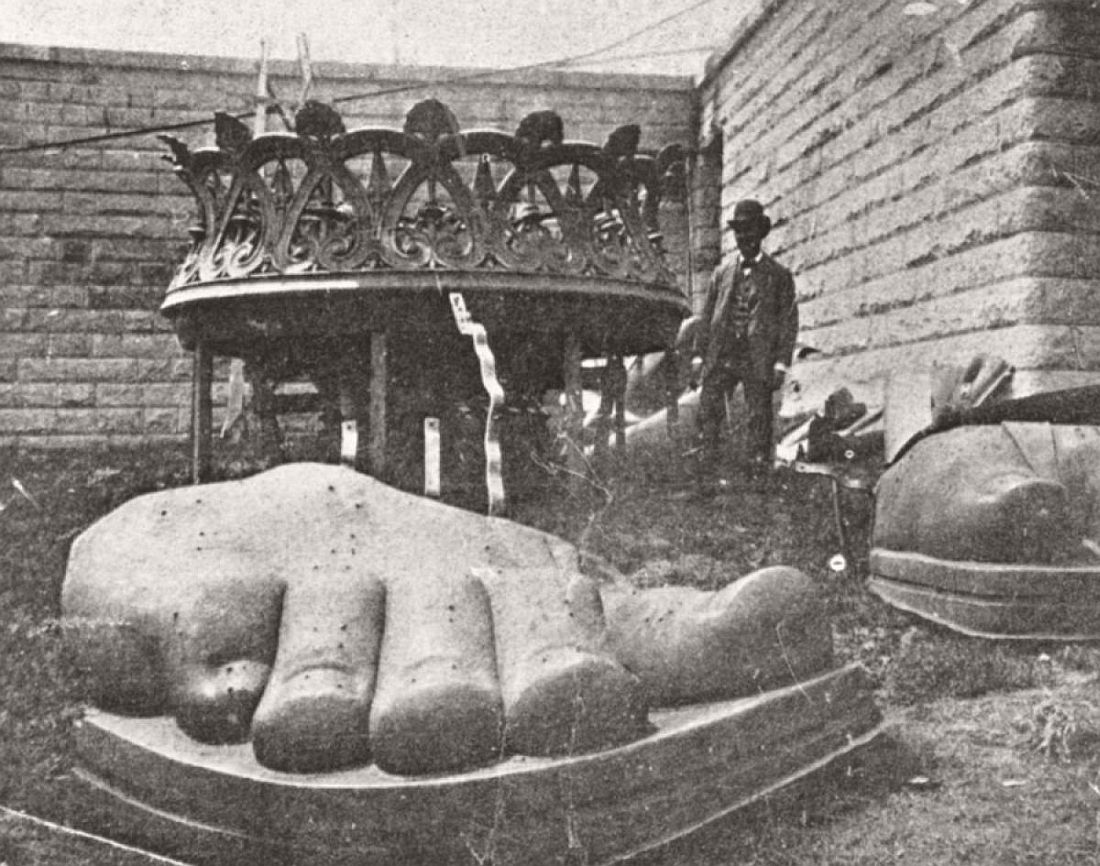
Statue of Liberty foot before assembling
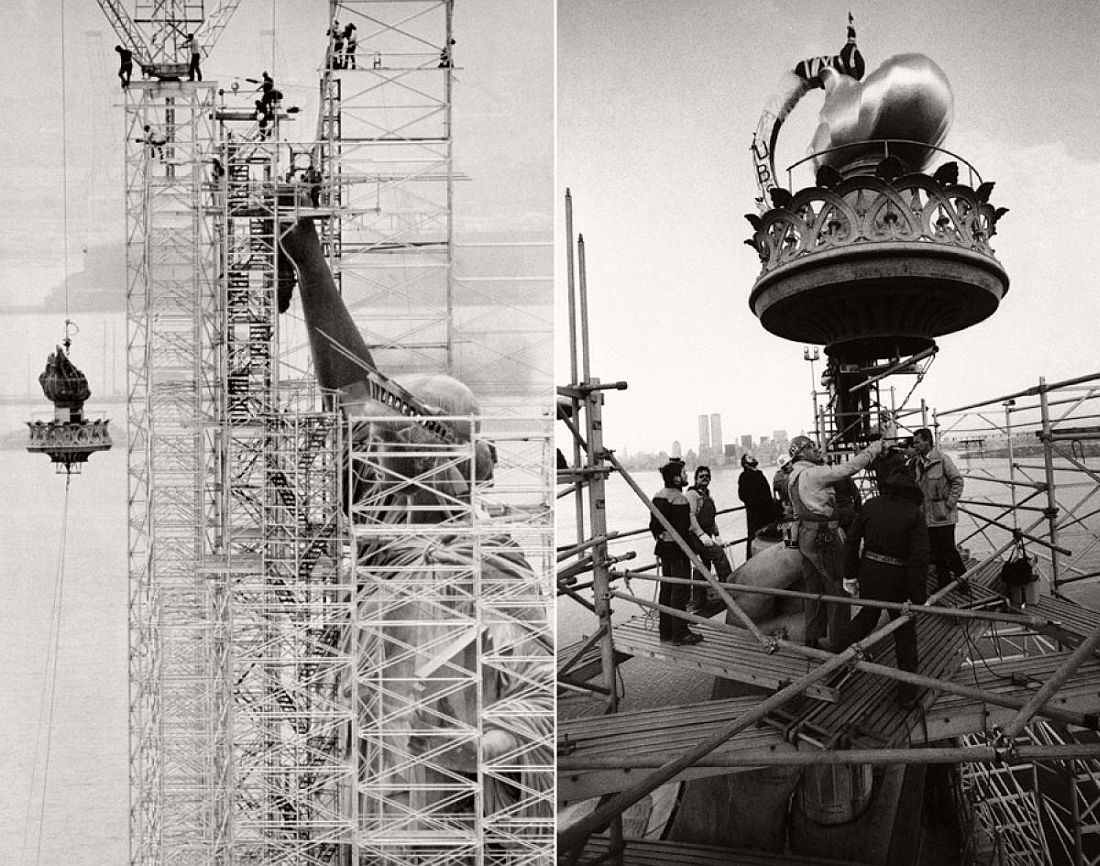
Construction and Reconstruction (the 1980s) of the Statue Liberty
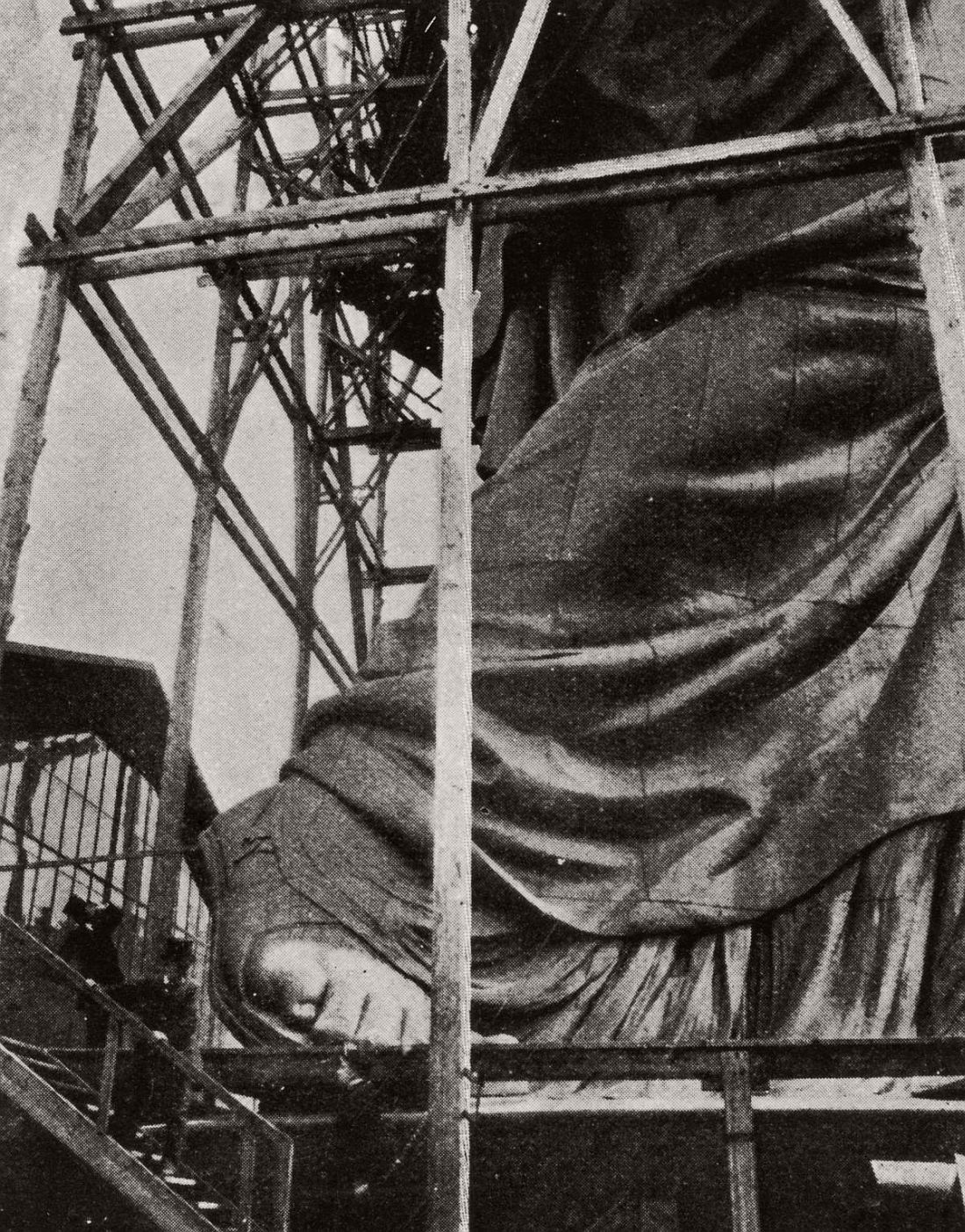
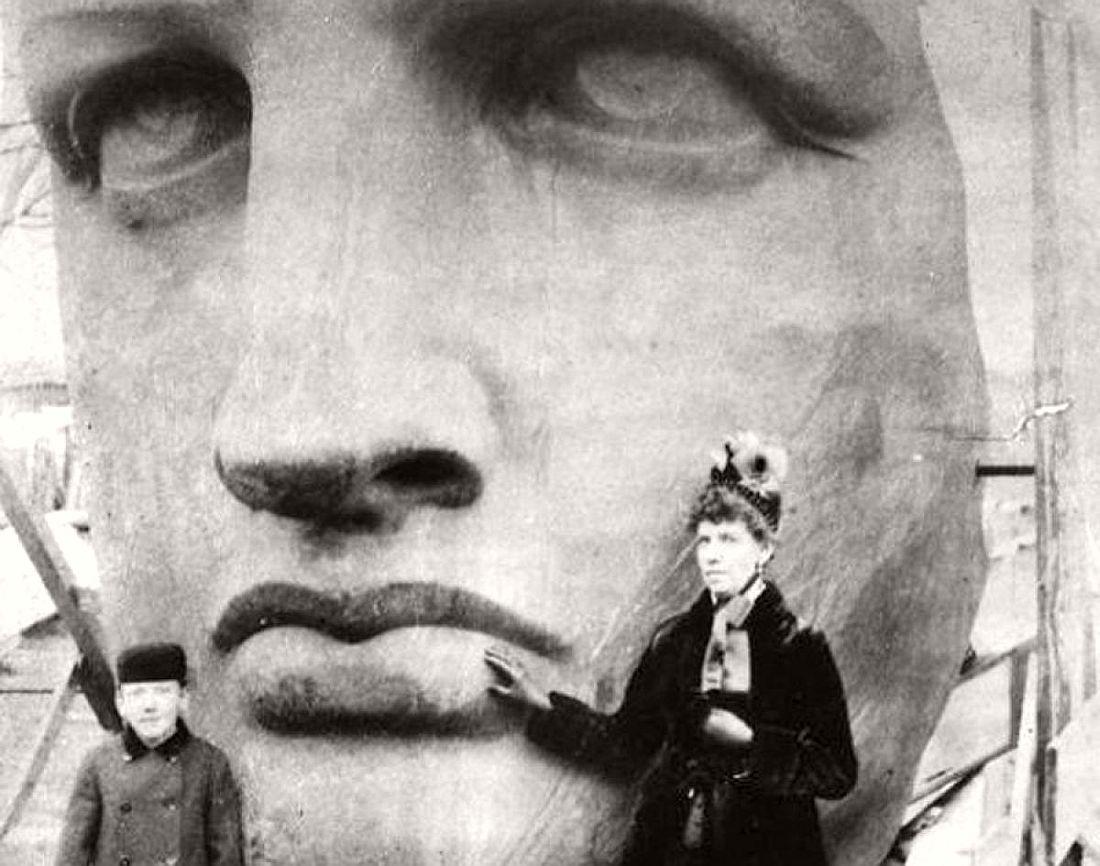
Сообщение Photos of the construction of the Statue of Liberty, 1885 появились сначала на Old Pictures.
]]>Сообщение Statue of Liberty: history in pictures and unknown facts появились сначала на Old Pictures.
]]>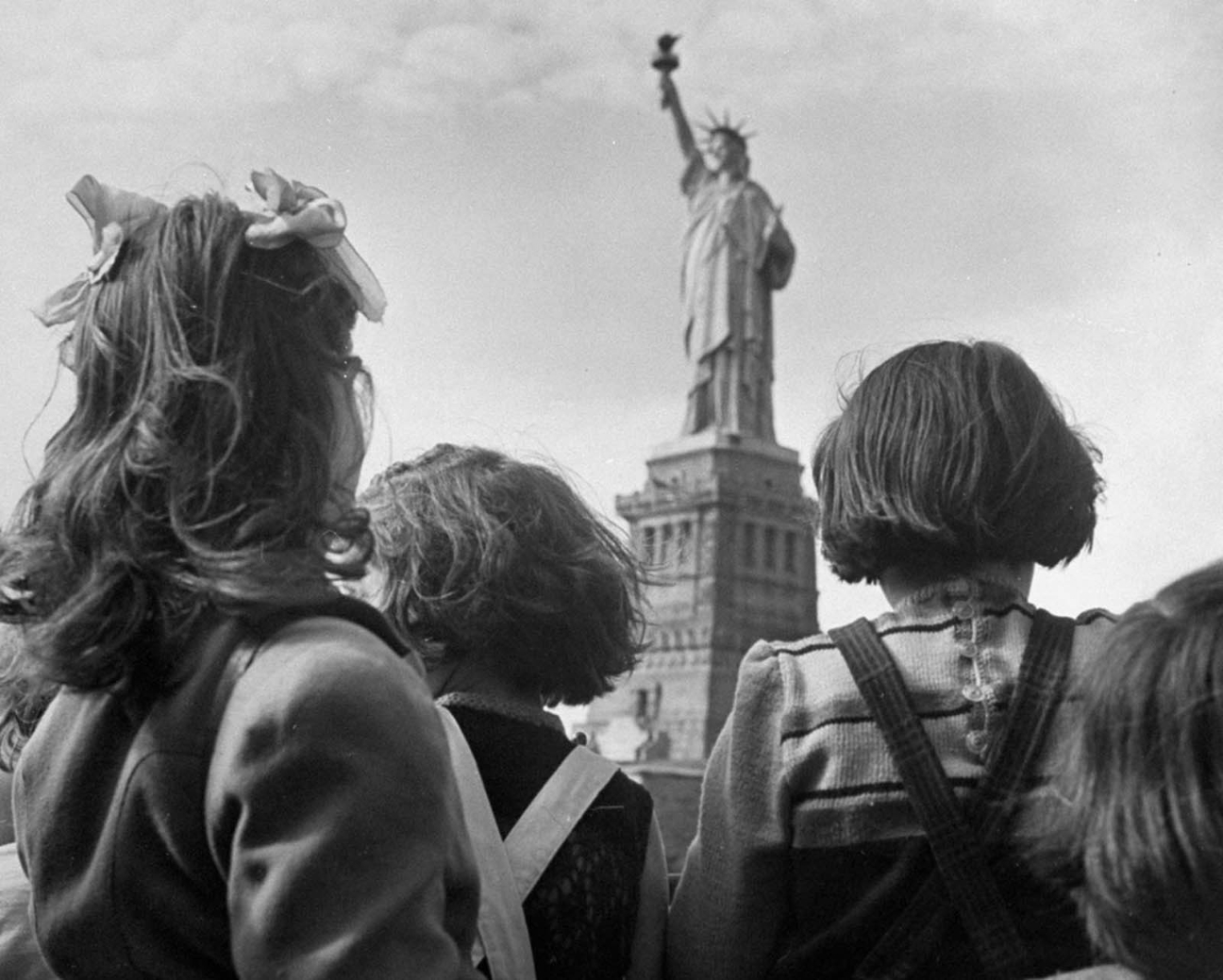
In 1946, refugee children gaze at the Statue of Liberty from the railing of a boat.
Statue of Liberty arrived in the US 115 years ago, in July 1885, and Oldpics honors this date with a set of historical pictures and unknown facts.
The history of the Lady of Freedom is fascinating and full of mind-blowing discoveries: including a genius vision of Frédéric Auguste Bartholdi, here-n-there pessimists, construction show-stoppers, and a deadly dark storm during transportation to the New York harbor.
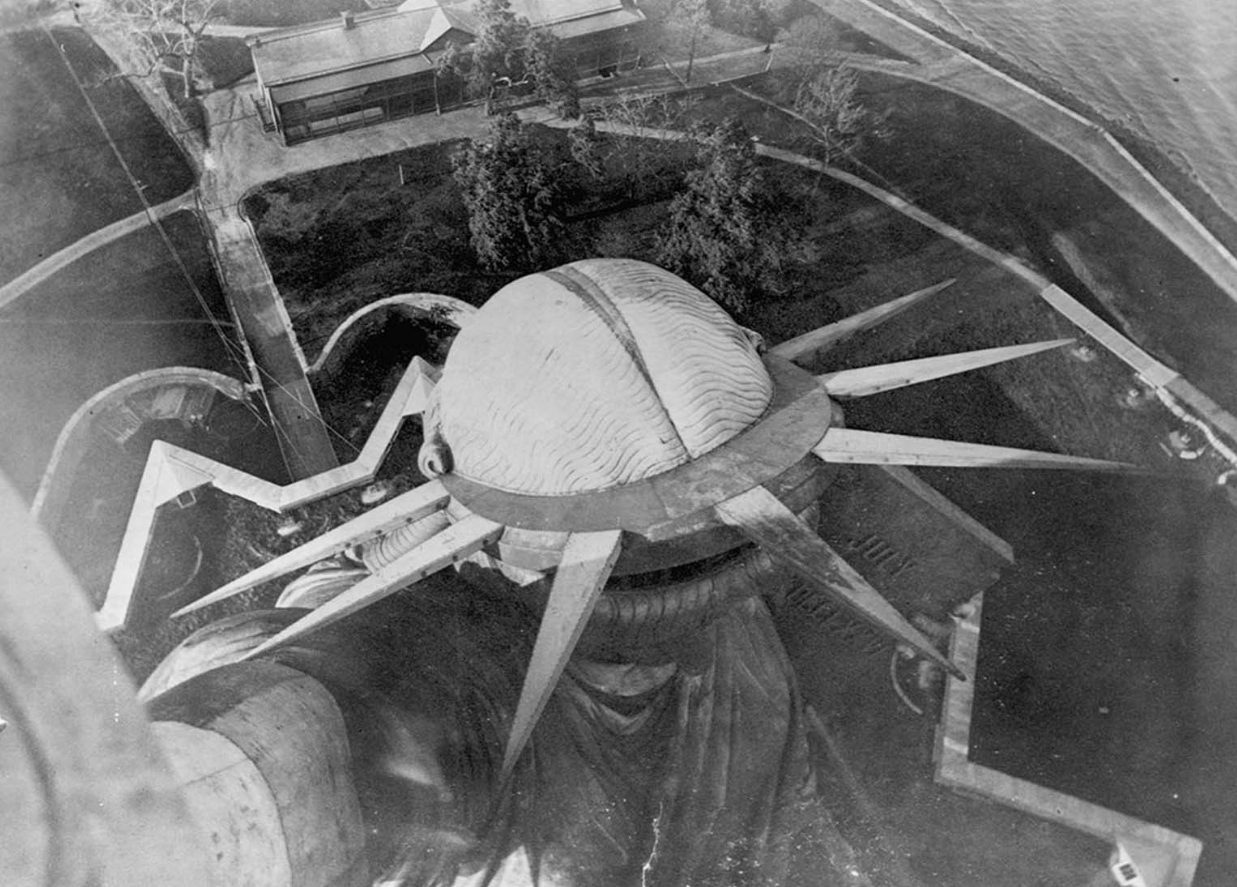
A view from the Statue’s torch, circa 1890.
- Can we call Statue of Liberty a ‘gift’?
We used to think that Lady Freedom was a gift from the French government. In fact, french taxpayers didn’t put many dollars (well, franks) in the Statue’s creation. The history of the Lady started when Frédéric Auguste Bartholdi, a little-known sculptor, decided to honor a country that he never been to with a ‘magnificent lighthouse monument in the form of a woman.’ He traveled from ocean to ocean then, visiting cities and towns, and looking for his project support.
Bartholdi hoped to receive government fundings but failed. He followed up with his fundraising tricks, including workshop admission charges for visitors who wanted to watch the Statue’s construction, souvenirs sellings, and even a dead try to organize the national lottery. The French government didn’t permit him to run the sweepstakes, as it needed funds to recover from the war with Germany.
The fundraising history ended up with American money. Joseph Pulitzer, a media tycoon of the 19th century, saw the hand-drawn pictures of the Statue of Liberty and decided to help french sculptor to complete the project. He decided to publish the name of every person who gave even a penny to the foundation. This approach swiftly increased the distribution of Pulitzer’s newspaper when readers purchased a copy simply to see their names in the paper—an excellent selling tactic.

Frédéric-Auguste Bartholdi, the sculptor of the Statue of Liberty, explaining the construction process to a visitor. The visitor had paid an admission fee to see the workshop.
- The Statue could stand at the Suez Canal in Egypt.
Bartholdi did not plan the initial design of Liberty for America. As a young man, he had toured Egypt and was fascinated by the ongoing project to dig a channel the Atlantic and Indian oceans. At Paris world’s fair of 1867, he had an audience with Khedive, the ruler of Egypt, and suggested building a statue as amazing as the pyramids or sphinxes. Bartholdi then designed a colossal woman holding up a lamp and wearing the loose-fitting dress of a fellah, a slave, to stand as a lighthouse at the entrance of the Suez Canal. When the Egyptian perspectives faded, Bartholdi took a chance on America to pitch his colossus.
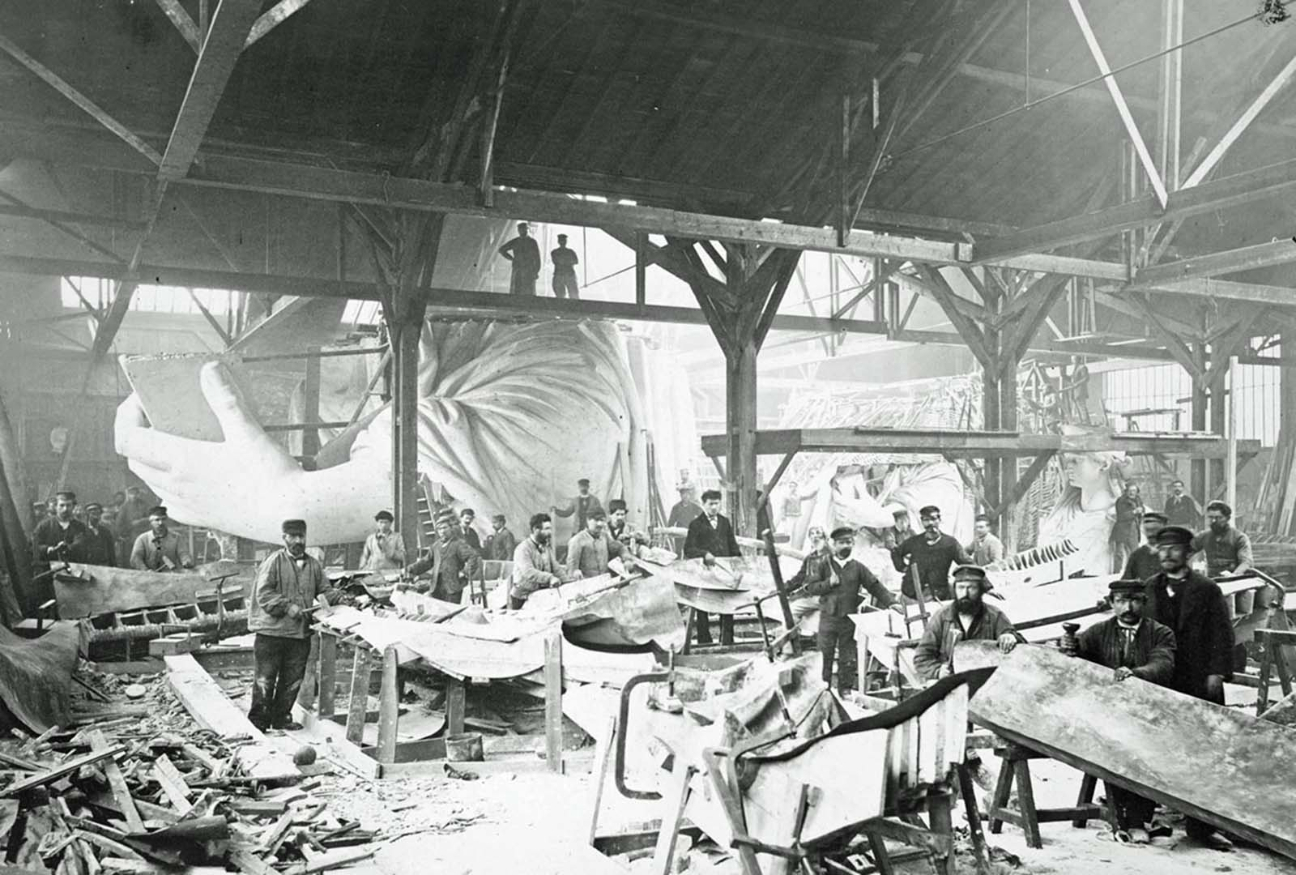
Workers in a workshop forging the copper for the construction of the Statue of Liberty in 1883.
- Americans didn’t hurry Bartholdi up.
Sculptor even recalled in his memoirs that he had a feeling like ‘Americans didn’t want the statue at all.’ All the Pulitzer demanded there were some pictures from the construction site of the Statue of Liberty. A pure investor’s approach. Bartholdi could complete it much faster than 15 years, but he couldn’t because of fears that his work won’t be accepted. At some point, there were talkies about setting Philadelphia as a statue’s home, because Pulitzer couldn’t get a decent land in New York.
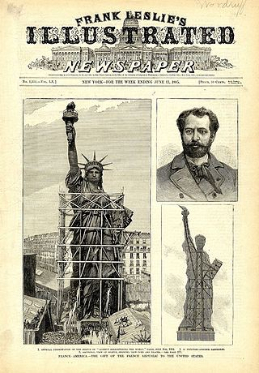
Frank Leslie’s Illustrated Newspaper for June 1885, showing the Statue of Liberty in Paris — plus her iron backbone
- Philadelphia could become a Statue’s home.
The first piece of the Statue of Liberty that reached the American land was its torch. It was a part of the world’s fair in Fairmount Park in 1876, Philadelphia; families paid admission walk inside the torch, take ‘almost a bird-eye view,’ as an advertising poster said. Visitors could buy Statue of Liberty pictures as souvenirs too. The torch had a vast visitors’ success, and Bartholdi raised enough funds to complete the head (Yep, another fact in the for not-so-free-French-gift history). Sculptor enjoyed the attractiveness of his project so much that he even considered giving it to the people of Philadelphia instead of New York. Pulitzer’s money convinced him back then.
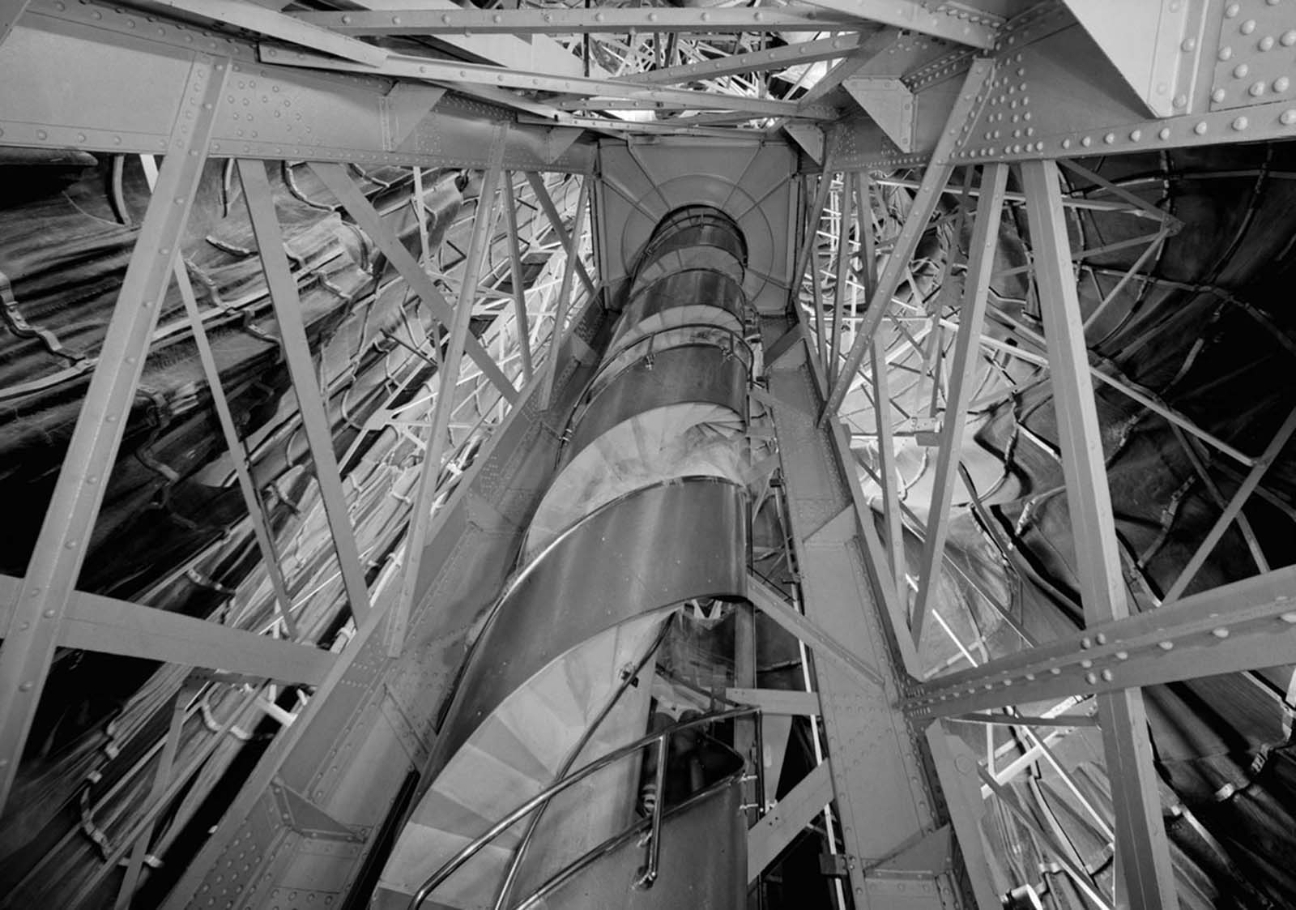
A view looking up a spiral staircase in the statue’s interior.
- The Statue of Liberty could go to Boston too.
The Liberty Statue project became well-known and quite popular in the US at the beginning of the 1880s. While Bartholdi was orchestrating the construction process in Paris, the Boston city council made its bid to invest in the project and change its location. The mayor of New York steamed and addressed an emotional message to the new yorkers in the article with a Statue of Liberty pictures in New York Post. It triggered a new wave of fundraising, and the Statue’s final destination became unquestionable.
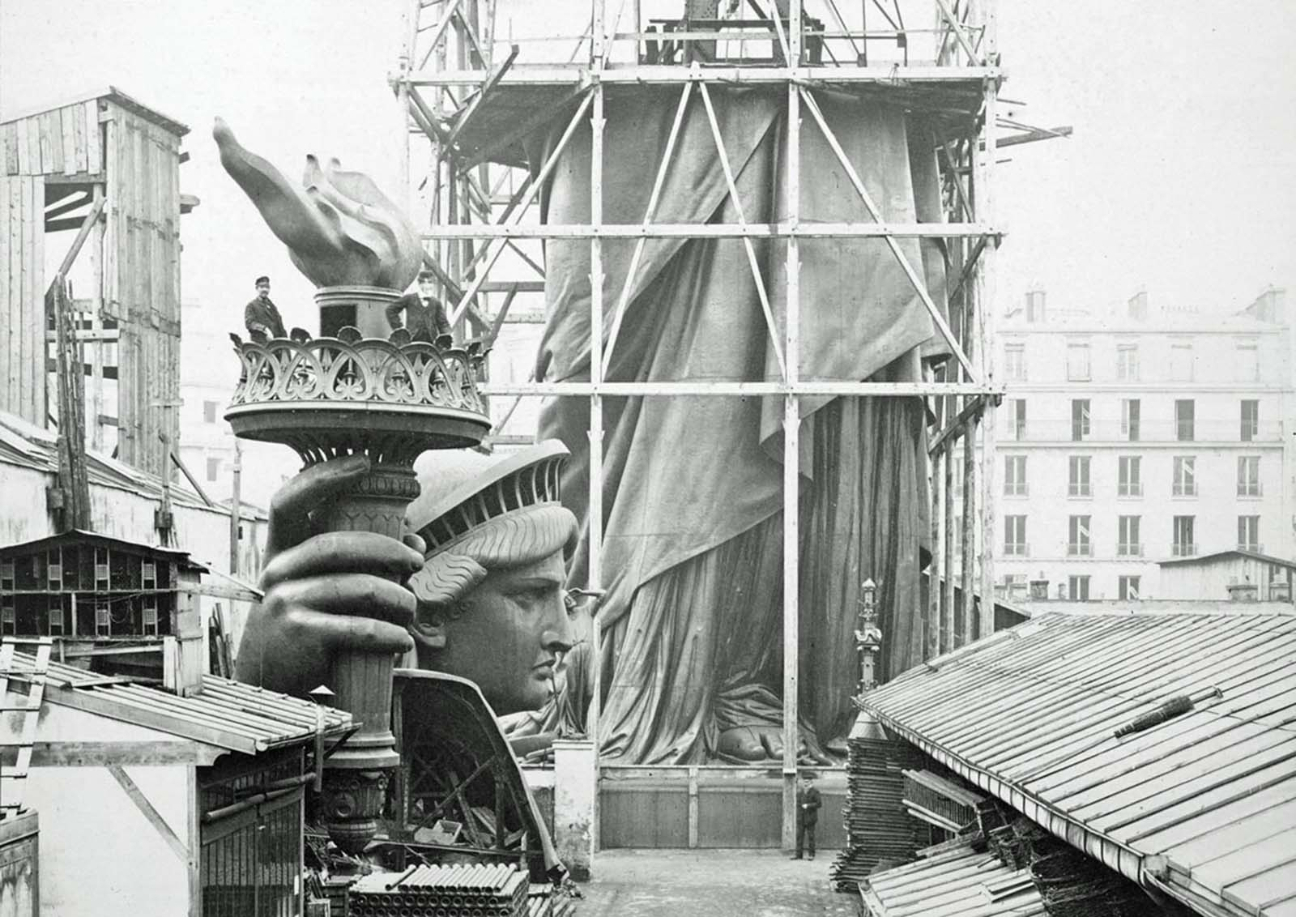
Statue of Liberty in Paris, the bottom half of the statue under scaffolding, with the head and torch at its feet, photographed in 1883.
- New York City’s Central Park and Prospect Park were both considered as locations.
Bartholdi thought that Statue of Liberty could become a part of Brooklyn’s Prospect Park or Central Park. The land in the area was expensive even in the 19th century, and the sculptor couldn’t even hope that the government will dedicate a whole island to it. The well-known Dakota apartment building could not look so magnificent when neighboring such a massive construction.
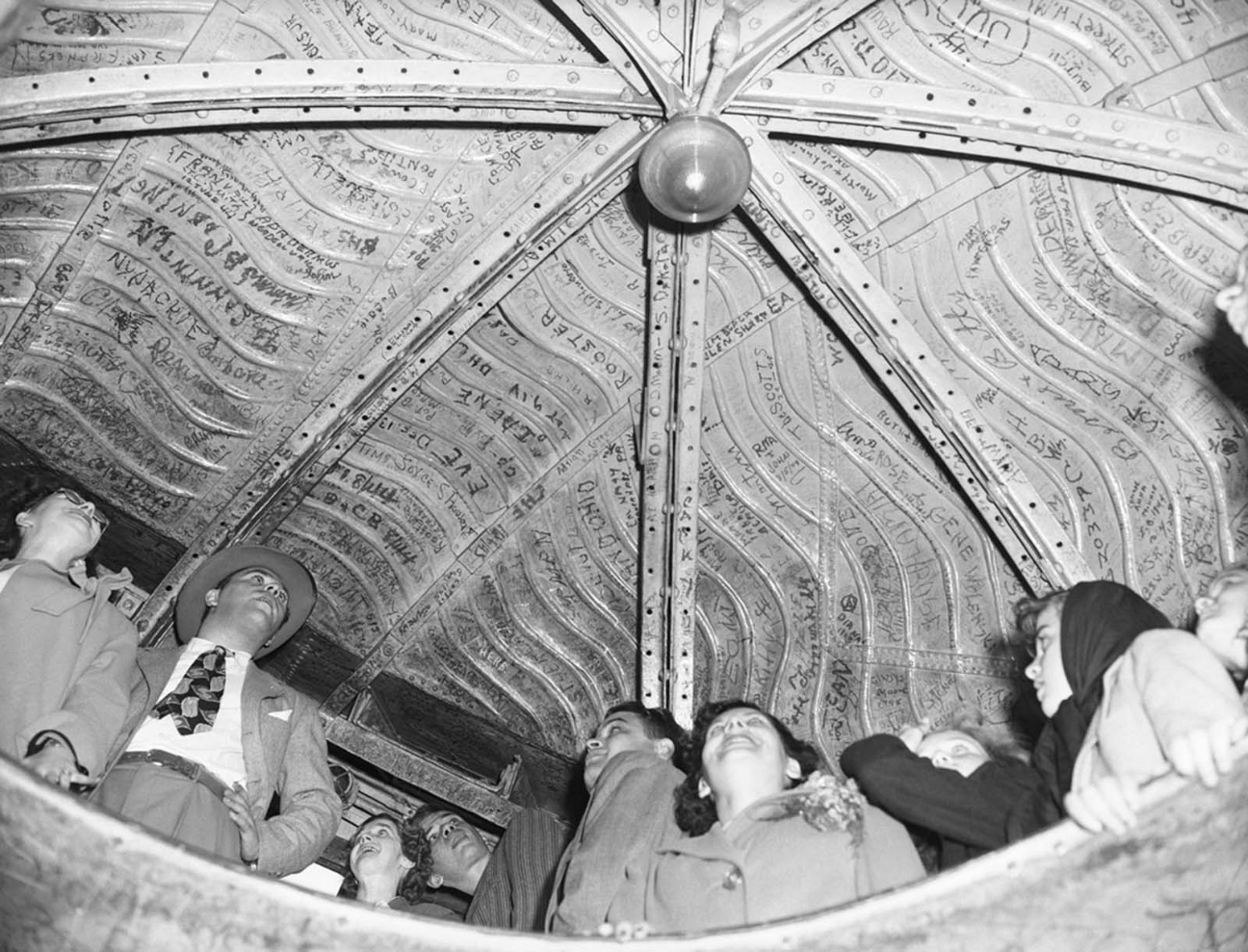
Many visitors of Statue of Liberty use lipstick to write their names or initials.
- Statue of Liberty could really become a lighthouse.
President Ulysses Grant agreed to the use of Bedloe Island for the Statue when he saw in a Statue of Liberty pictures its lighthouse design. He even guaranteed some federal fundings if it will help the ships’ navigation. However, the designers couldn’t install enough light to serve that goal, and Bartholdi was frustrated with that fact. Sailors also stressed the fact that Bedloe Island’s location is a poor choice for an actual lighthouse, as it is hardly seen from the sea.

Preparing the assemblage on Bedloe’s Island.
- Statue of Liberty could take a golden look.
Bartholdi wanted his creation to shine even in the dark. He recommended the city council to spend some taxpayers’ bucks to gild her. After all, this idea seemed both ridiculous and costly and was declined.
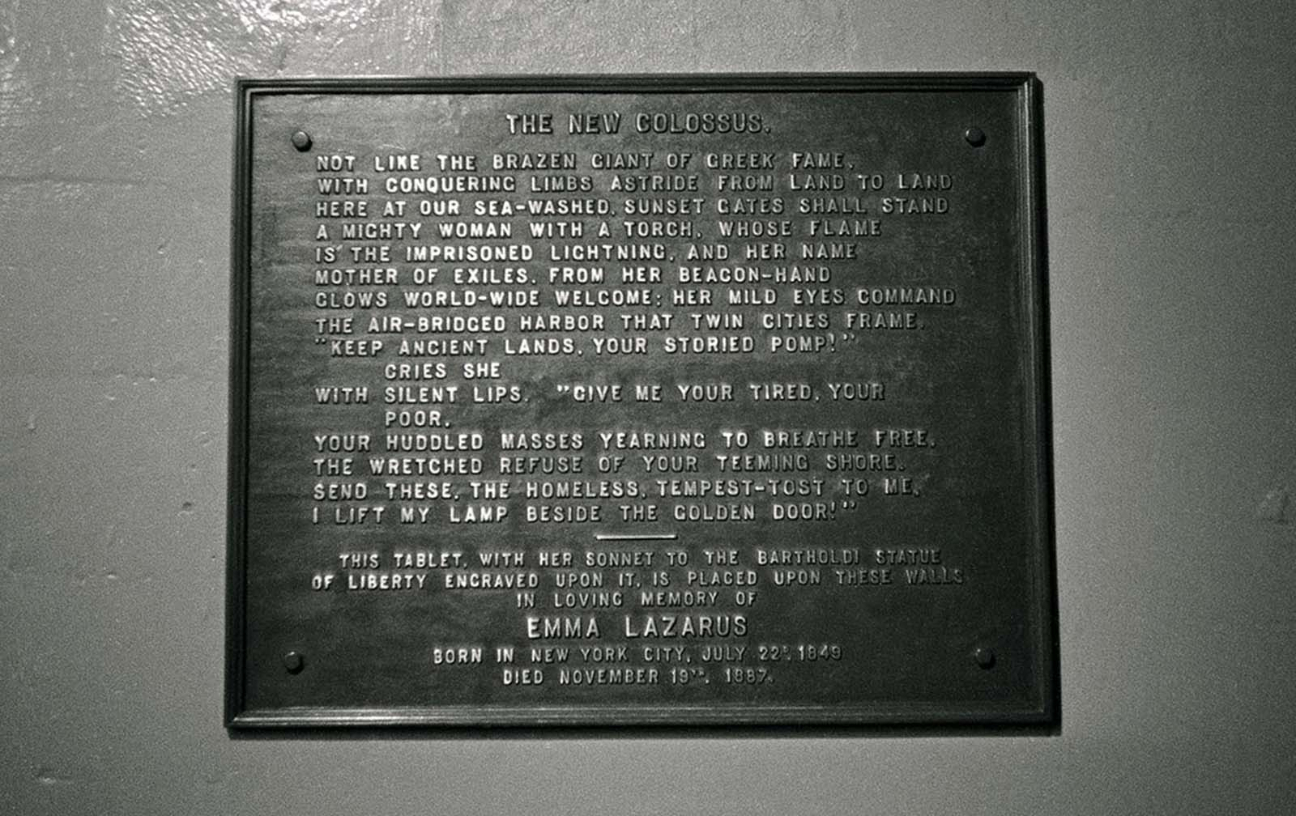
The text of the poem entitled “The New Colossus,” by Emma Lazarus, mounted on the base of the Statue of Liberty.
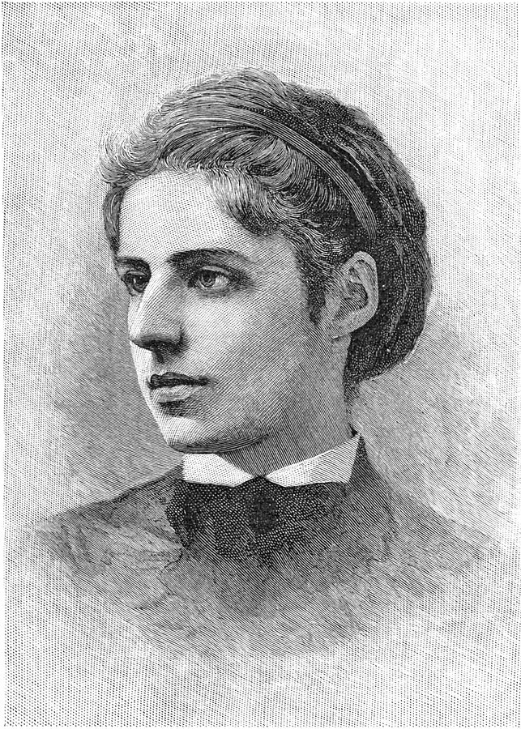
American Poet Emma Lazarus
- Thomas Edison could make statue talk.
Inventor delt with sound a lot, and even represented his phonograph to the public in 1878. Edison had a brilliant marketing idea that he shared with reporters. It was a “large vinyl disc” installation inside of the Statue of Liberty that play records of speeches so laud that even Manhattaners will hear them. Fortunately, the city council simply ignored the inventor’s ideas and switched from sound experiments to electricity researches.
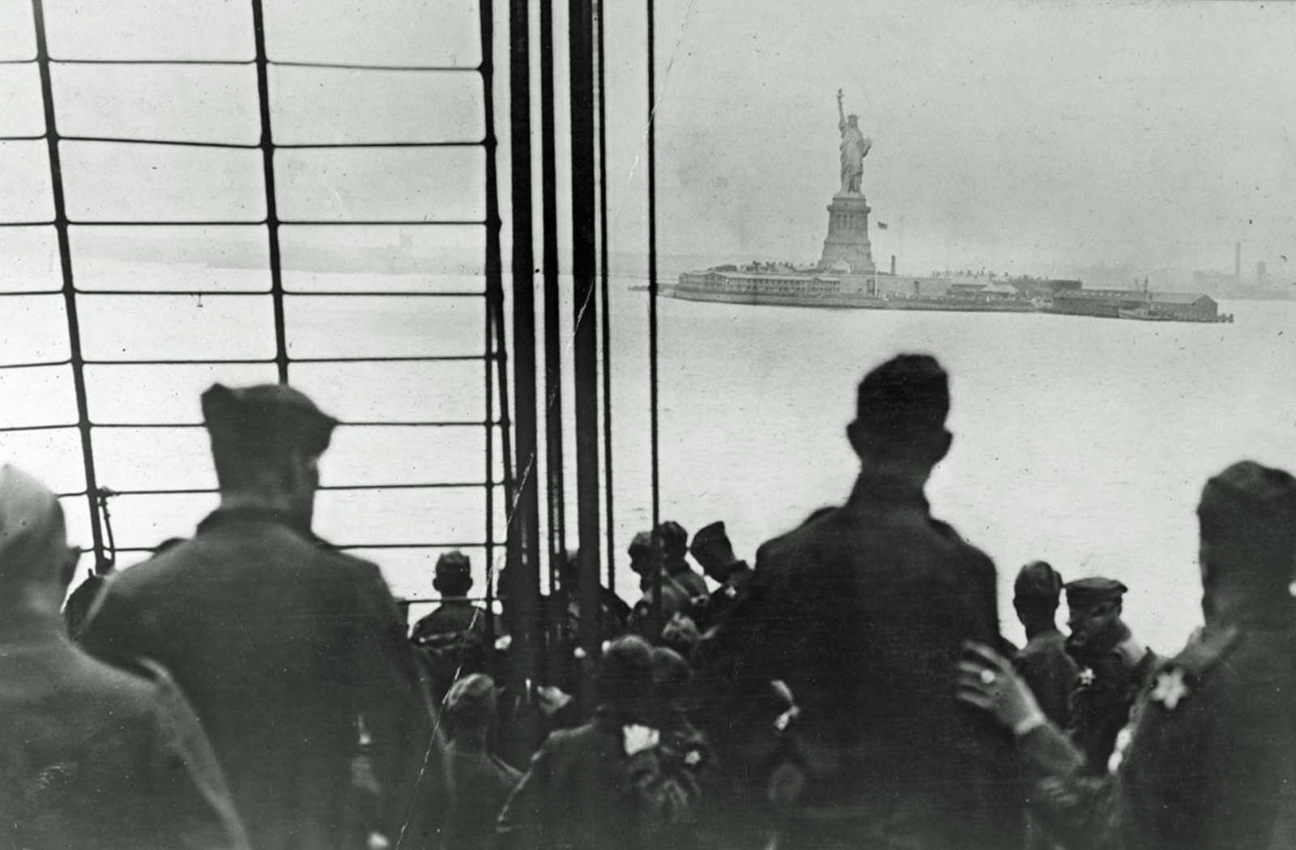
Soldiers returning from the WW1, 1919.
- Suffragettes didn’t like the unveiling of the Statue.
The irony of the situation was that a woman statue symbolized freedom in a country where women couldn’t vote. Suffragettes rented a ship to tour around the island during the statue opening. They raised the protest slogans, but no one paid any attention to their event. Statue will stay an attraction point for many civil rights movements in the future.
Some more pictures of the assembling of Statue here.
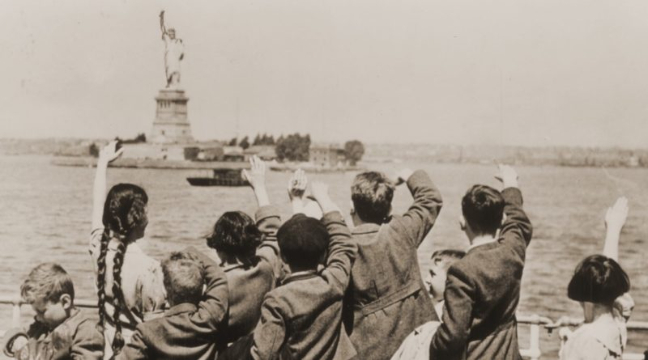
Kids greeting the Lady Liberty
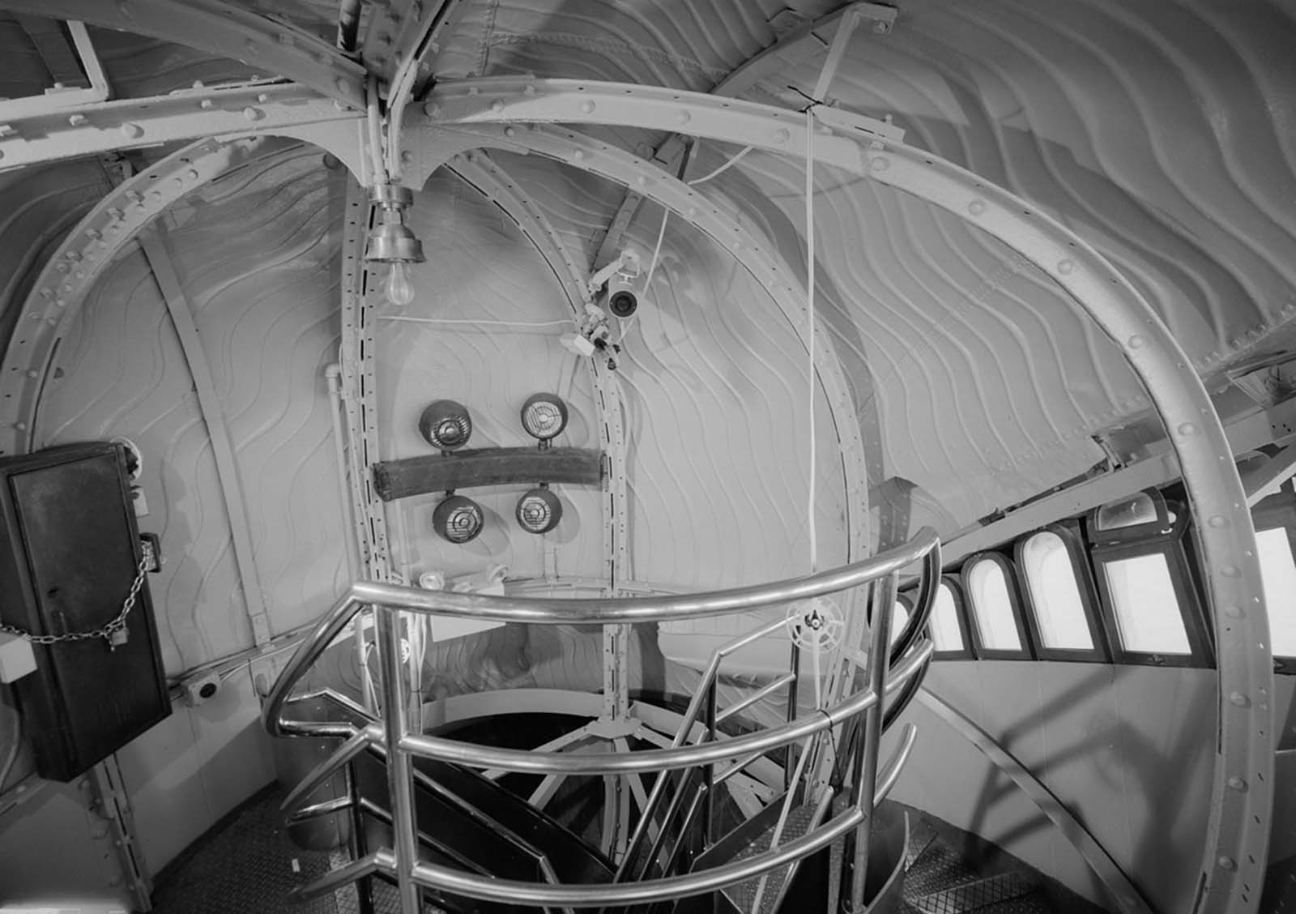
The Interior of the head and crown, looking northwest
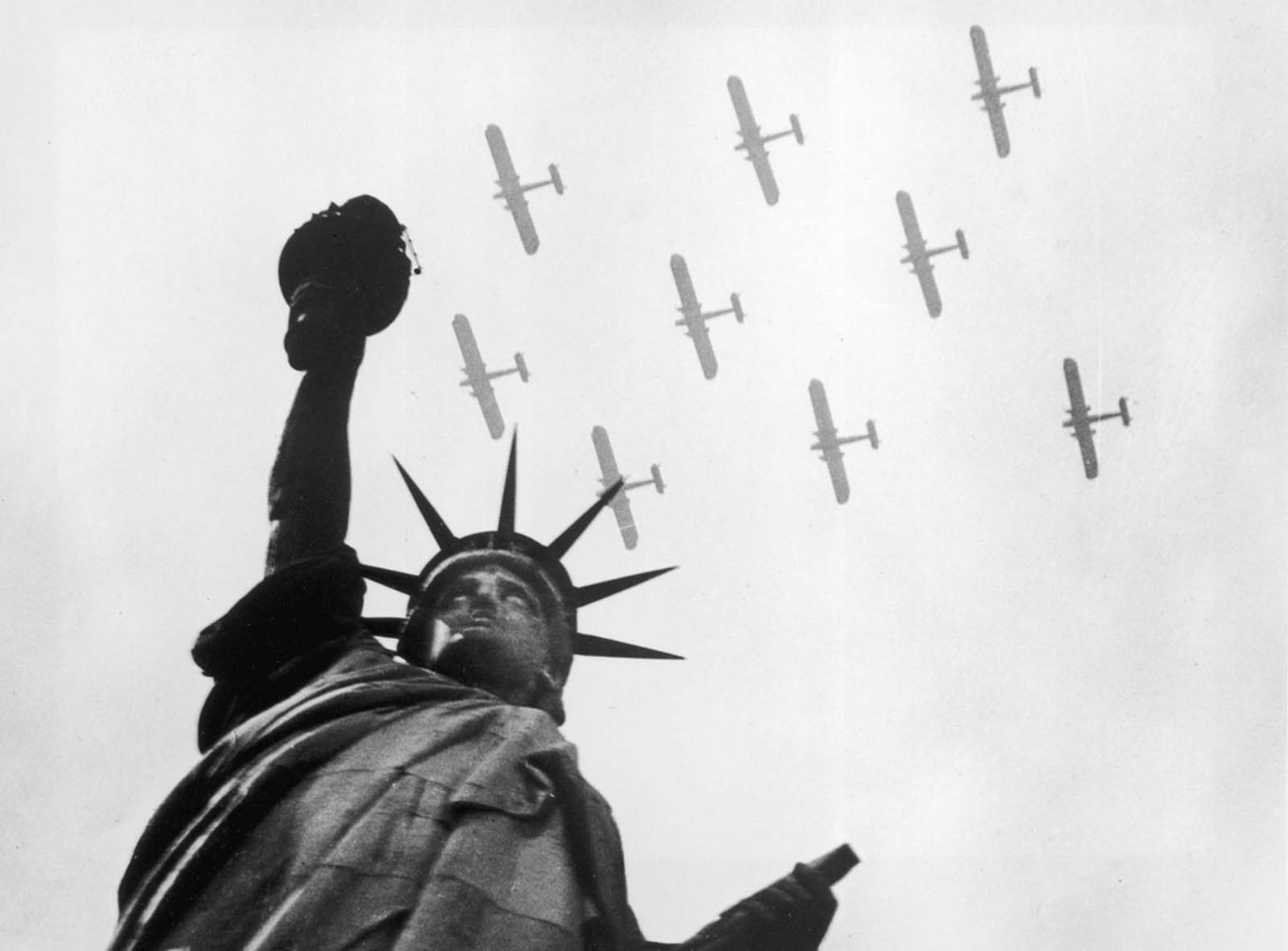
Fighters fly over the Statue of Liberty, circa 1935.
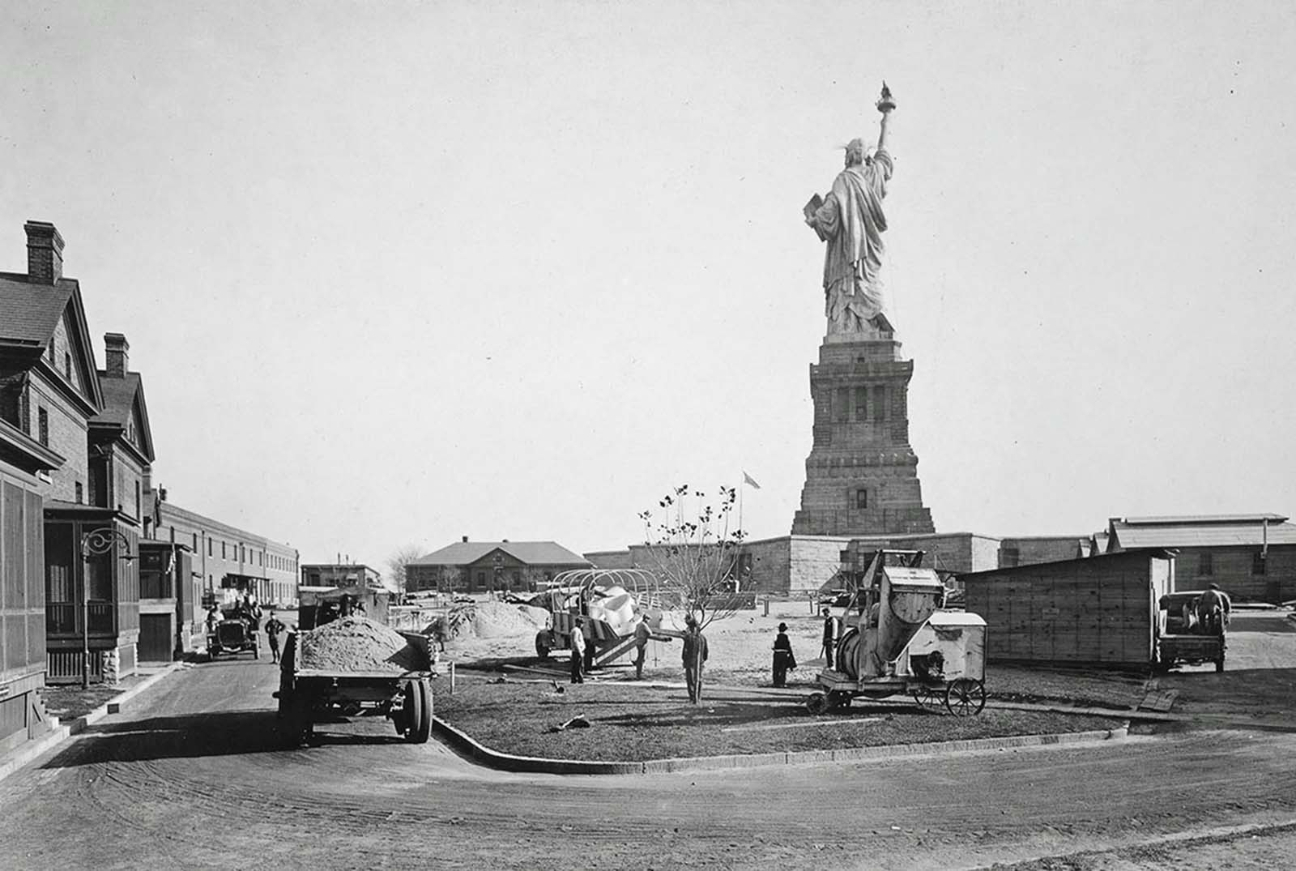
View from Fort Wood, military fortifications at the late 1880s
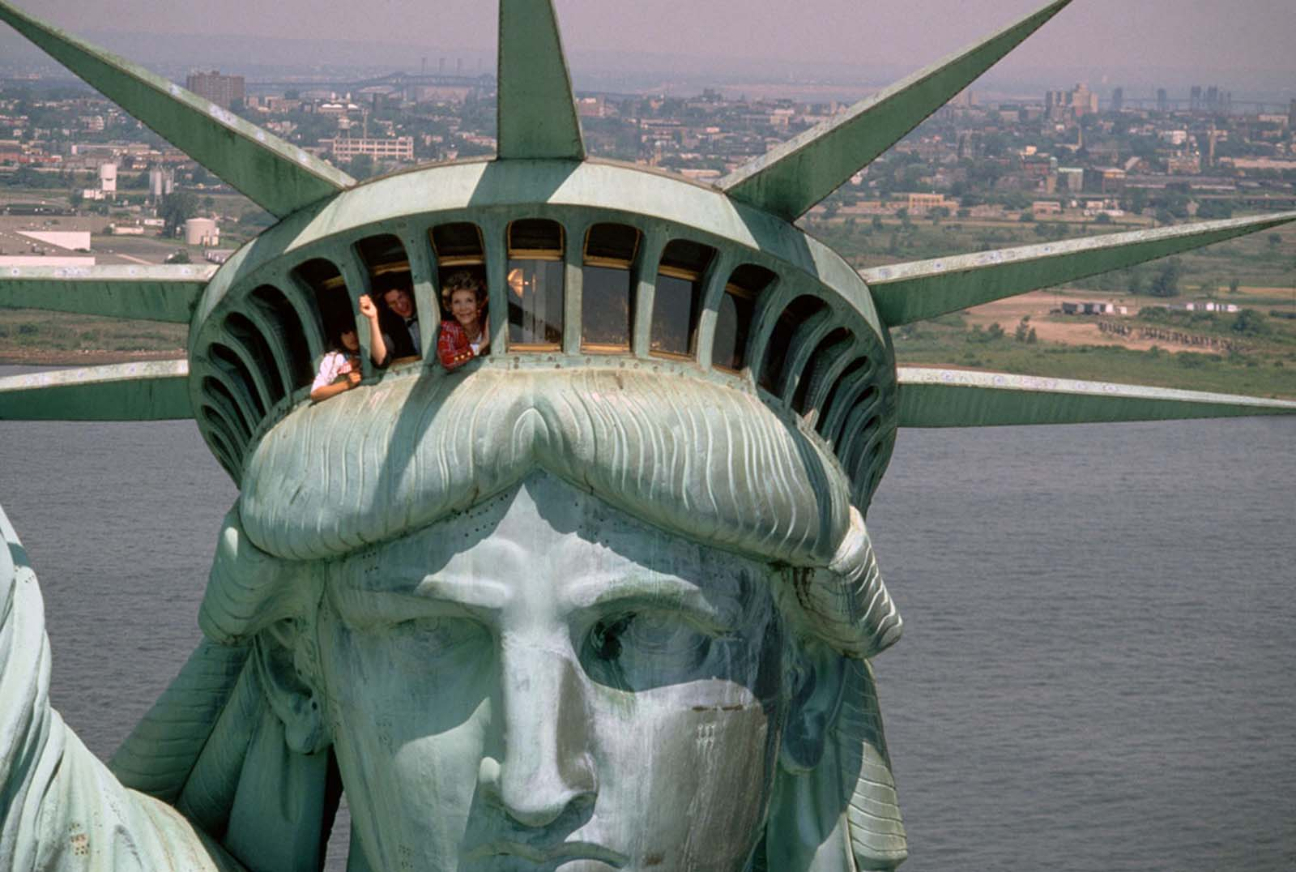
First Lady Nancy Reagan waves to photographers in a helicopter hovering near the Statue of Liberty on the day after the Statue of Liberty Centennial celebration, in July 1986.
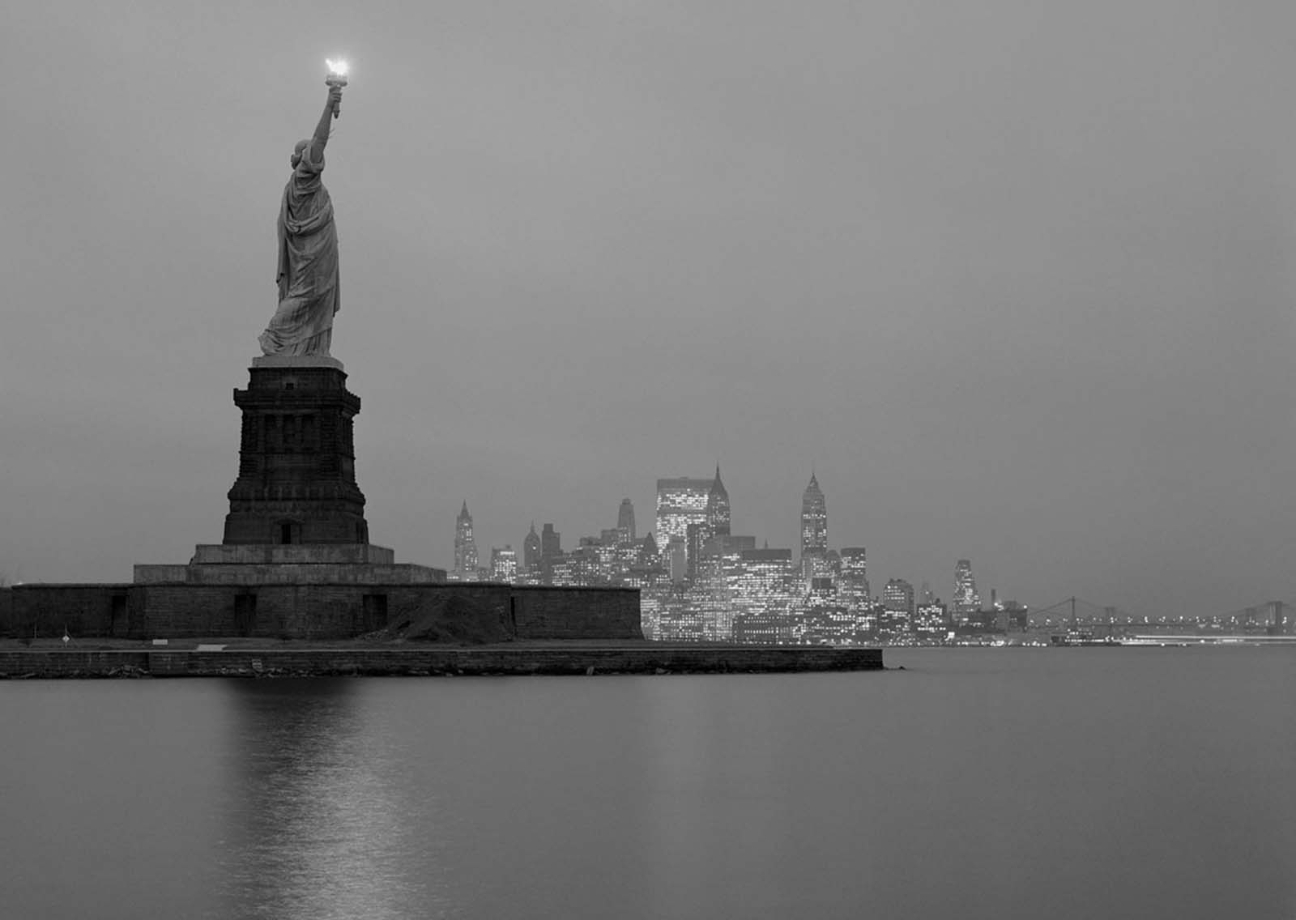

Lights were limited during the WW2

A view of the Statue of Liberty and Manhattan in the evening, photographed in 1961.
Сообщение Statue of Liberty: history in pictures and unknown facts появились сначала на Old Pictures.
]]>Сообщение The signalman baboon, South Africa, 1880s. появились сначала на Old Pictures.
]]>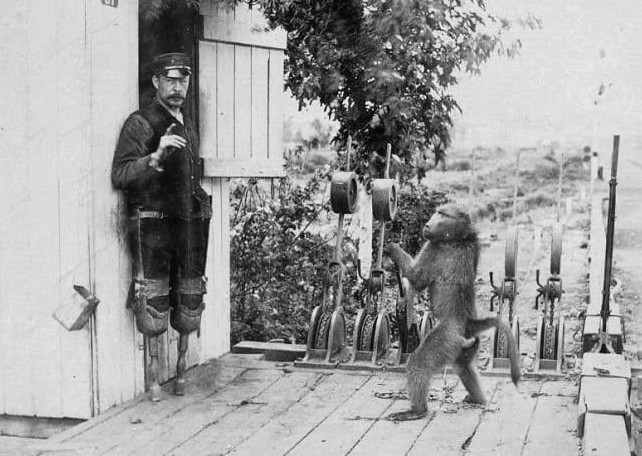
This signalman’s name was James Wilde, and he was worked at South Africa Railways in the late 1880s. He went under the nickname ‘Jumper’ because he had to jump between running trains to switch the levers and assure that locomotive appropriately directed. You won’t be surprised to know that James Wilde lost this competition one day, fell under the rain and lost his legs. To keep his job, he taught a baboon to work as a signalman to assist him with his work, switching the levers when needed, and even handing keys to the station’s warehouse to engineer when he was approaching the coal store.
We all know that baboon’s brains are almost equal to humans: they can count, have their language, they even play the violin. So there was no surprise that Jack (baboon’s name) learned that the number of whistles done by locomotives means a specific lever to be pulled. There were several extra commands that Jack learned to do, and they all were based on the hand gestures that James Wilde used. In addition to everything, this baboon required some brandy to do his job, so the numerous cargo trains and hundreds of passengers were in the hands of the drunken monkey for years!
Read more: The Molotov man: the Nicaragua photos of Susan Meiselas
But even this brilliant (as for baboon) career had to end one day, due to some aristocratic woman complain to the Railway administrator. As company owners didn’t have any idea that a disabled guy managed their major railway together with his drunken baboon, they launched an investigation, and both Jack and James Wilde were fired.
James bagged the railway bosses to check the skills of the baboon, and they agreed to examine it. Surprisingly, the monkey passed a test and received a valid job, where Jack was paid 20 cents per week, and half of the bottle of beer as a bonus. Overall Baboon was working as a signalman for 3 more years. James Wilde was staying near the baboon, giving him a helping hand when needed. This collaboration lasted for several more years until James died of tuberculosis.
Read more: Ernest Hemingway and His Cats
Сообщение The signalman baboon, South Africa, 1880s. появились сначала на Old Pictures.
]]>Сообщение The last spike photo of the Canadian Pacific Railway, November 7, 1885 появились сначала на Old Pictures.
]]>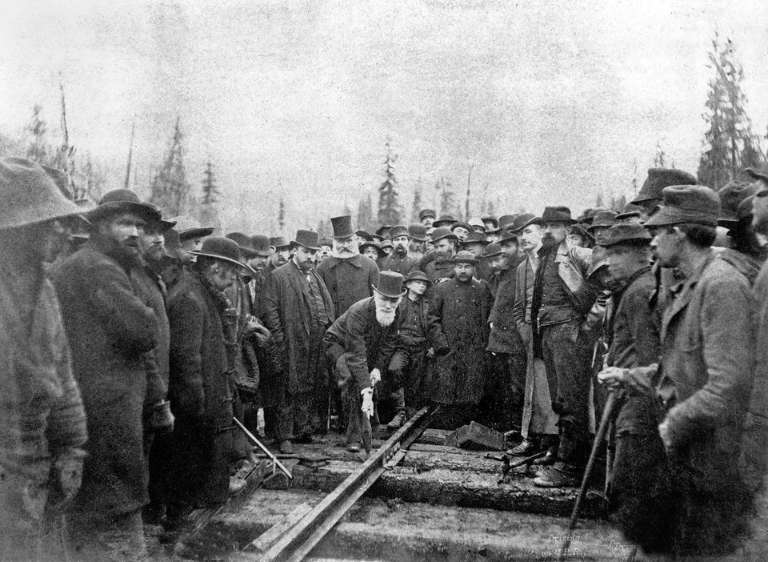
The historical picture of the Last Spike, Canadian Pacific Railway
In this photo, you can see a historical ceremony of the so-called last spike, pounded into the Canadian Pacific Railway. It was done by Donald Smith, an industrialist who was the leading investor behind the first railway that reached the Canadian Pacific shore.
This railway project passed through the long story of financial crises, workers strikes, and natural disasters. It had become a national symbol of unity of the people of Canada by the time the Canadian Pacific Railway was completed.
Engineers of CPR had decided to move its last western station from Port Moody to Granville, which was renamed “Vancouver” later that year. That was a bit of historical luck for this town, making it a perspective settlement of the Pacific shore. It took three months for the first official train to arrive in Vancouver on 23 May 1887. The CPR quickly became profitable, and all loans from the Federal government were repaid years ahead of time.
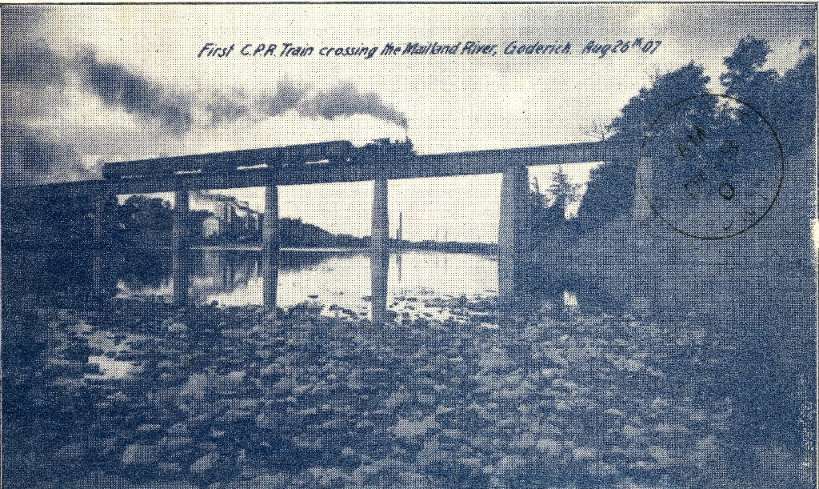
The first Canadian Pacific Railway train passes over the Maitland River, 1885
The historical meaning of Canadian Pacific Railway
This railway led to almost nowhere at the beginning, and many experts doubted the usefulness of the transportation arteria in the wilderness. But Donald Smith believed that colonization of the Canadian West had tremendous potential, and thus invested his funds and requested 25 million acres (100,000 km2) from the government in order to complete this project.
The CPR led to migration waves streaming to the West, stimulated by the railway office itself. Their agents were promoting an idea of settlement in central and western parts of Canada overseas, and particularly in Eastern Europe. The land was relatively cheap ($2.50 per acre) and immigrants were often sold a package that transportation to the final destination point. To transport immigrants, Canadian Pacific developed a fleet of over a thousand Colonist cars, low-budget sleeper cars designed to transport immigrant families from eastern Canadian seaports to the West.
Read more: Impressive railroad bridges of the 19th century.
Here are some rare and exciting historical photo of Canadian Pacific Railway
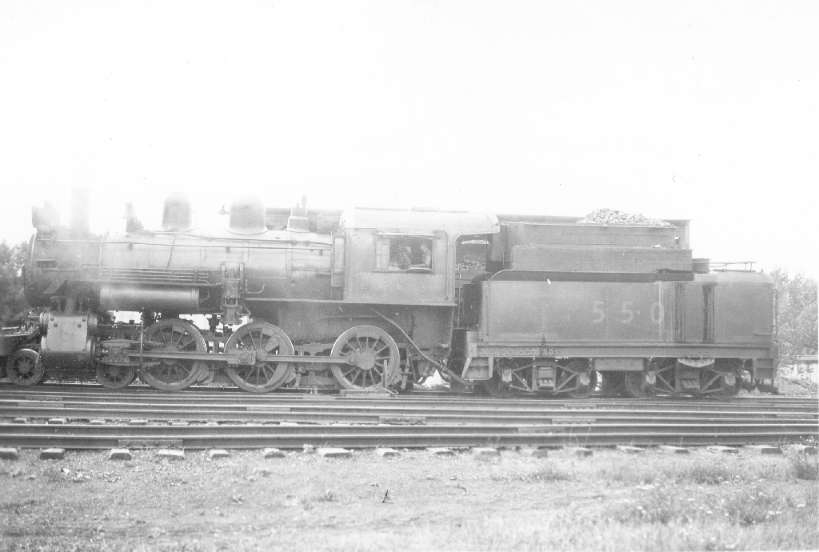
The first locomotives for the CPR were constructed in Germany.
Canadian Pacific Railway Co., Steam locomotive, 550, built-in 1904 by Saschische Maschinenbau A.G. (Saxon Locomotive Works), Chemnitz, Germany.
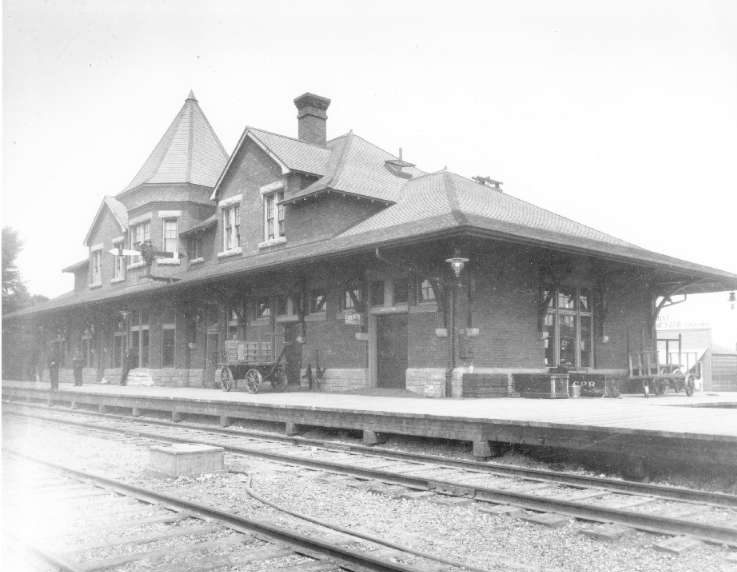
A typical train station of the Canadian Pacific Railway, 1894
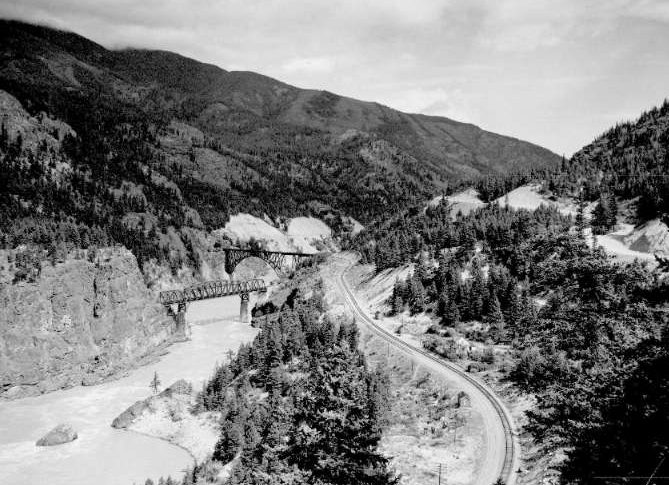
Train bridges of the Canadian Pacific Railway and Canadian National Railway
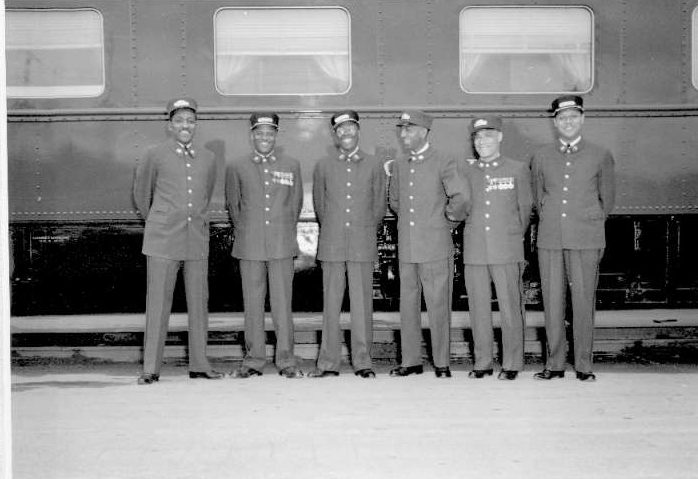
The porters’ crew of the Royal Train – one of the most popular in the Canadian Pacific Railway
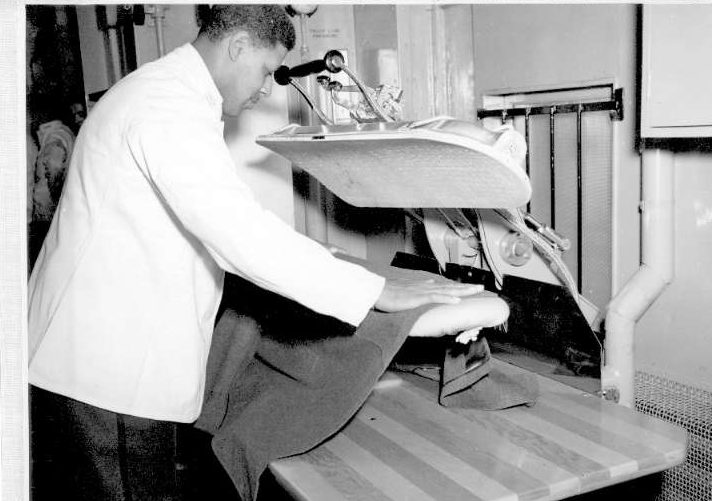
The cars in the Royal Train were equipped with many fancy things, including the cloth presser
Сообщение The last spike photo of the Canadian Pacific Railway, November 7, 1885 появились сначала на Old Pictures.
]]>